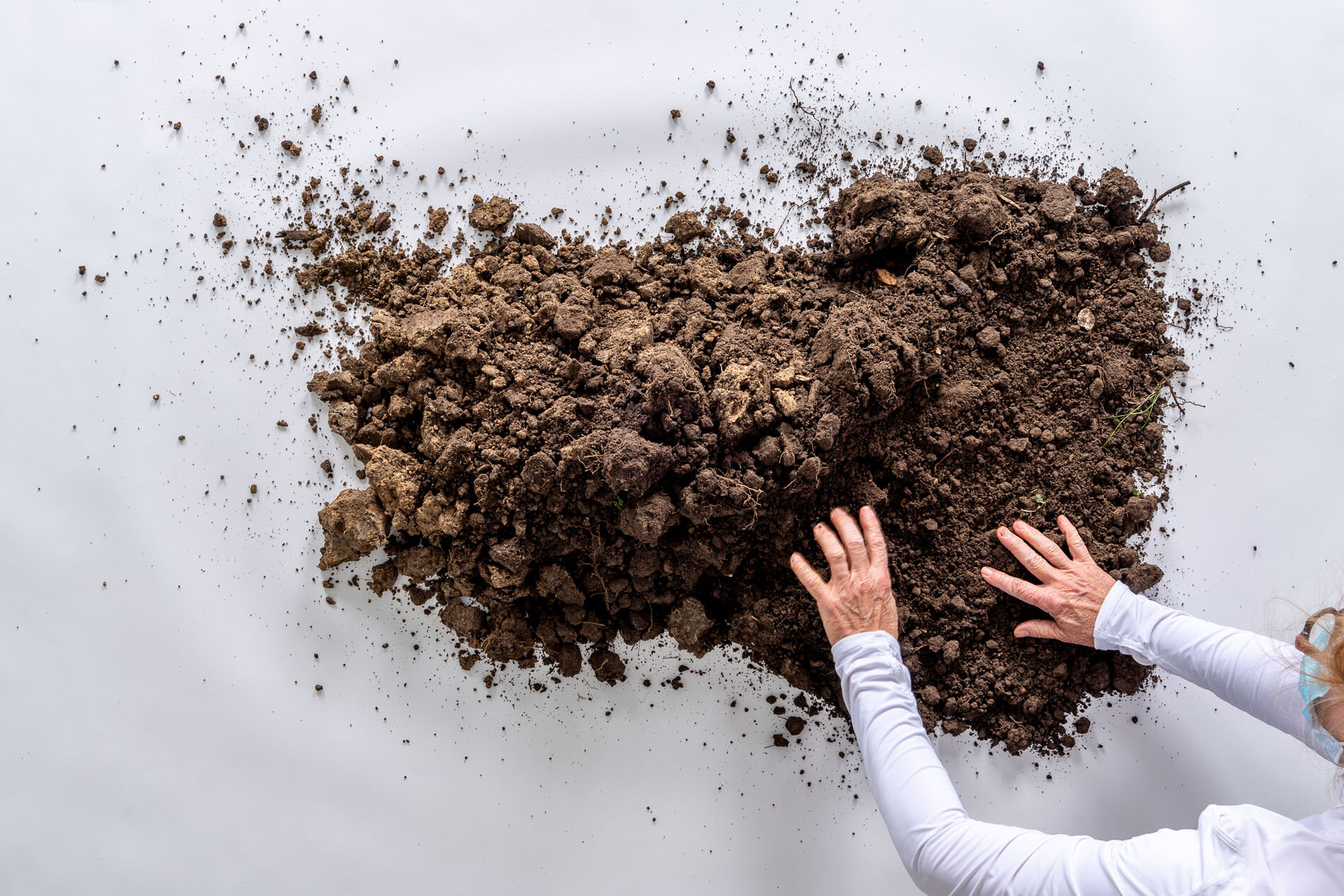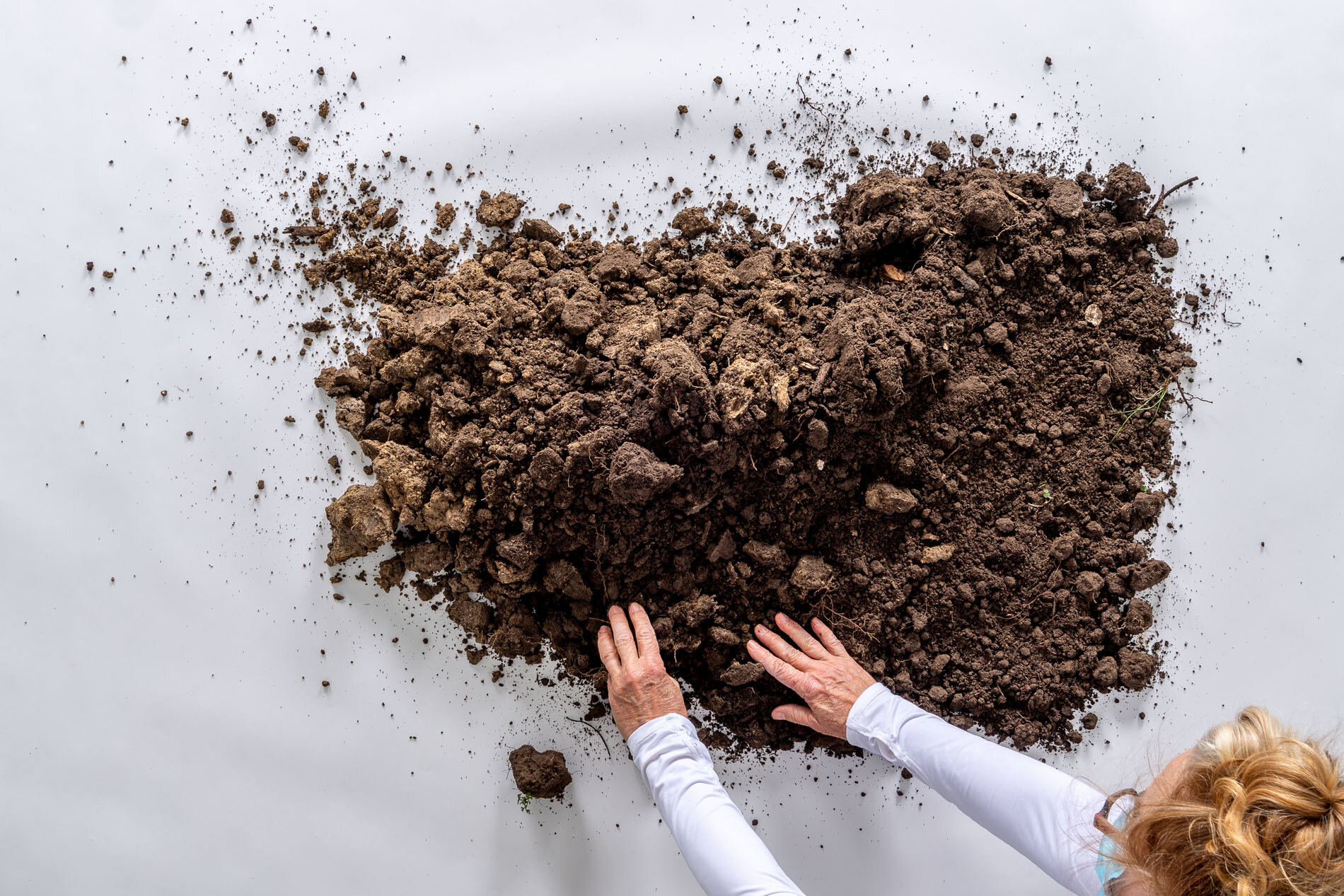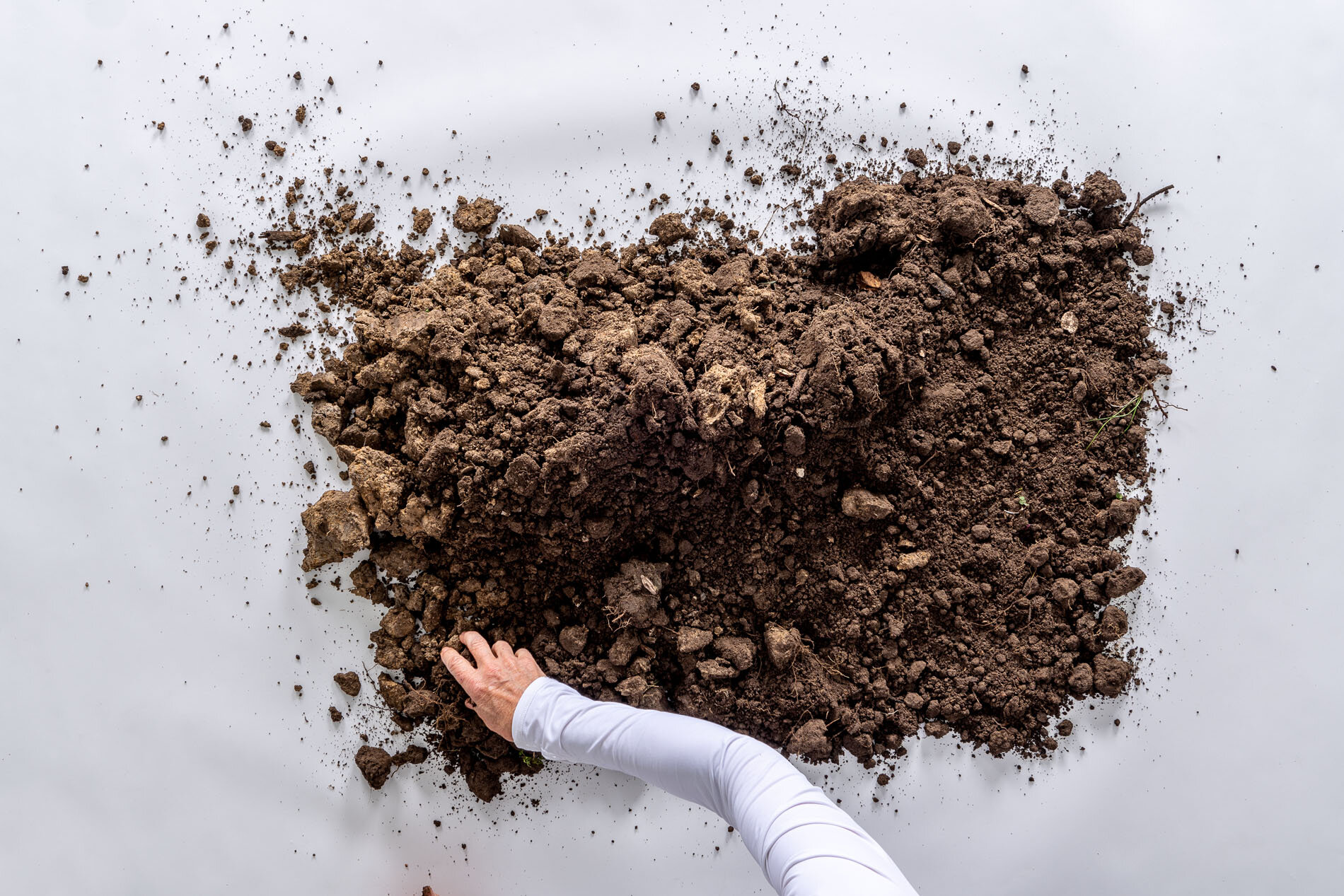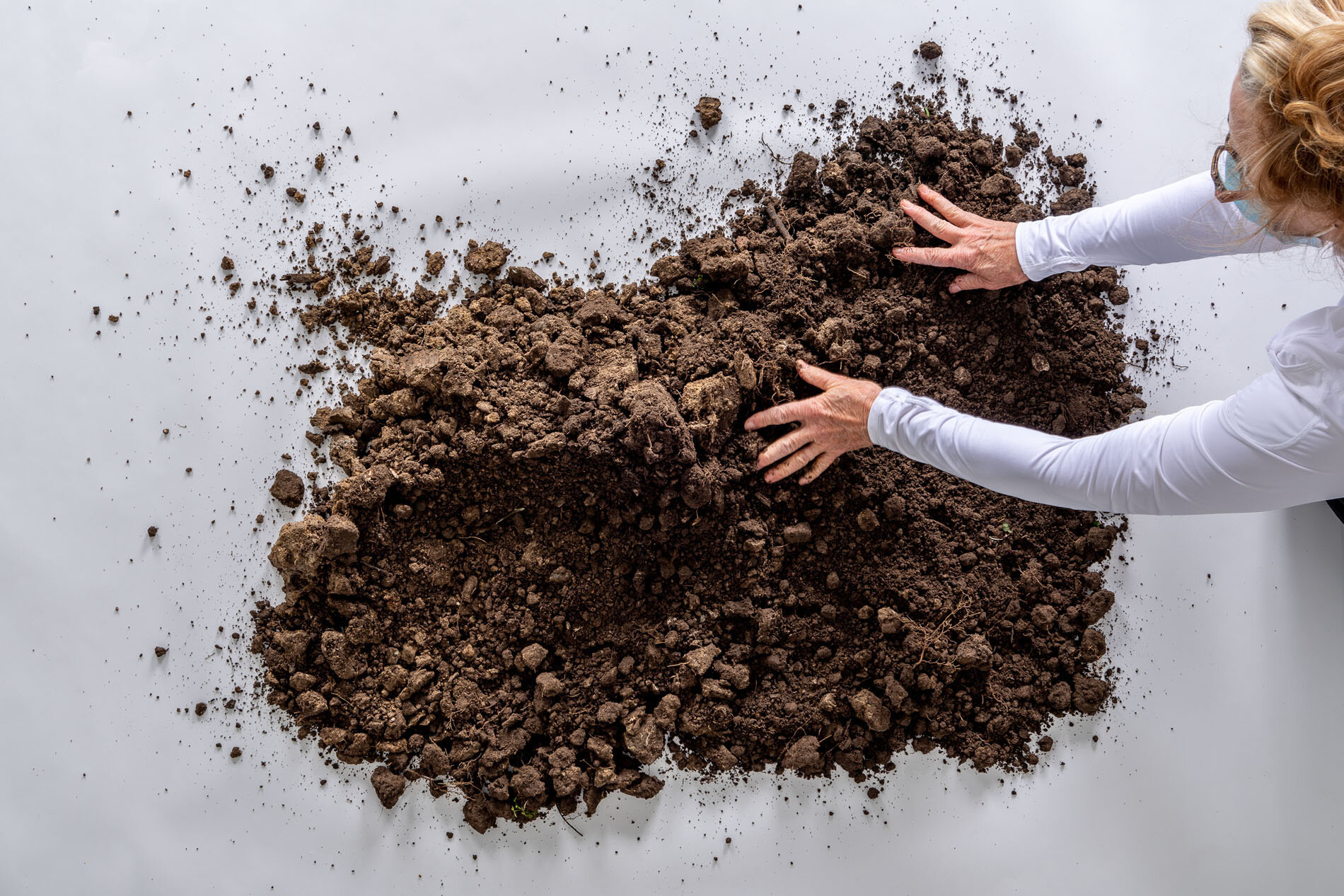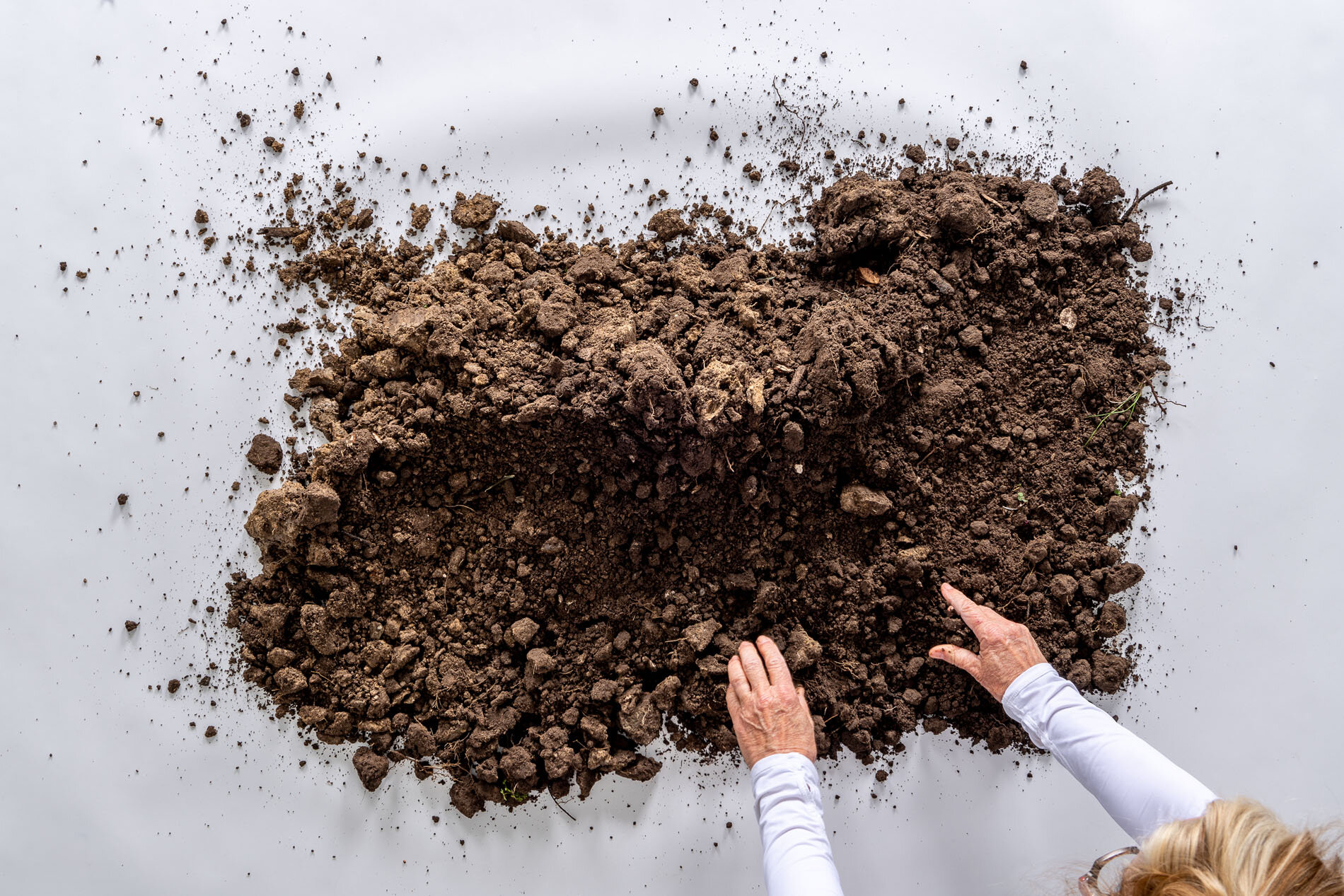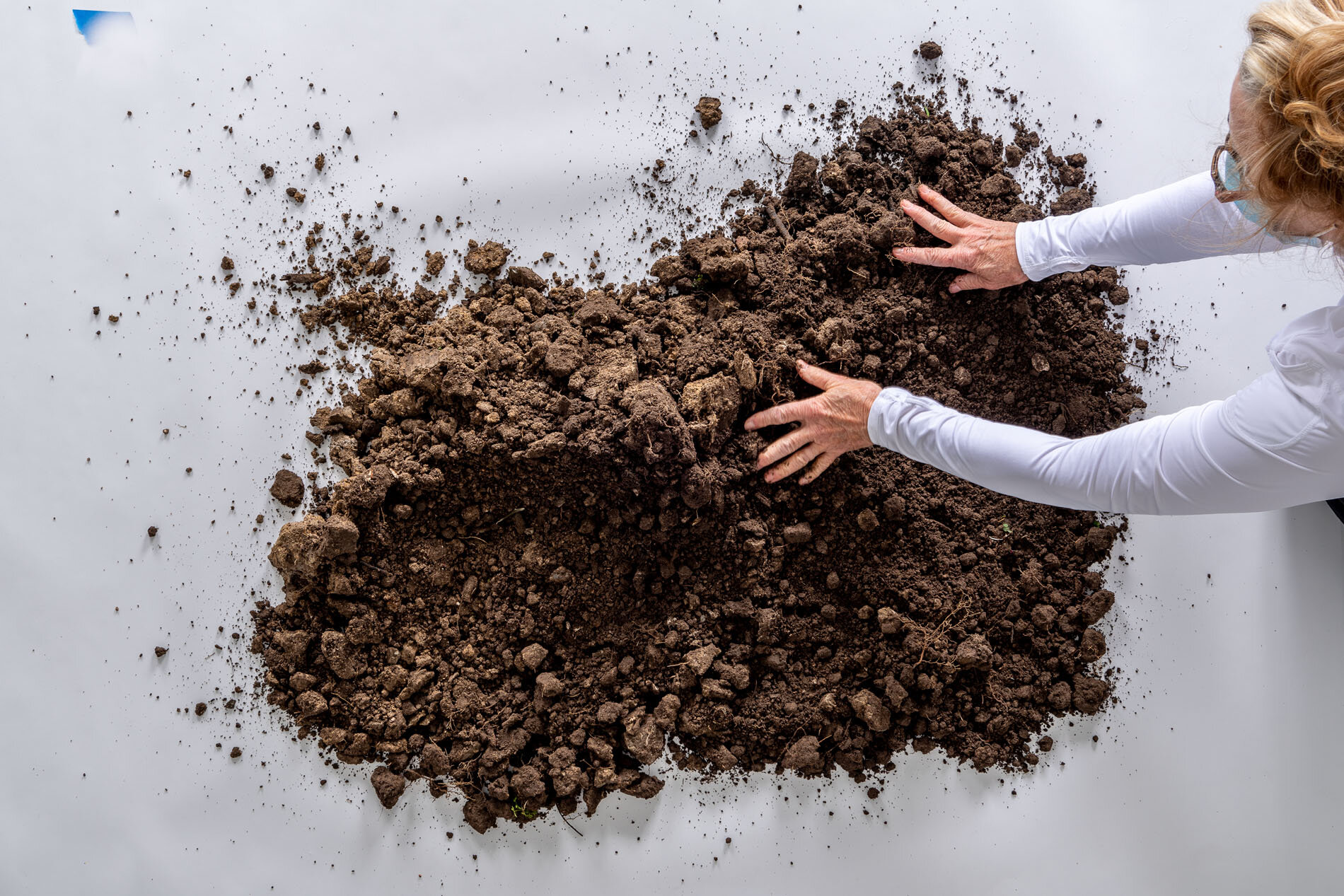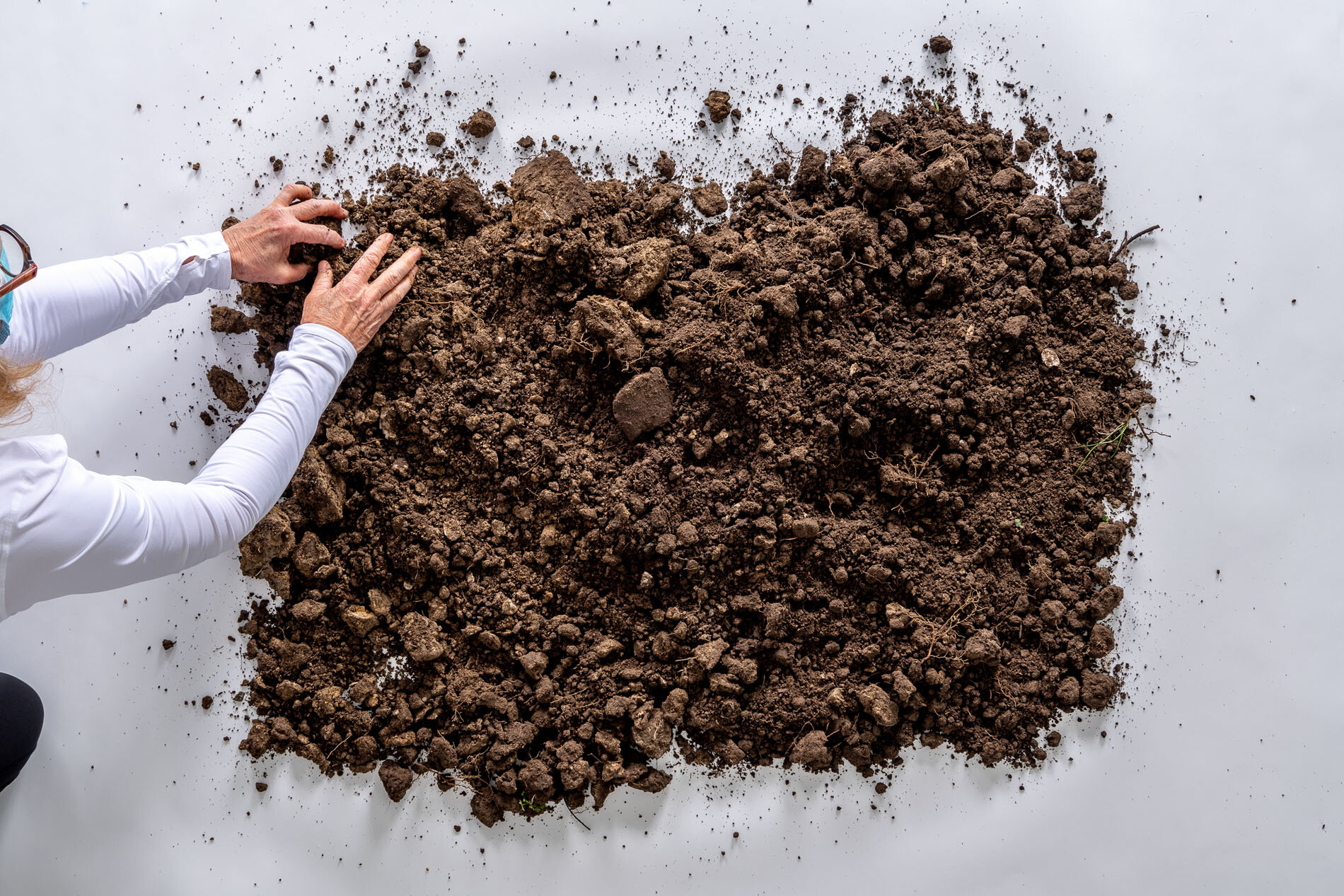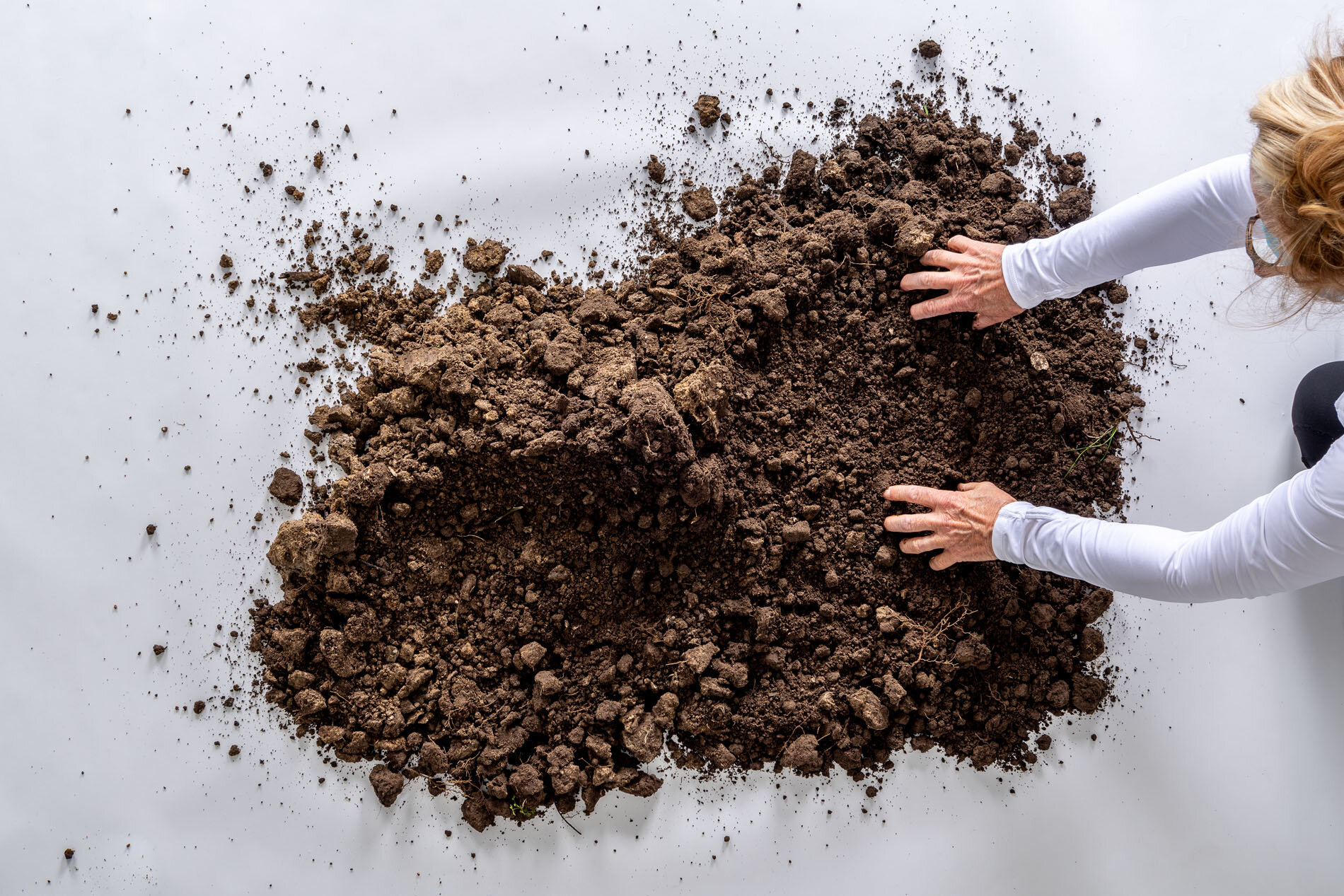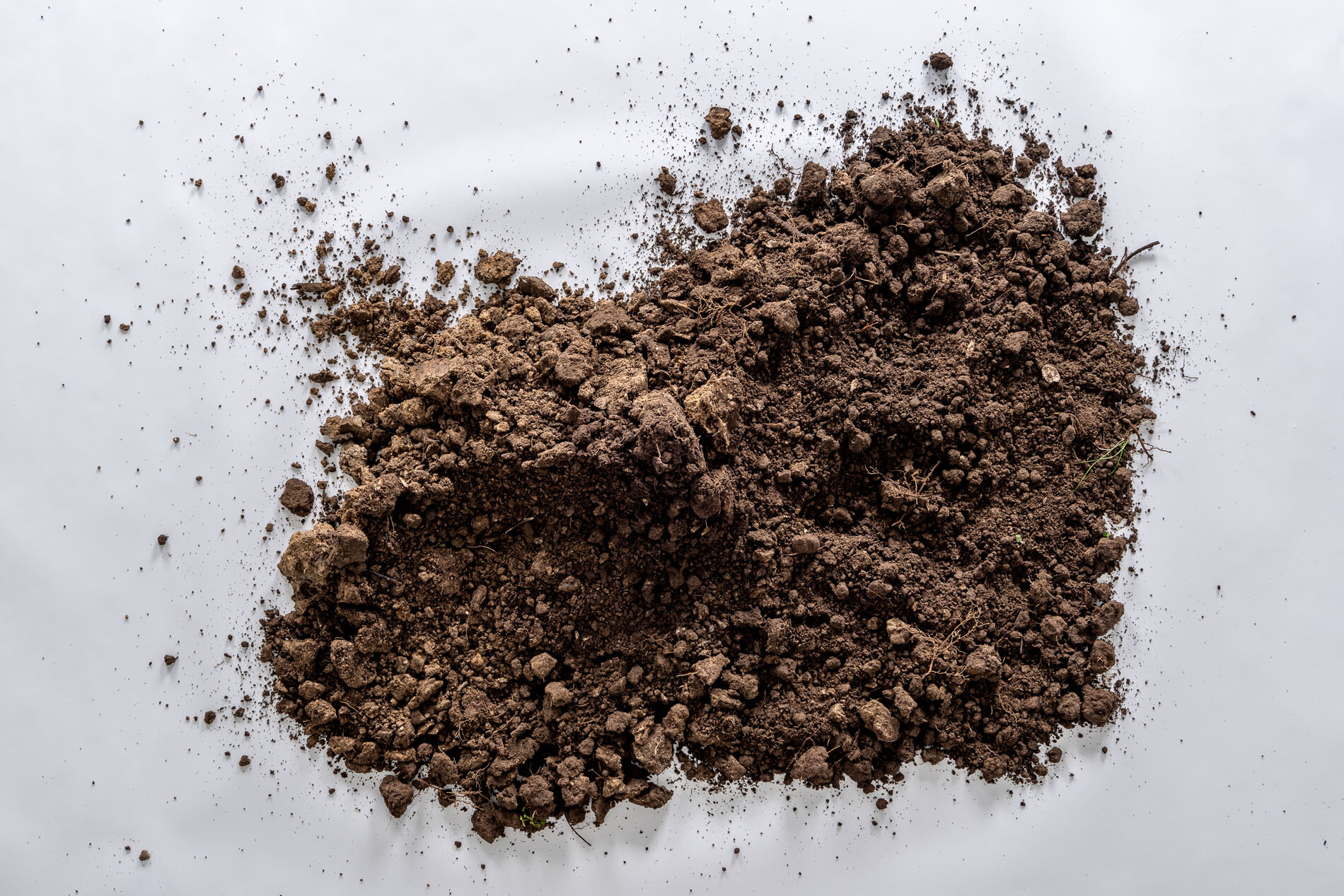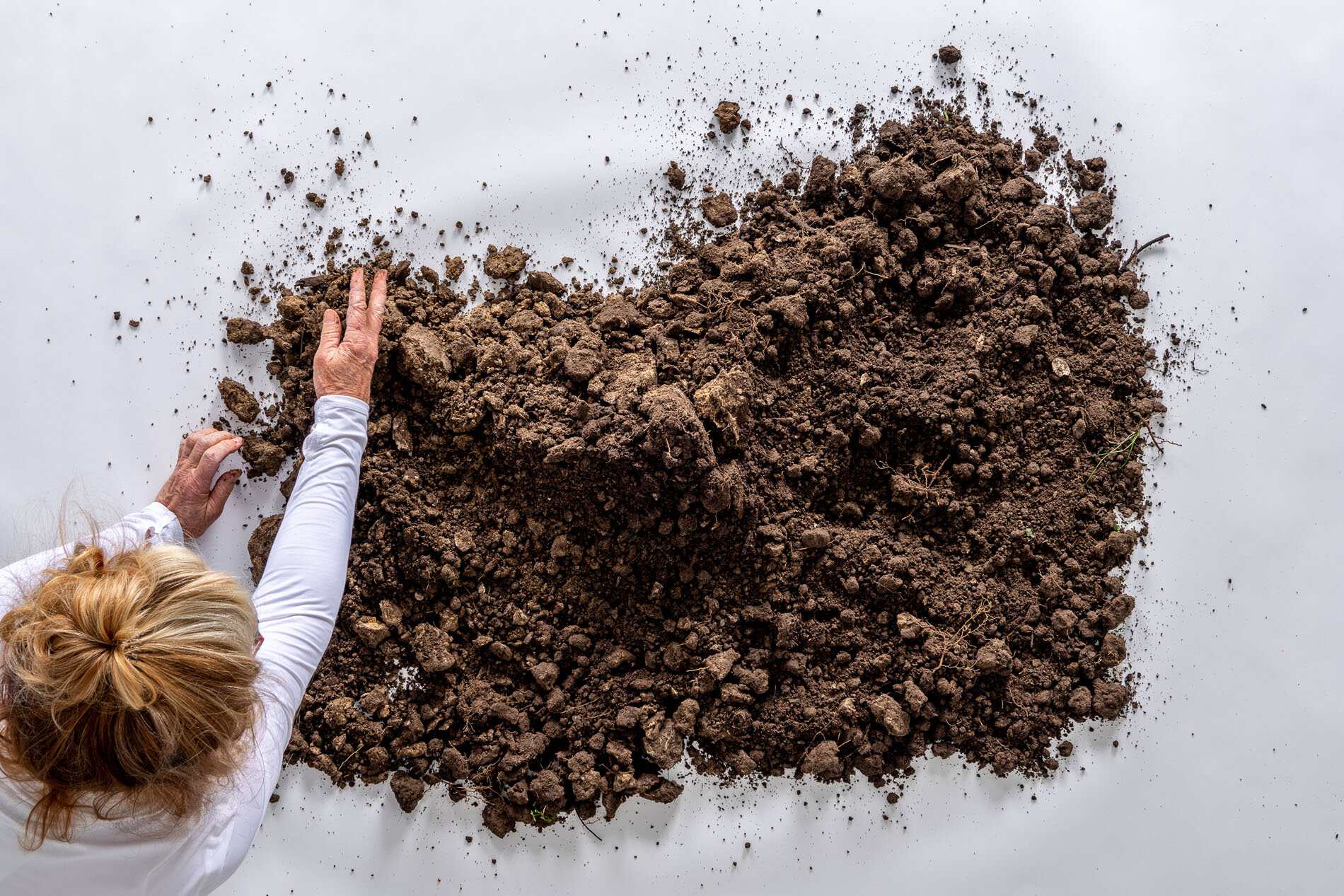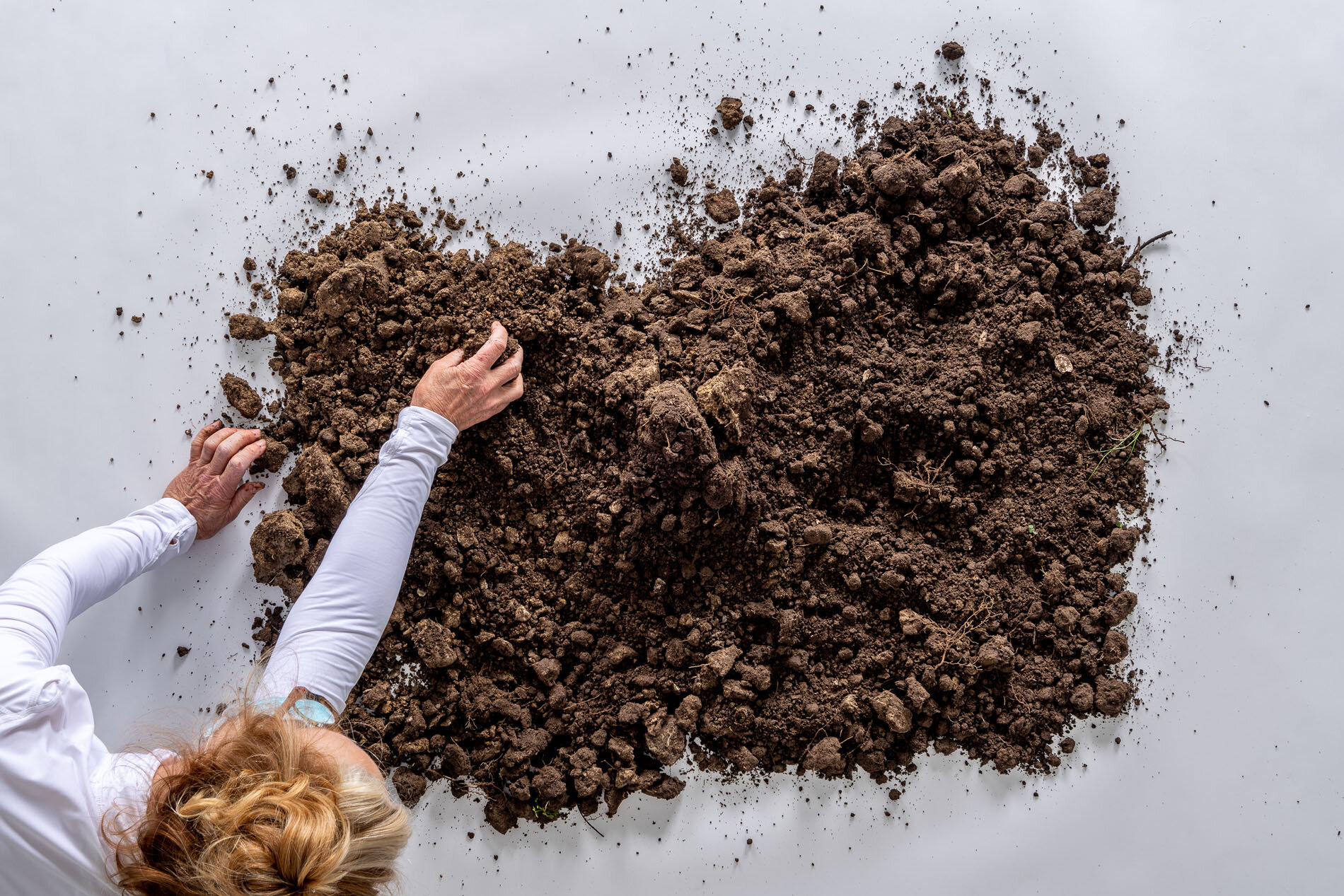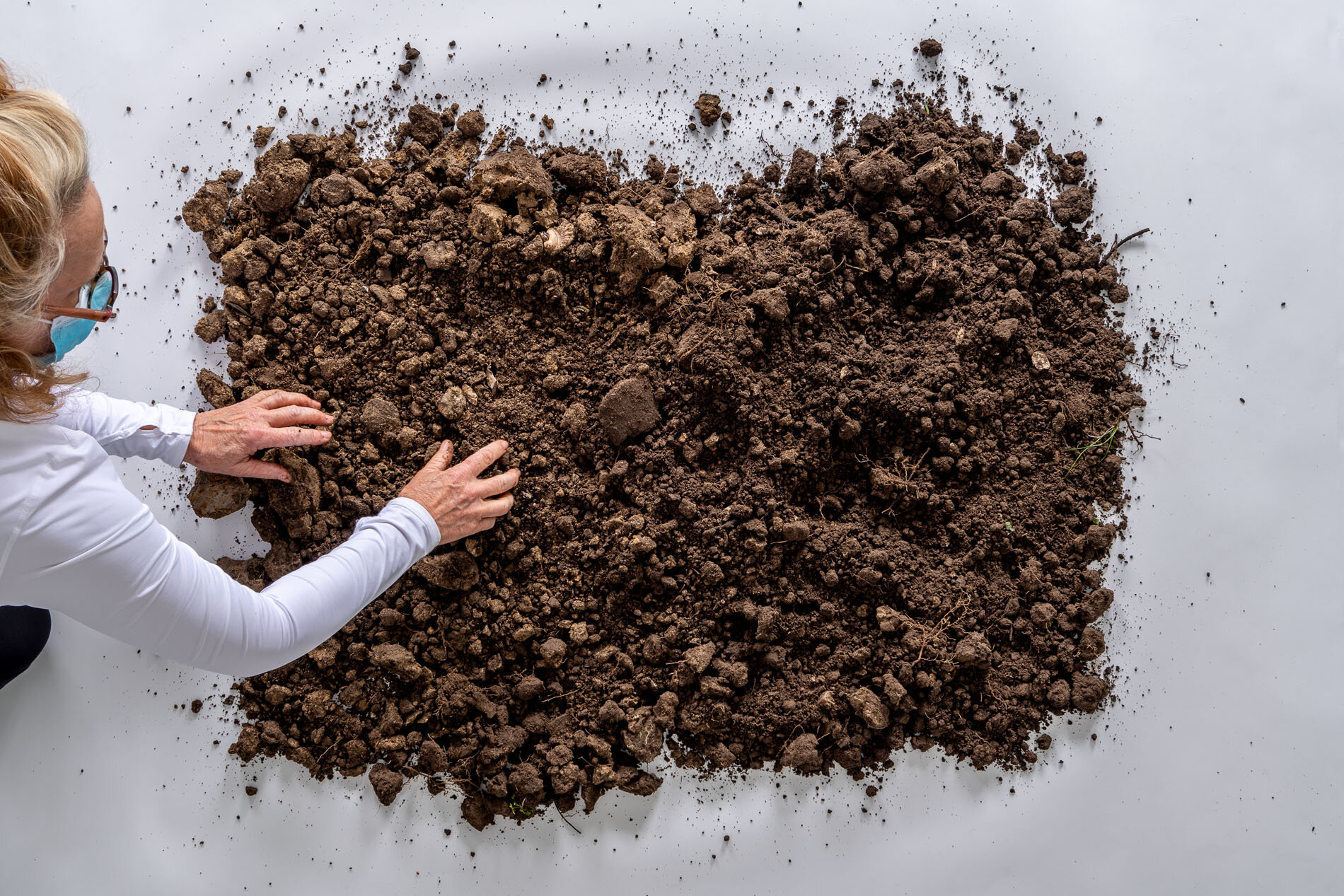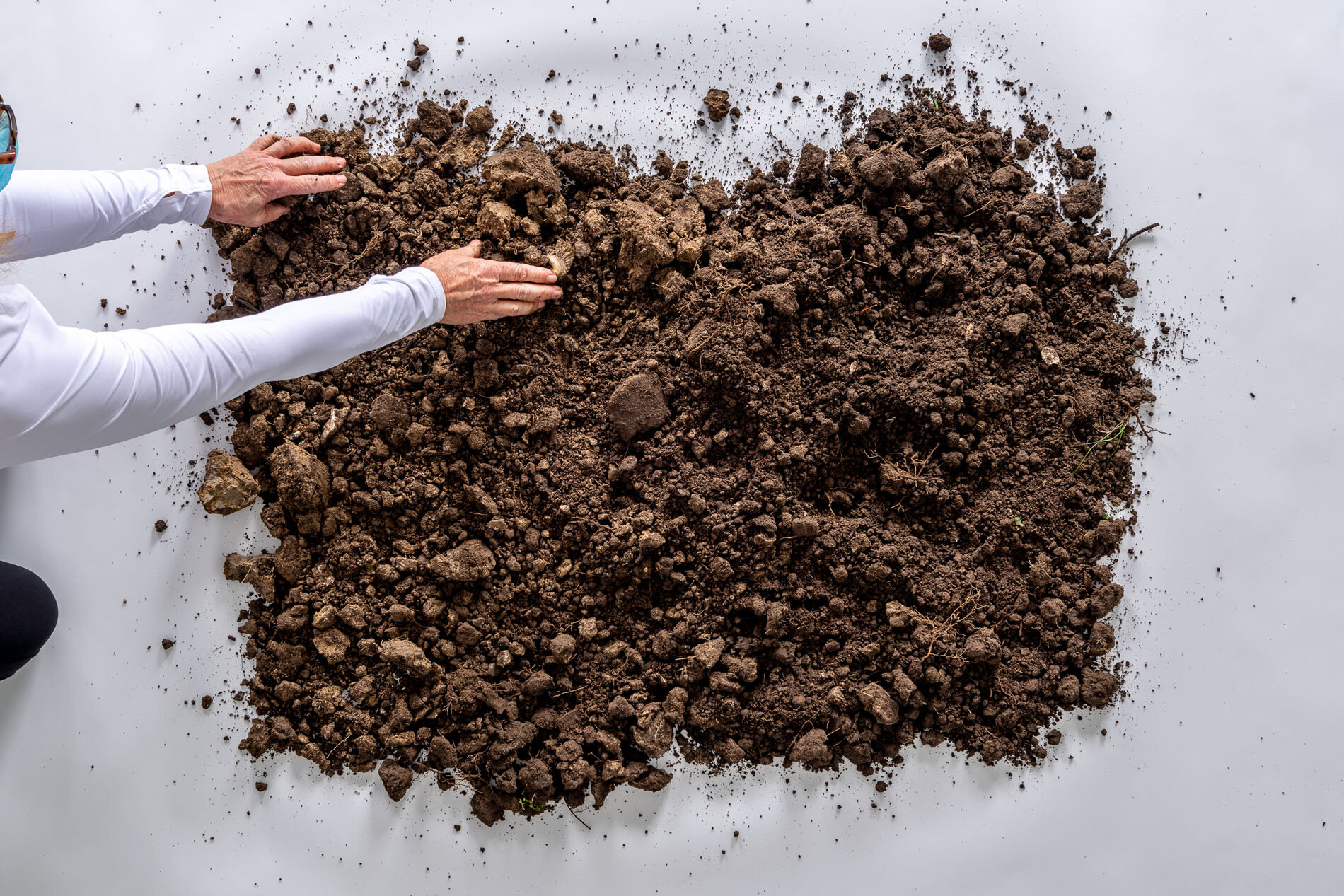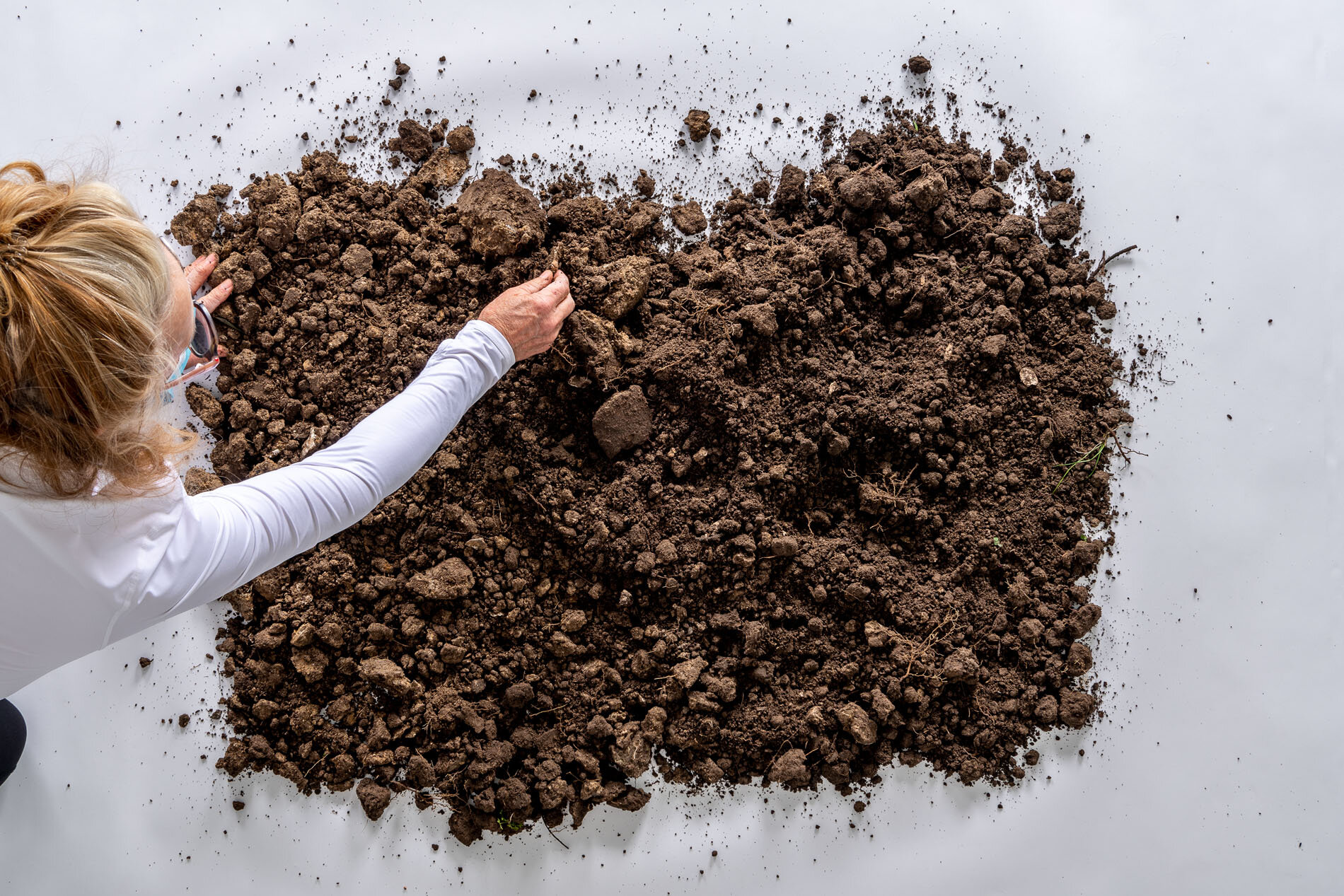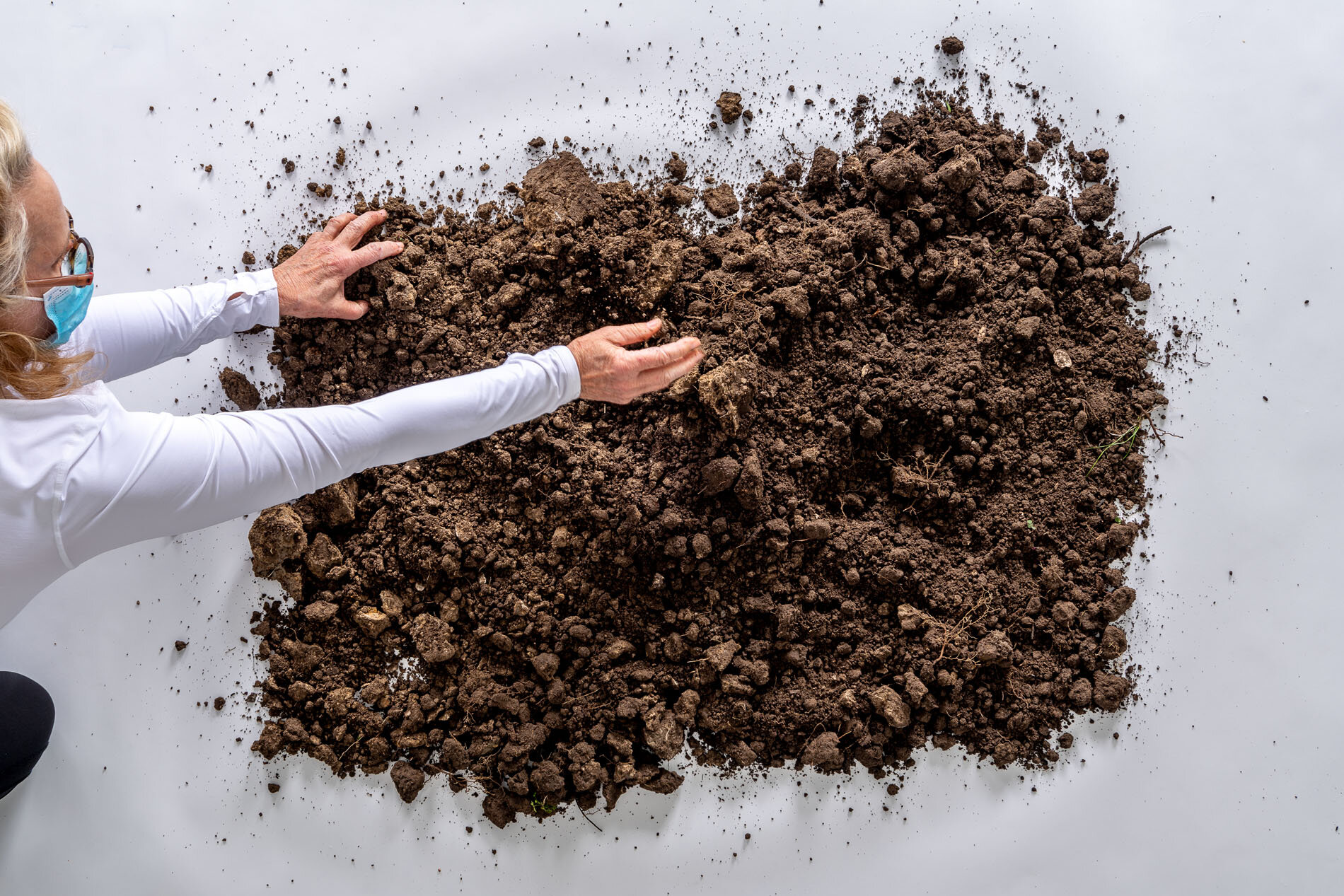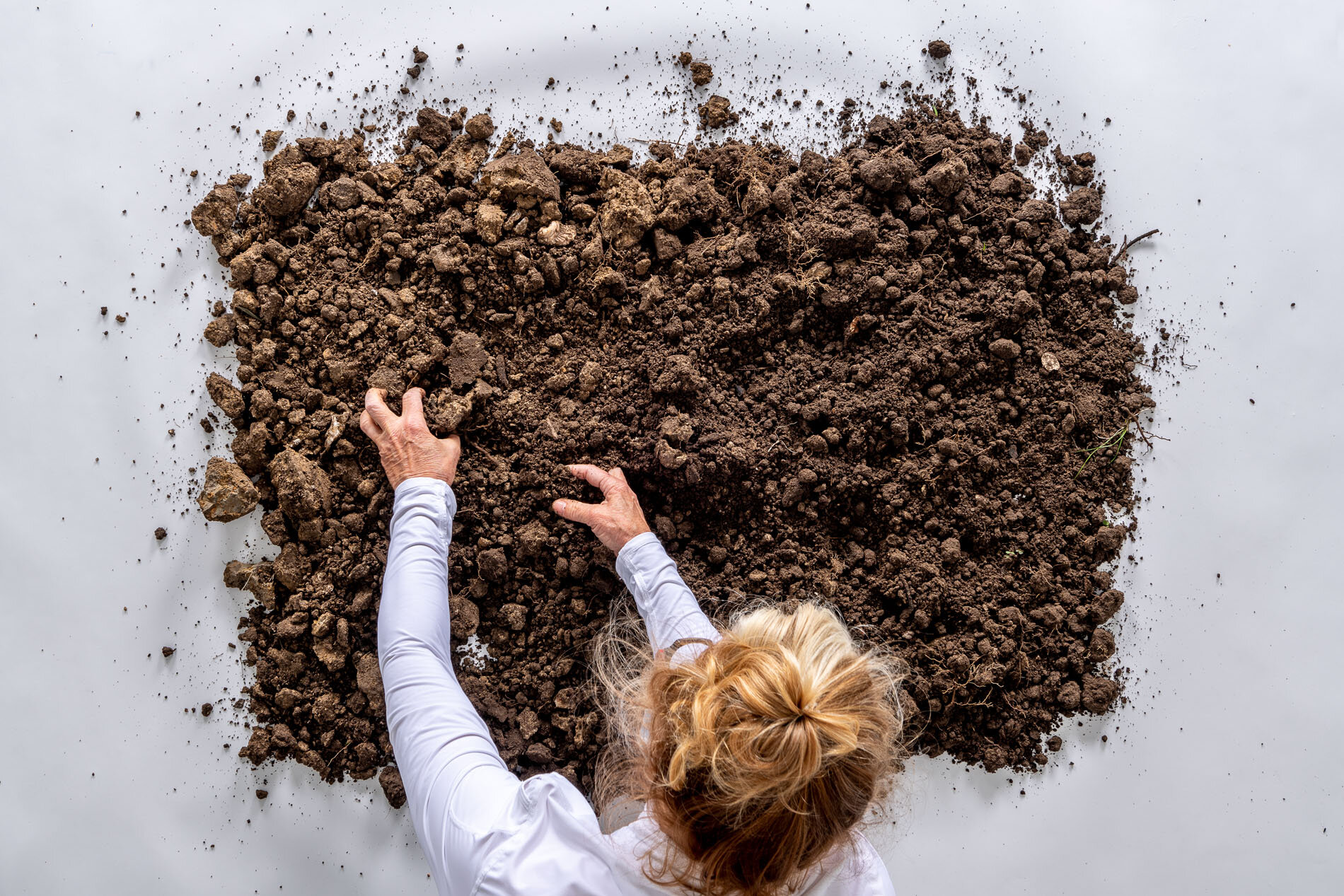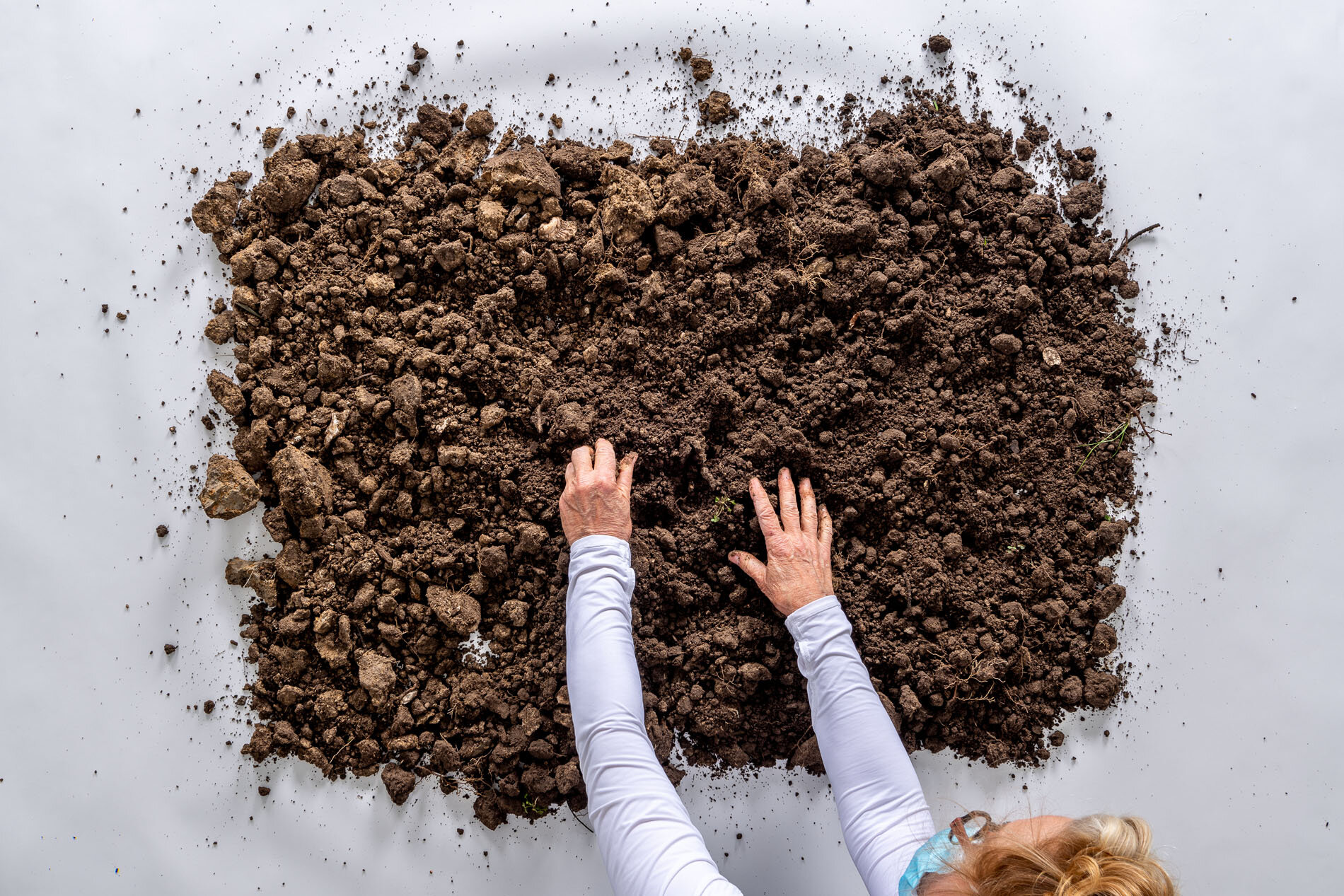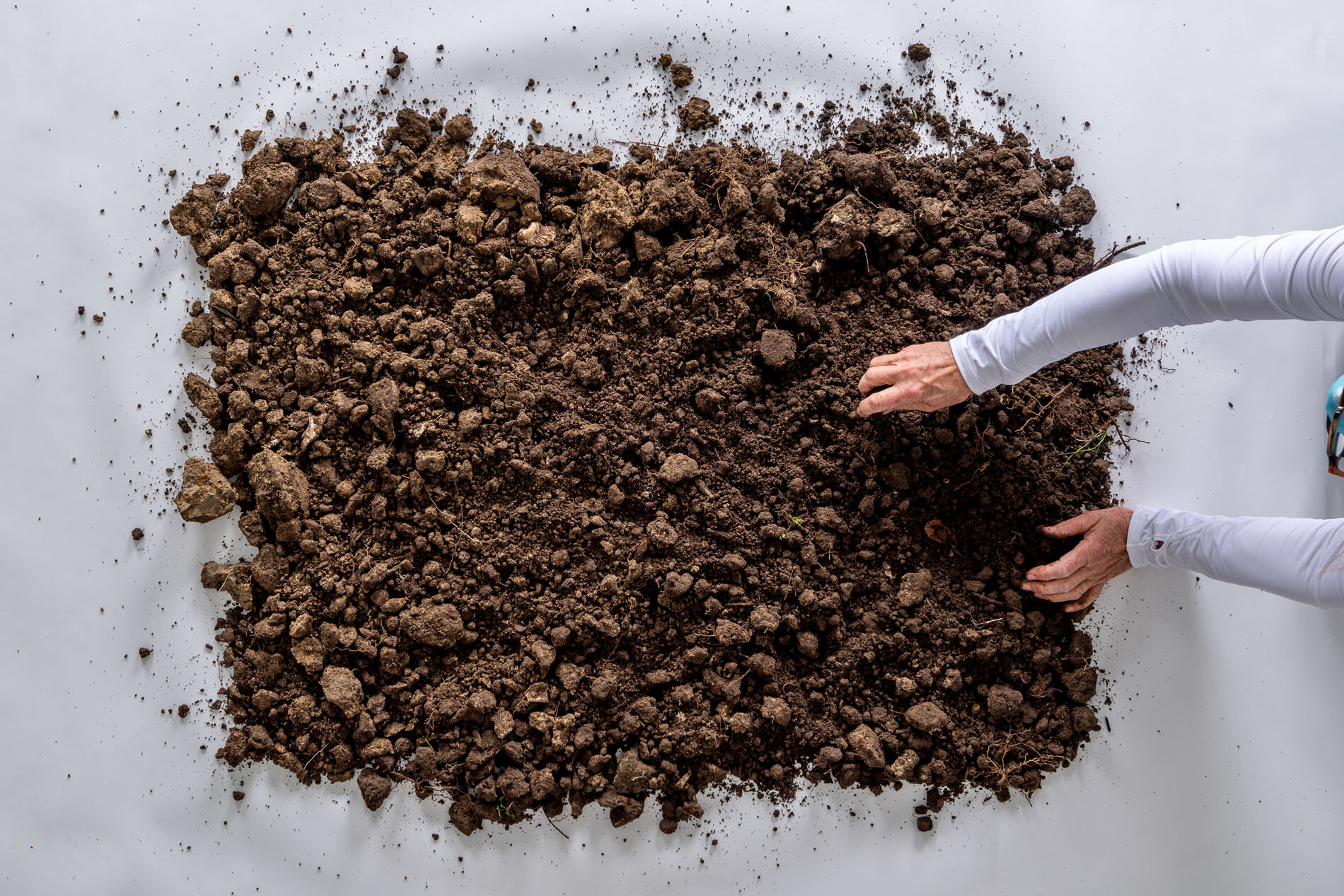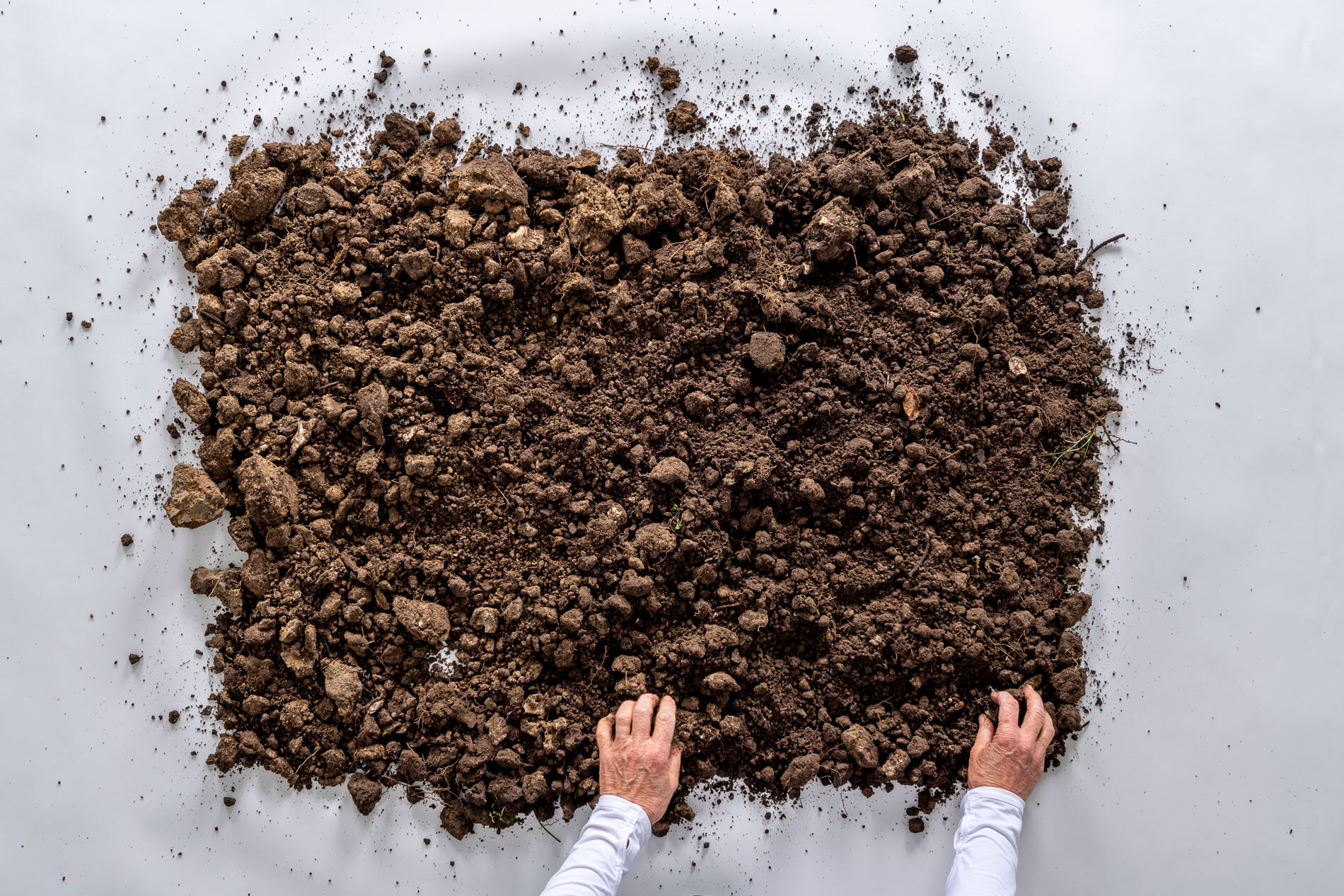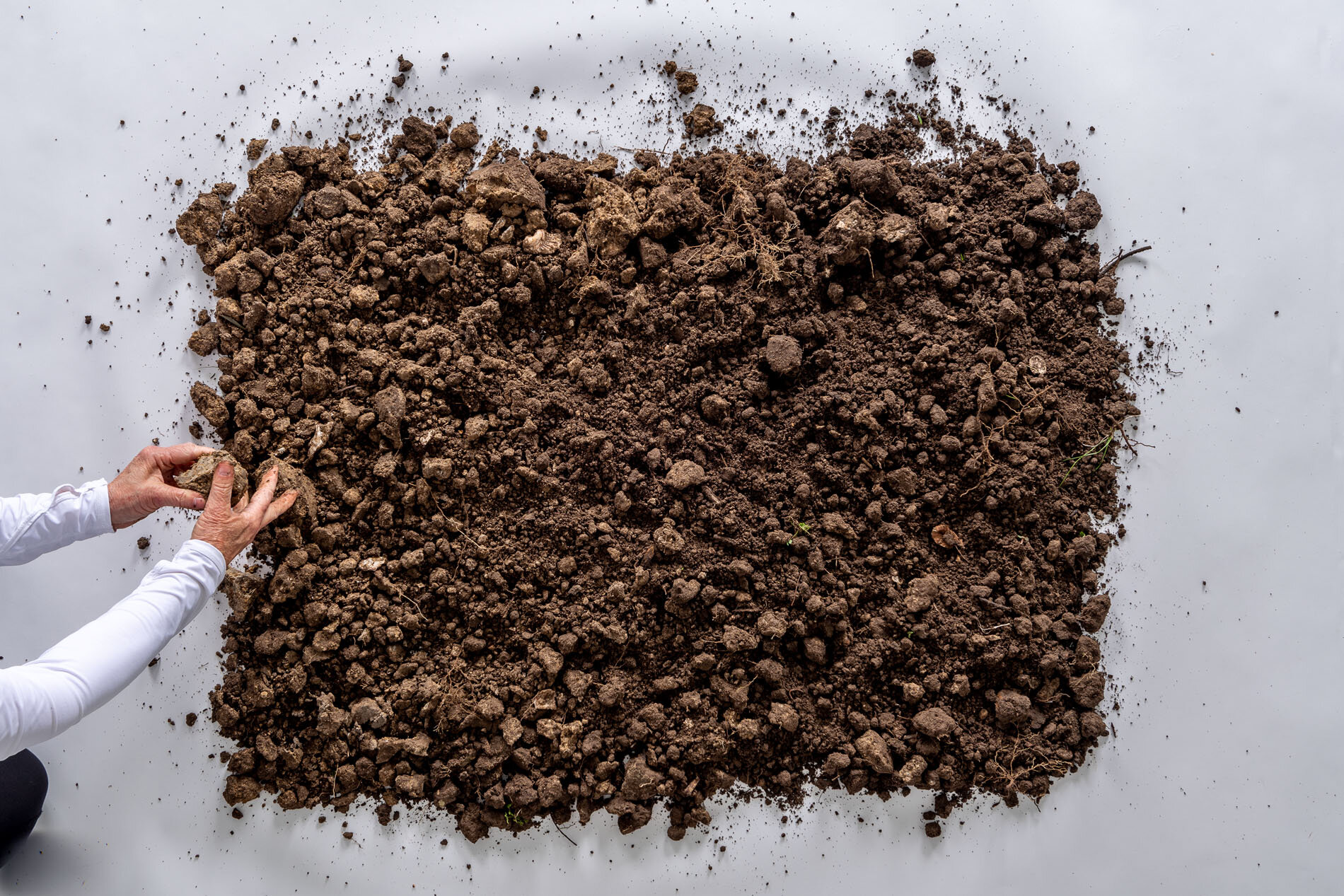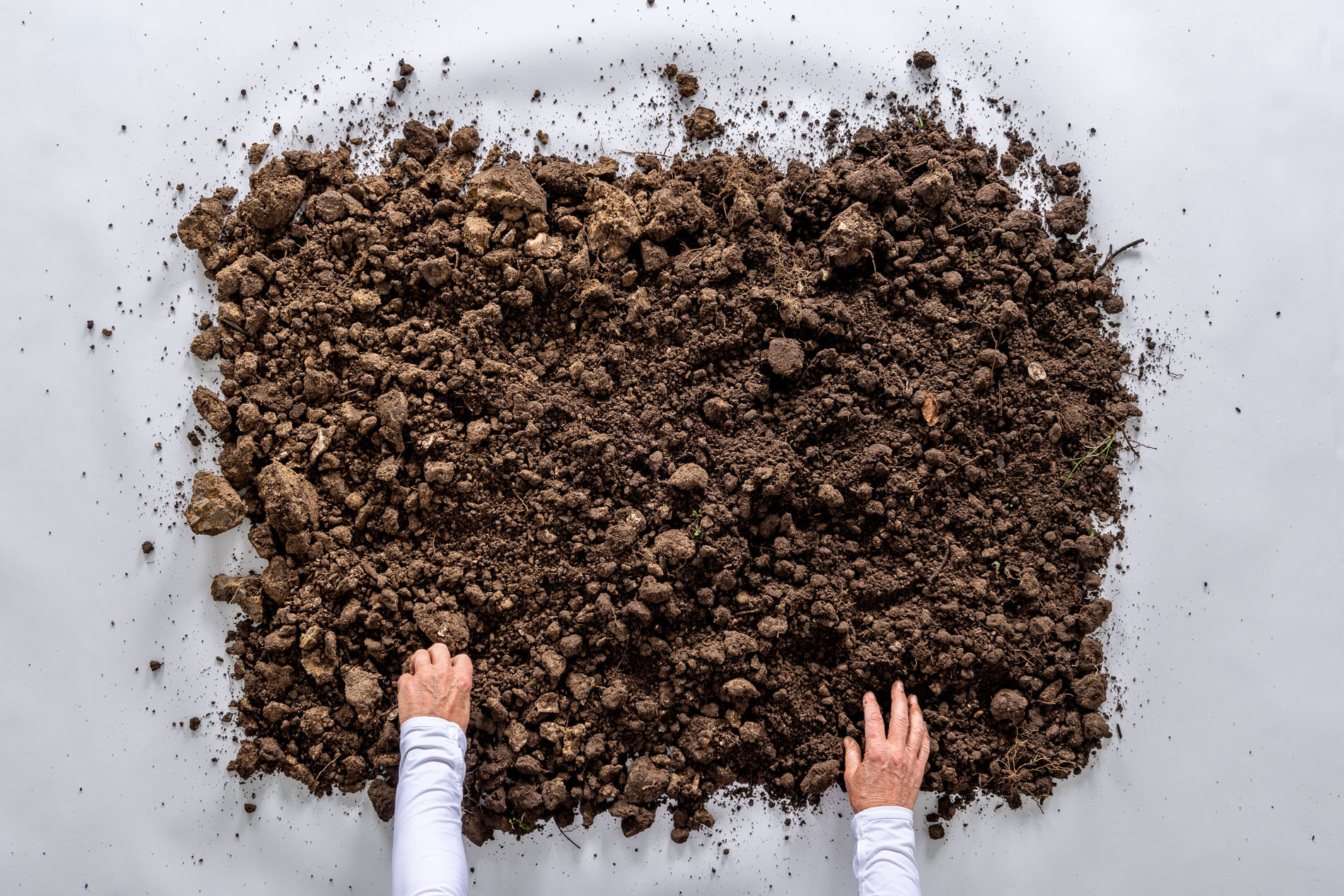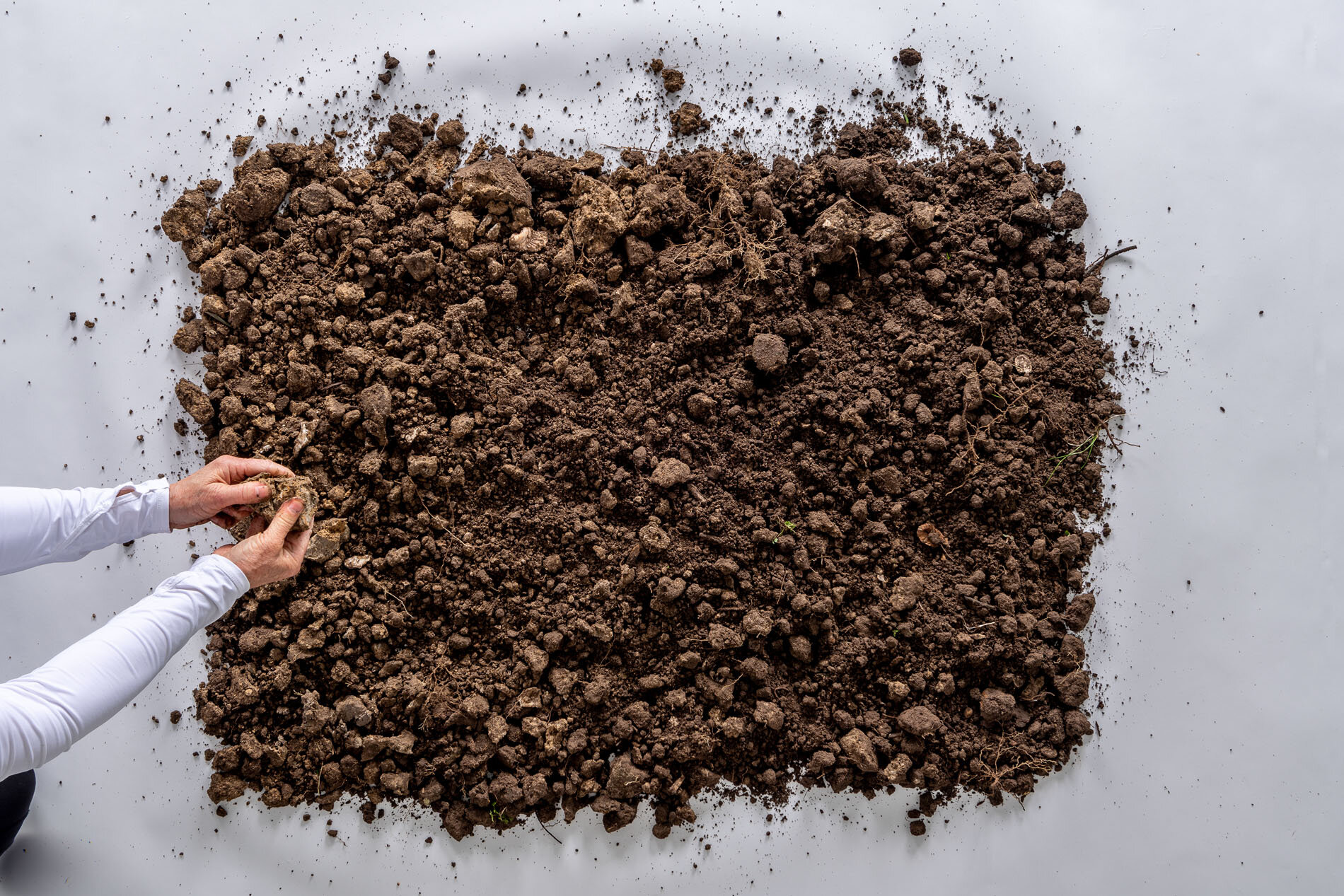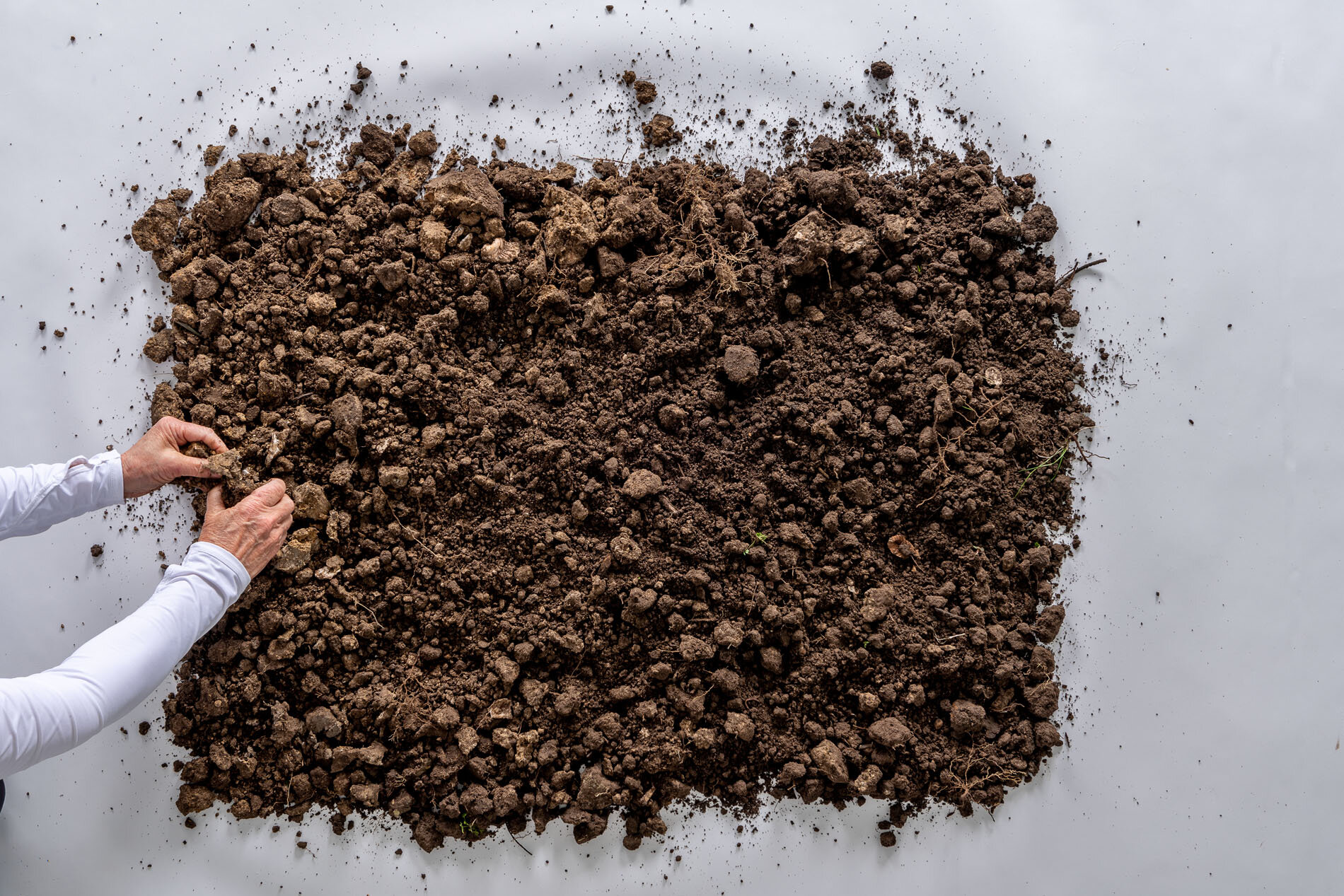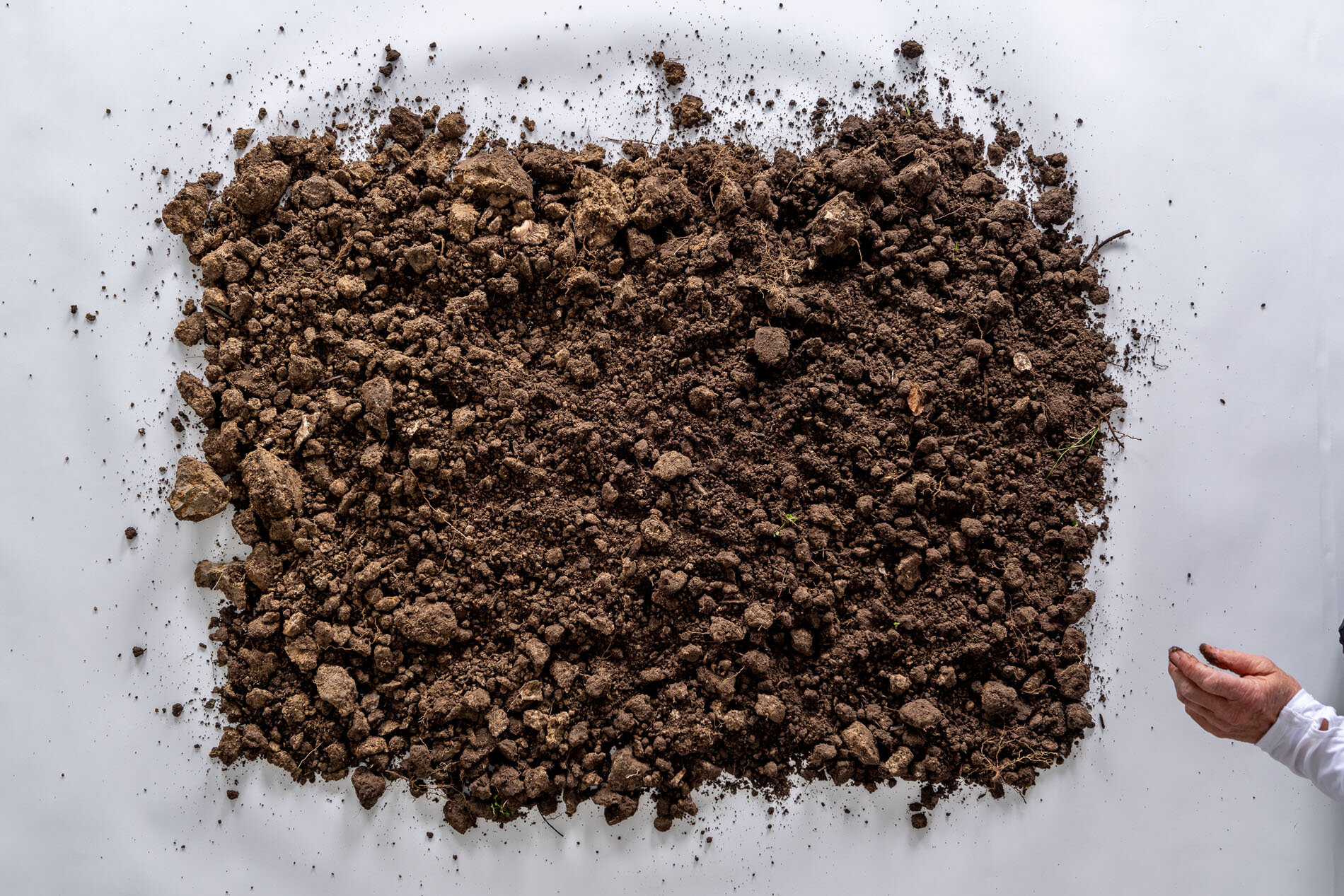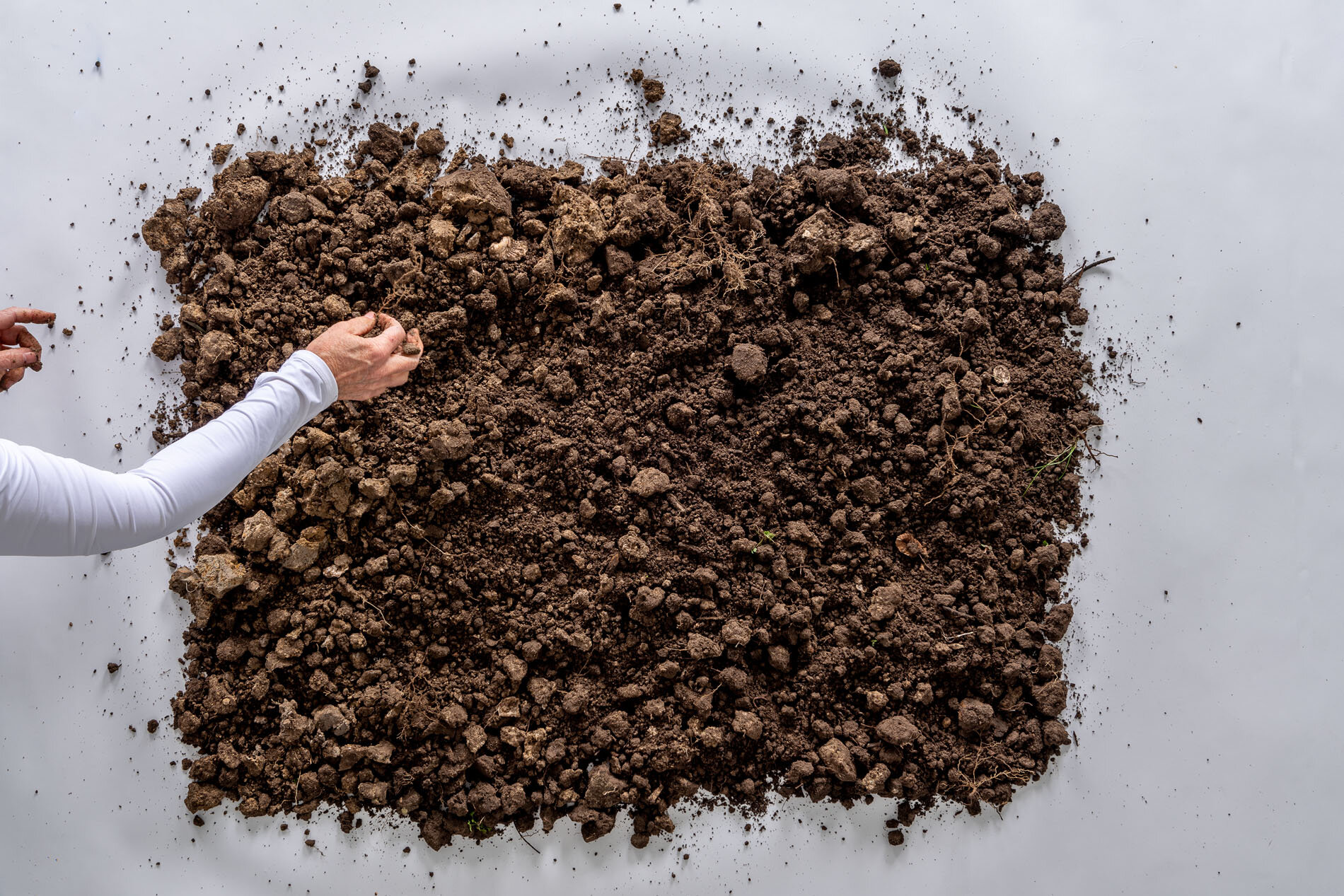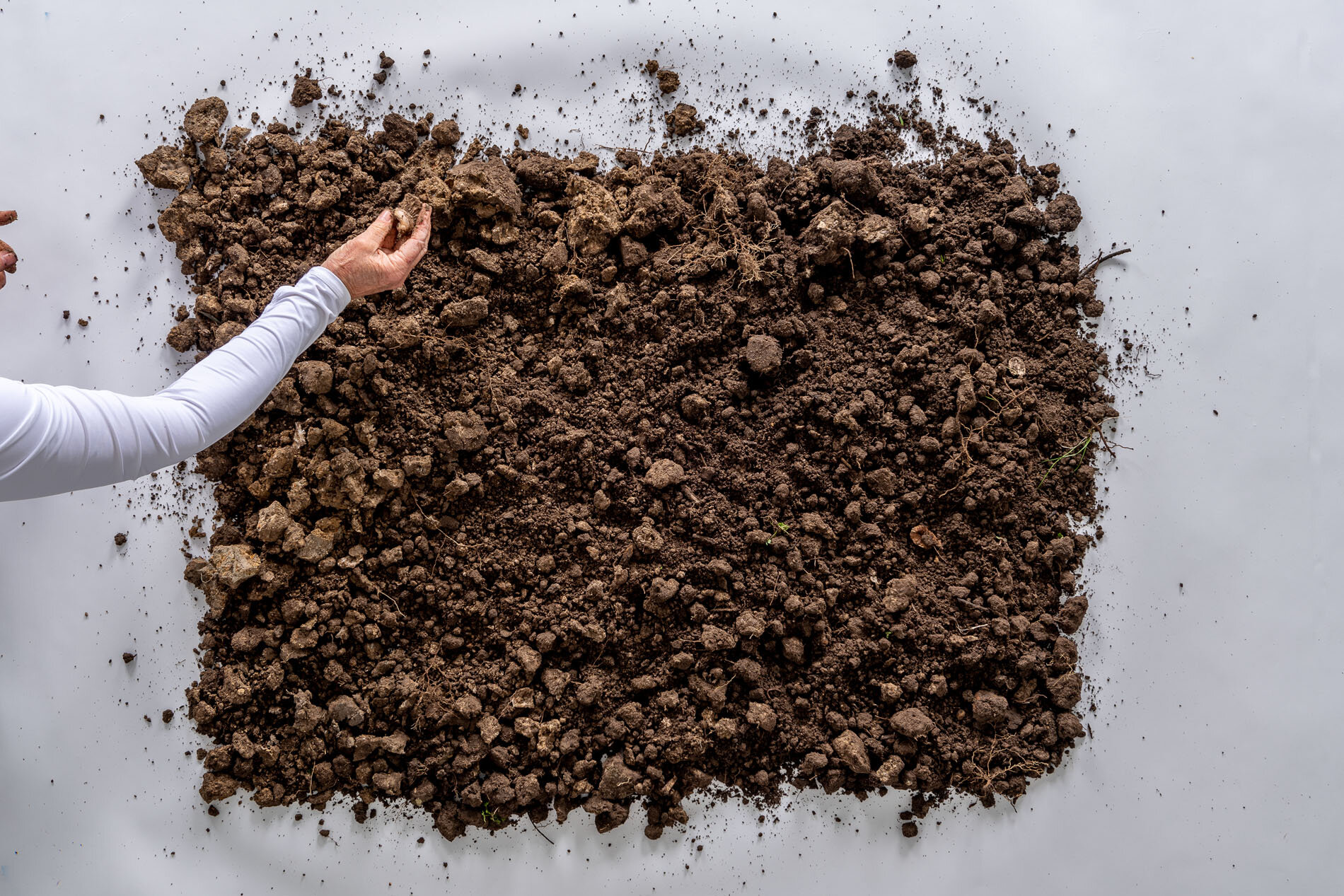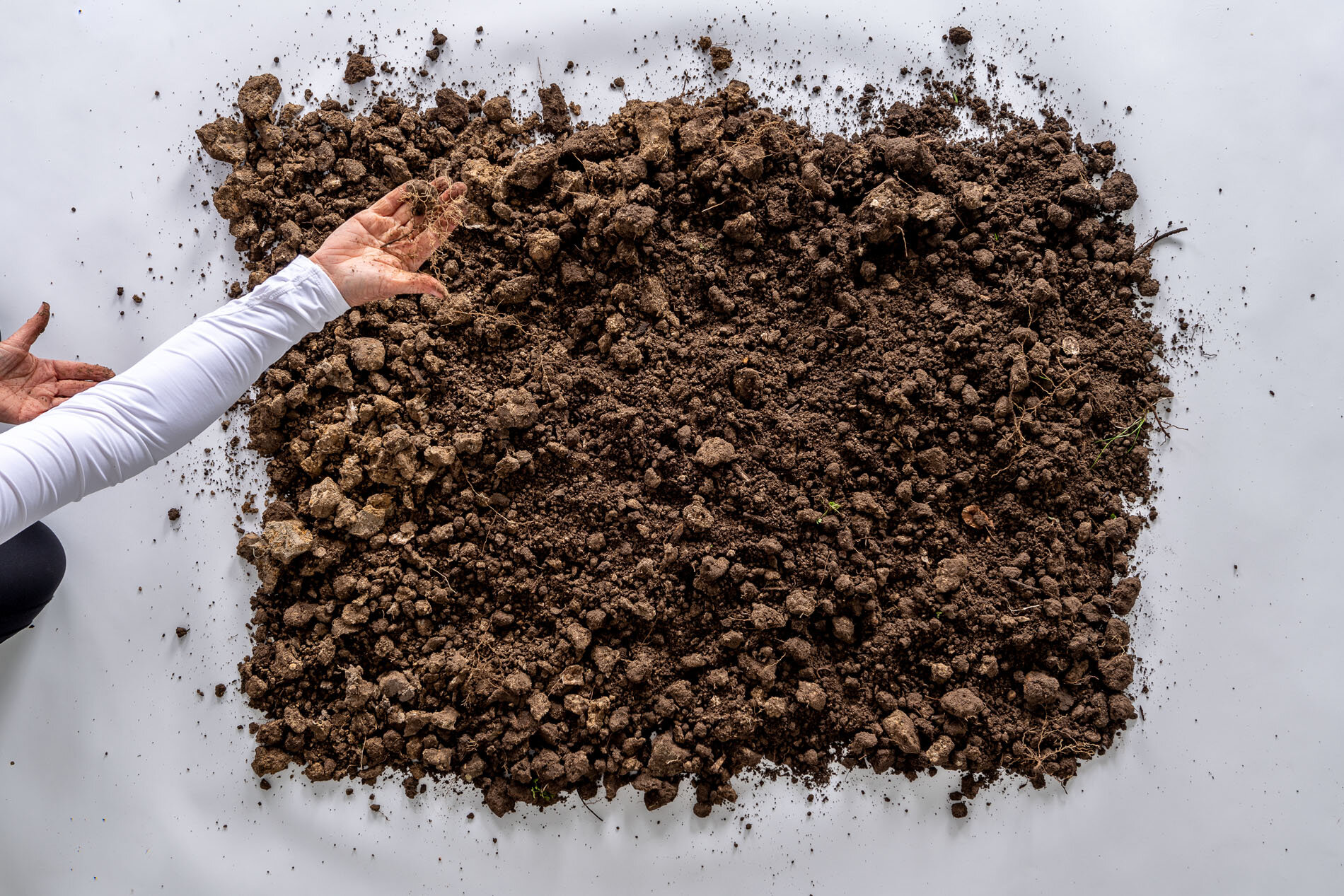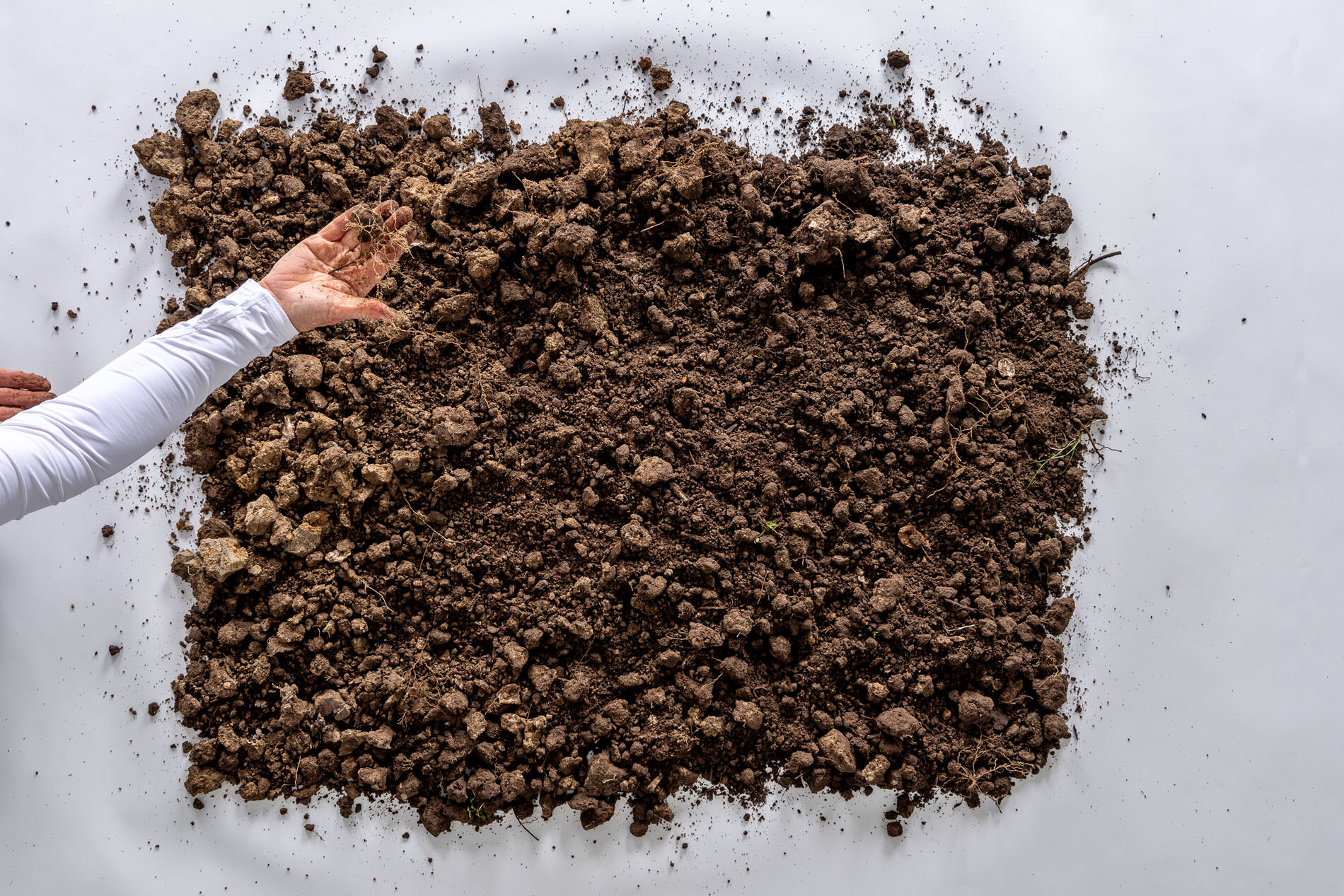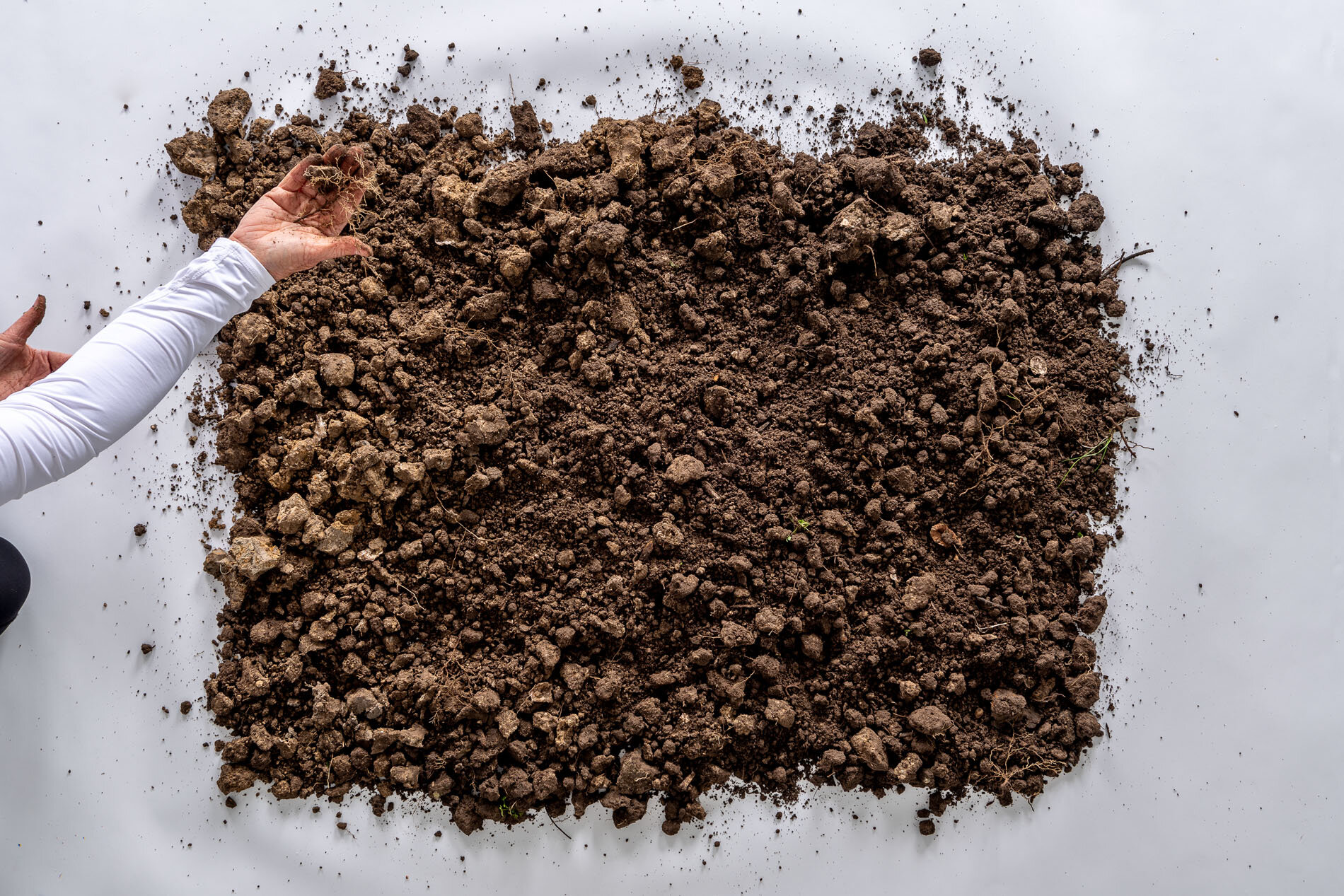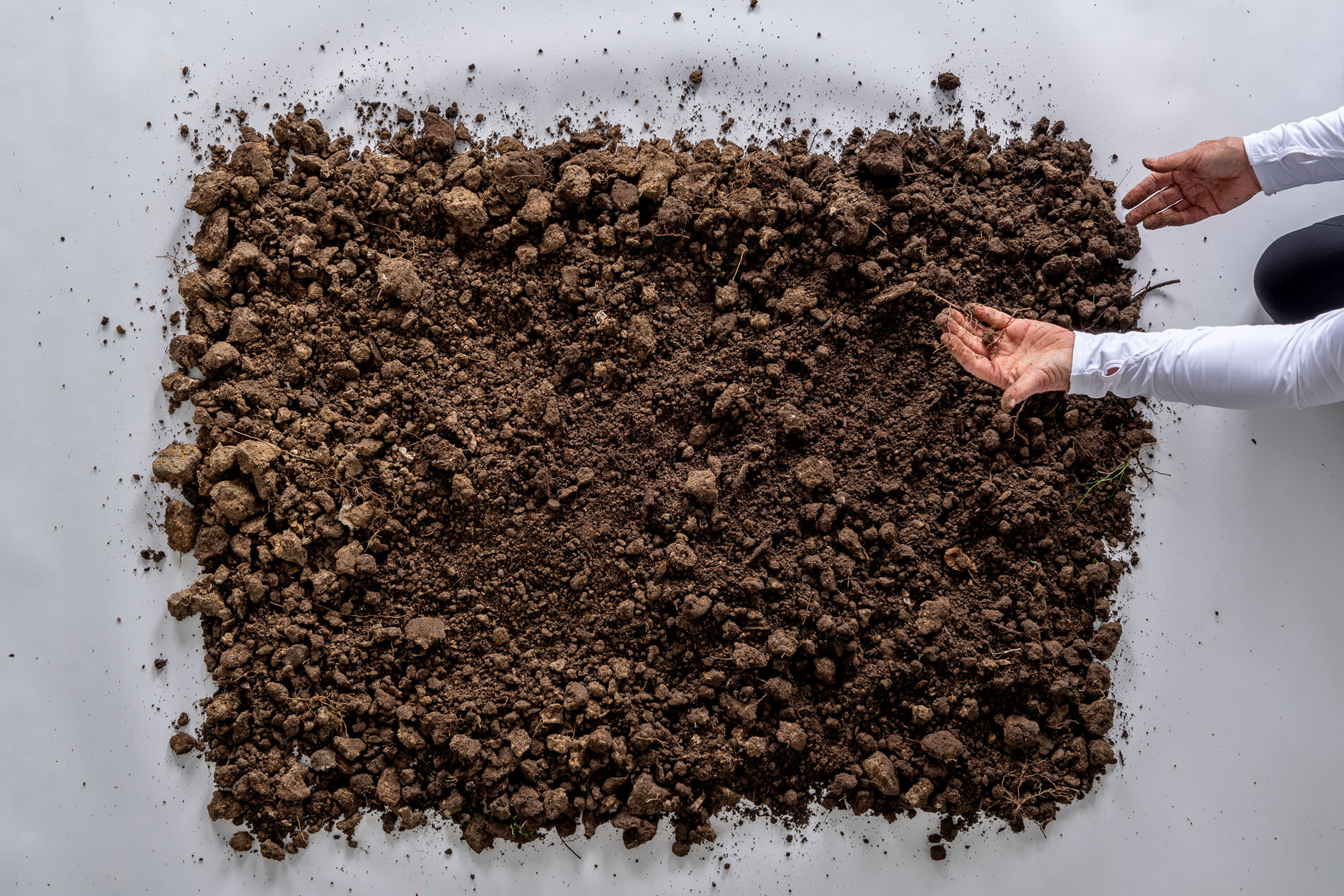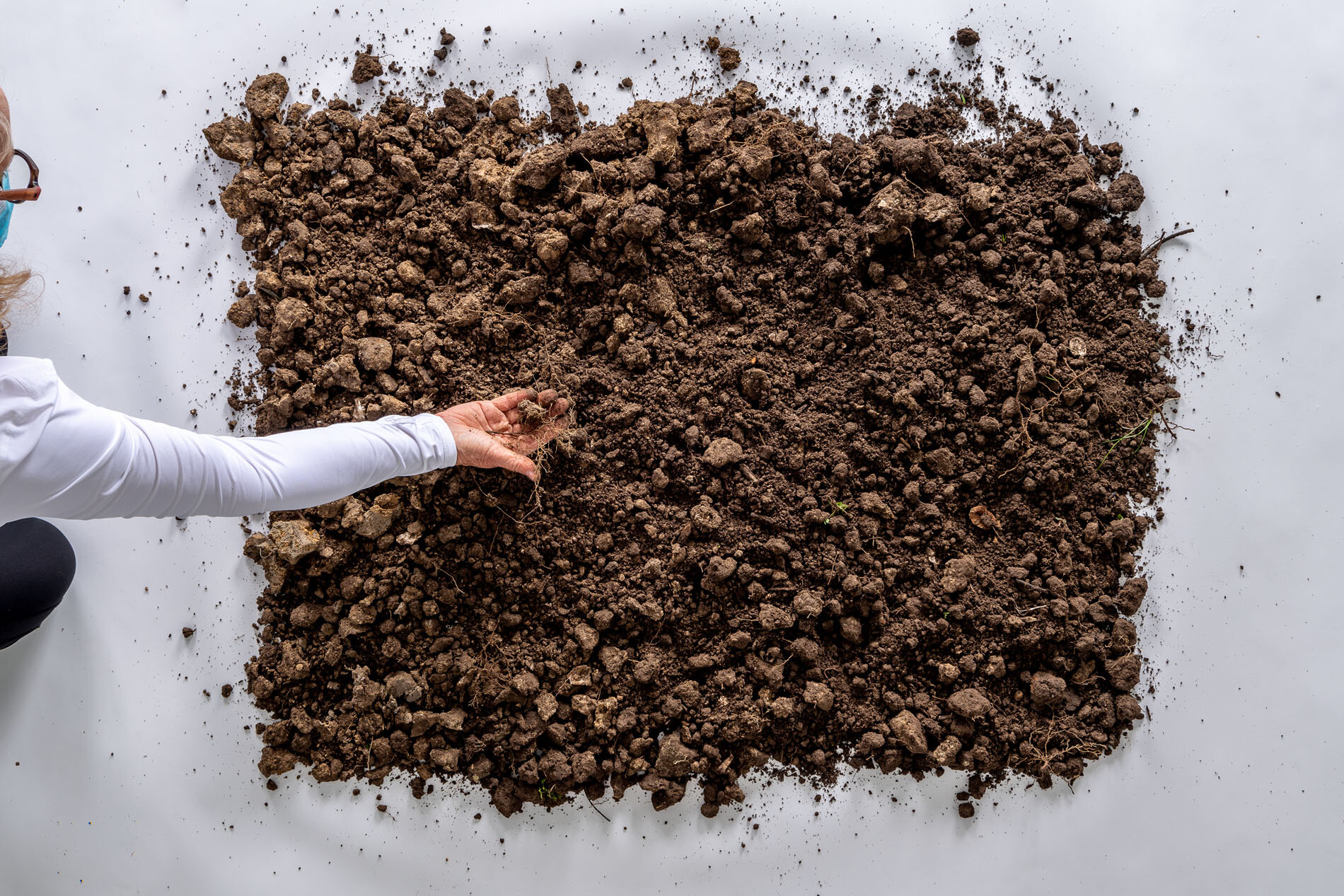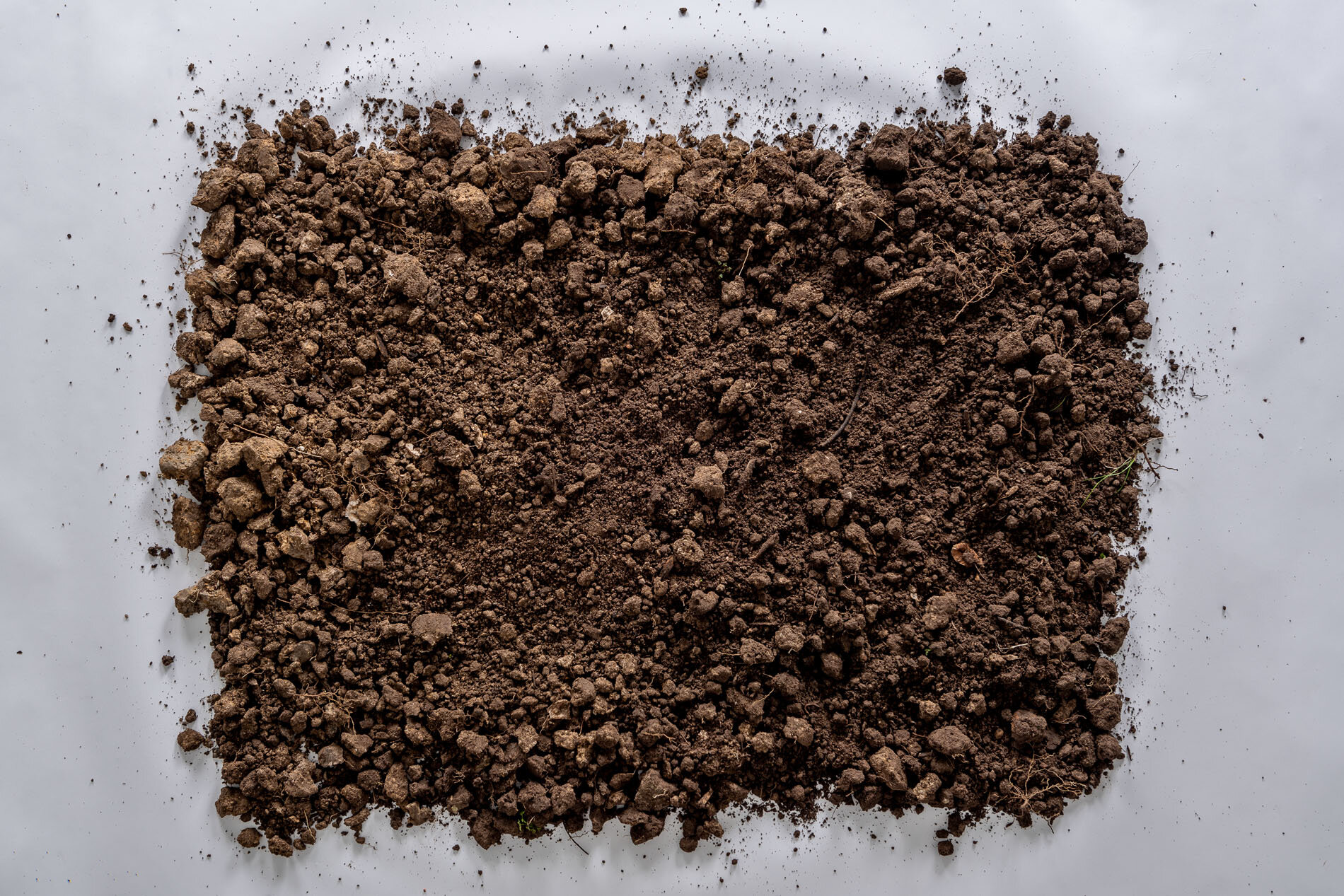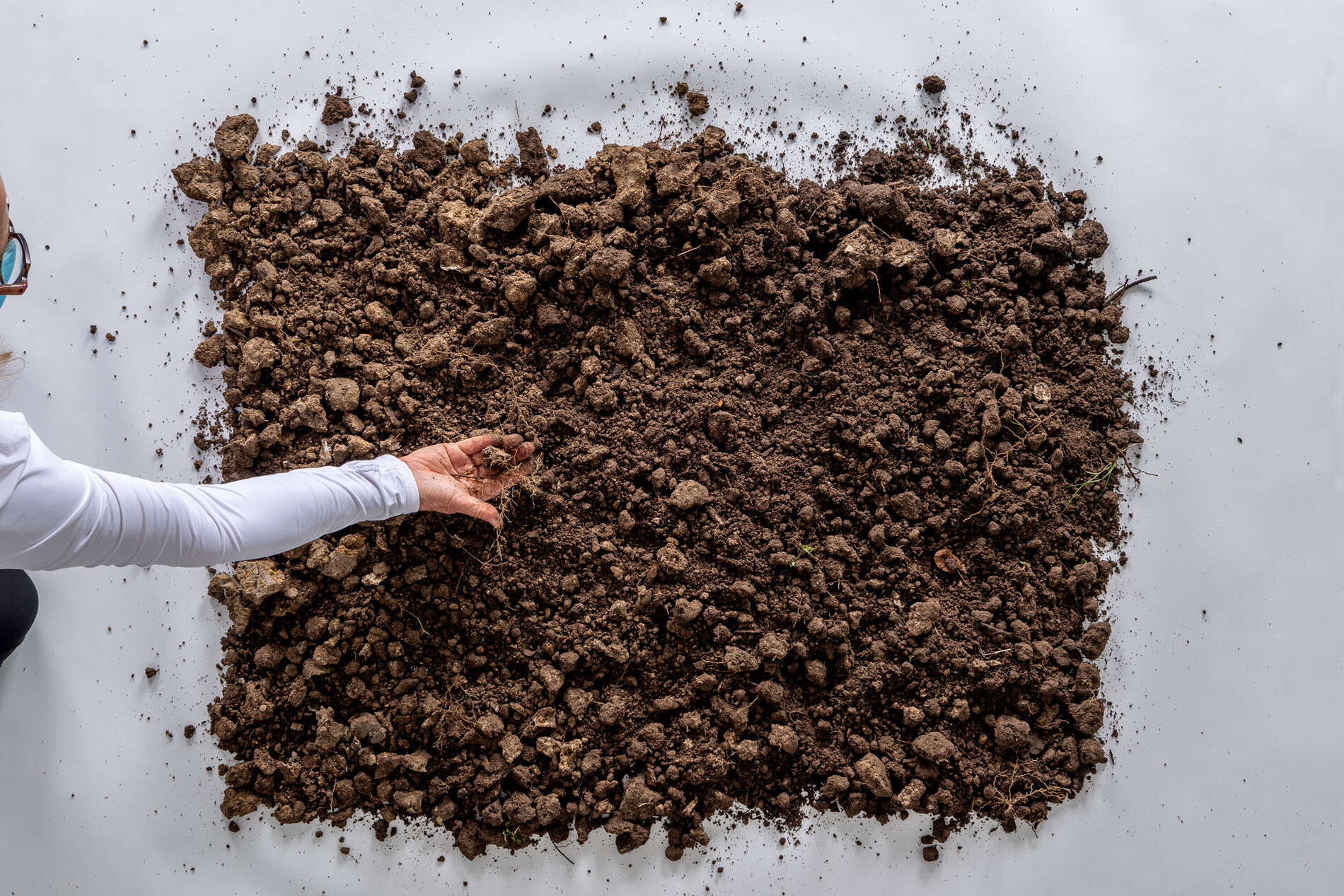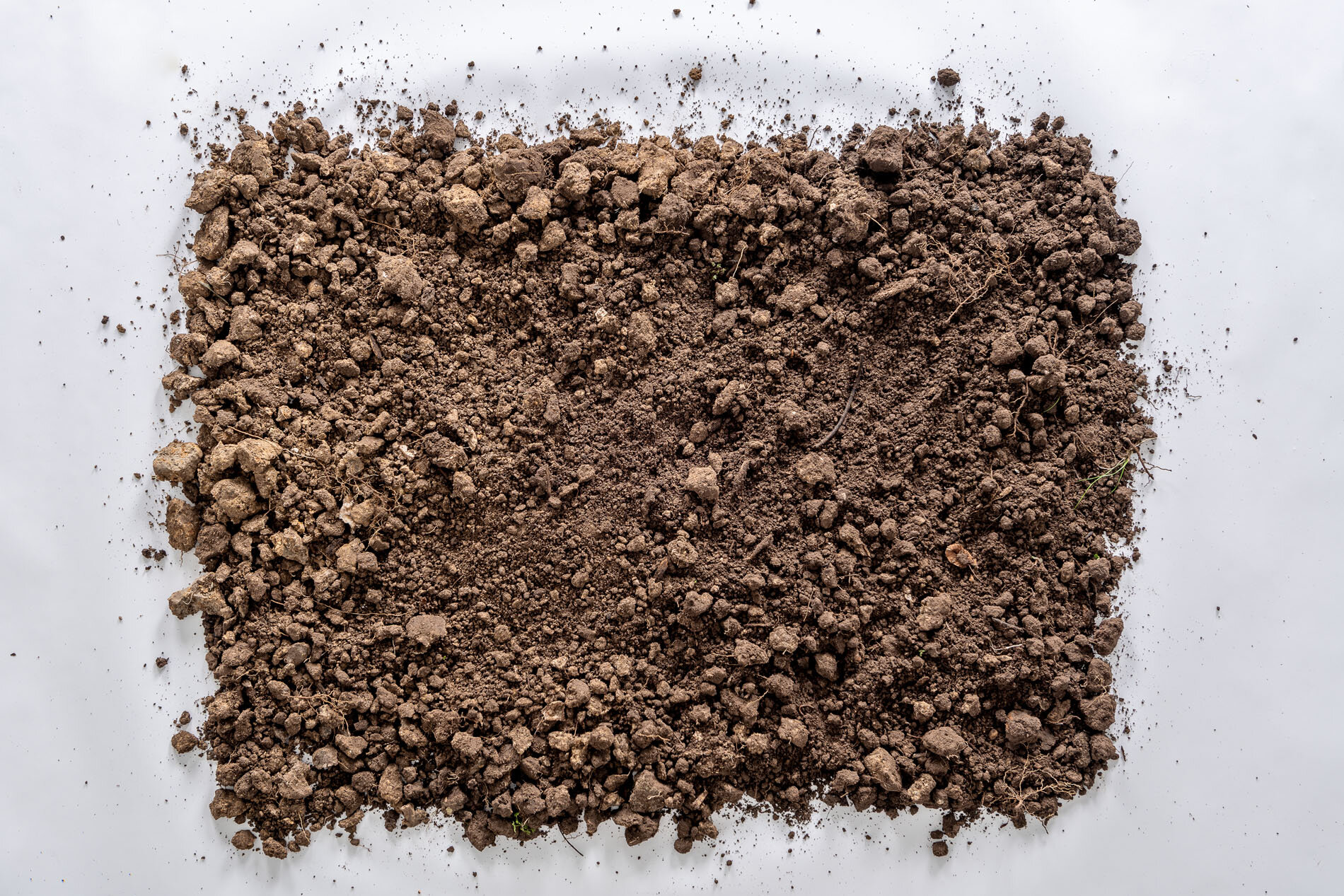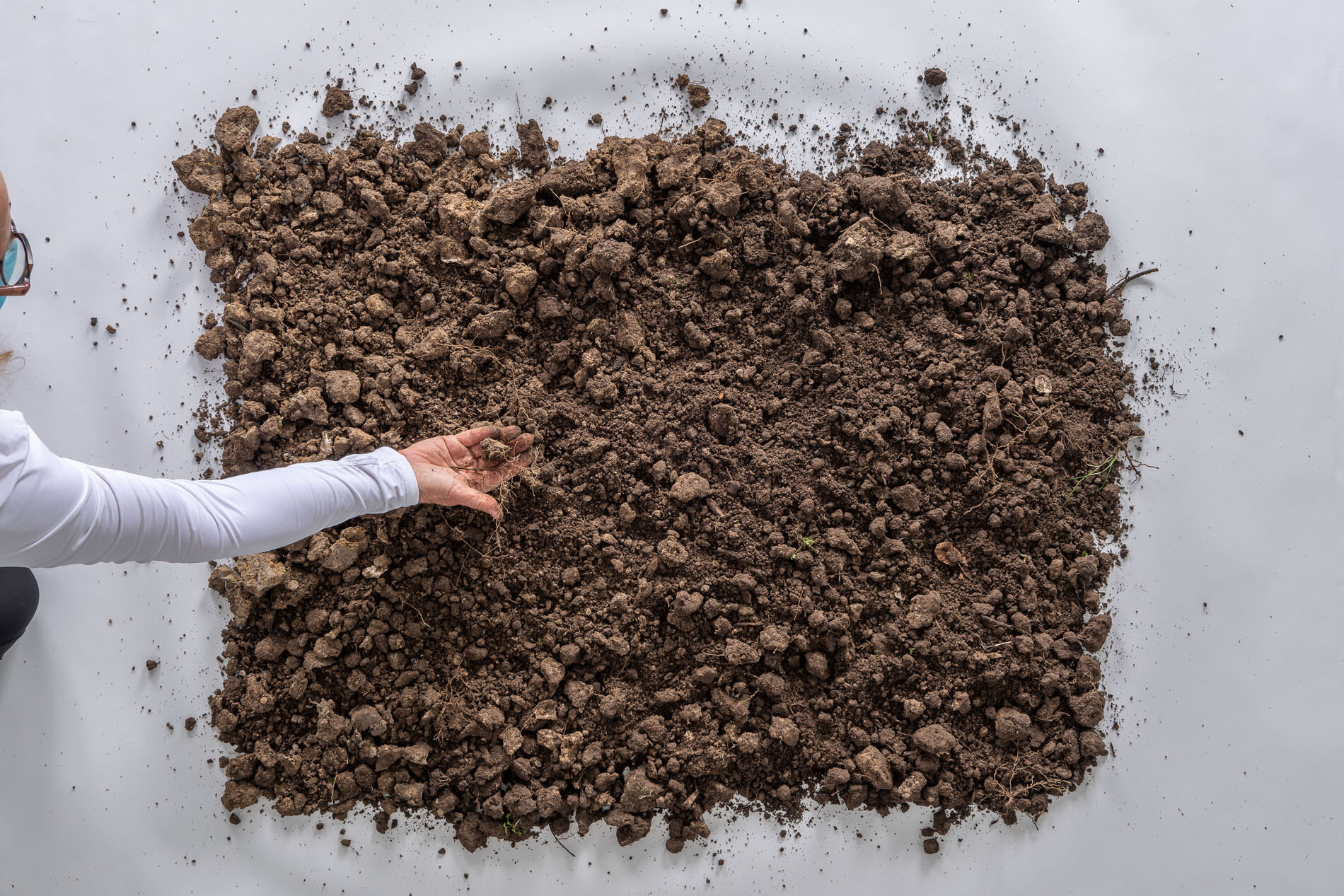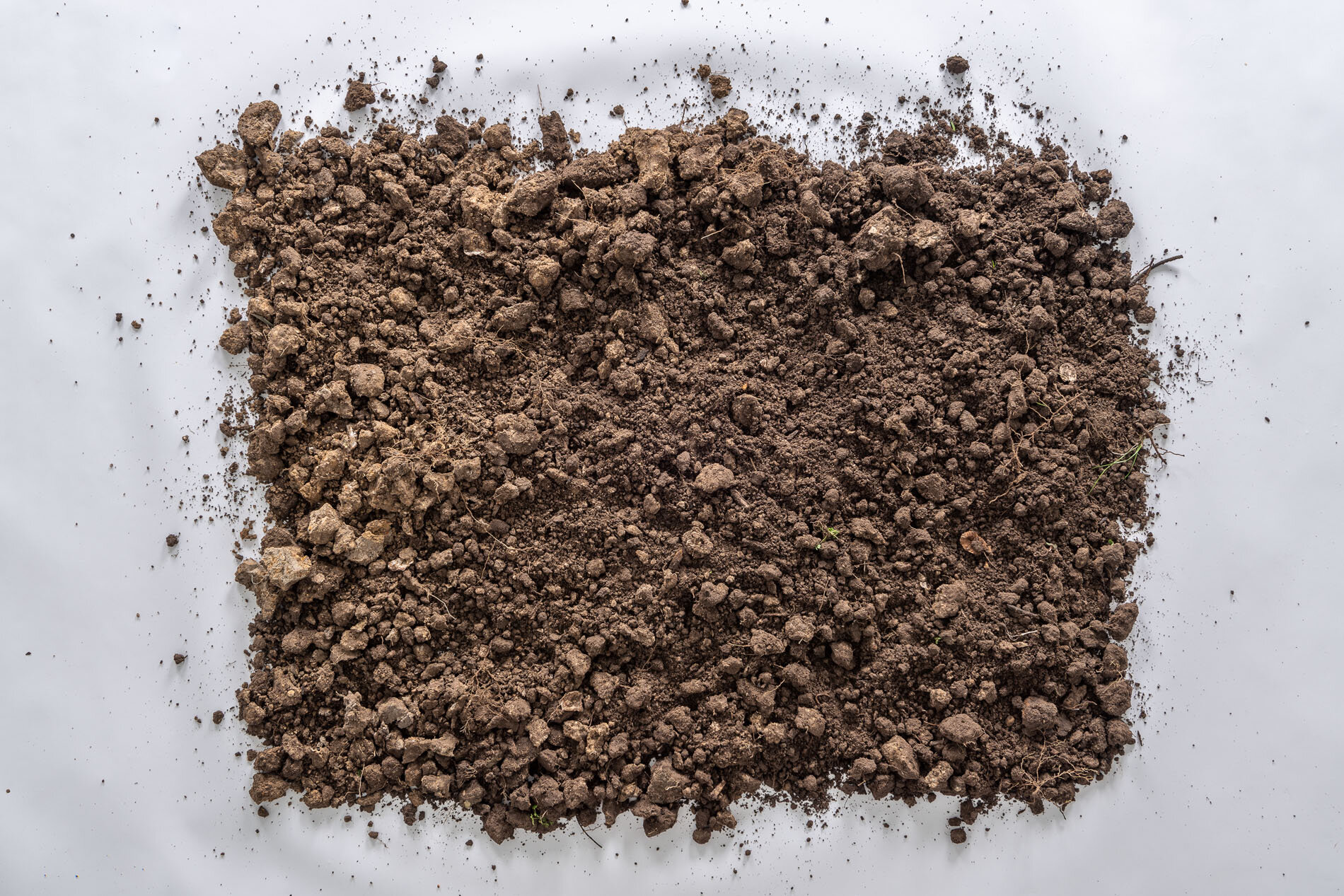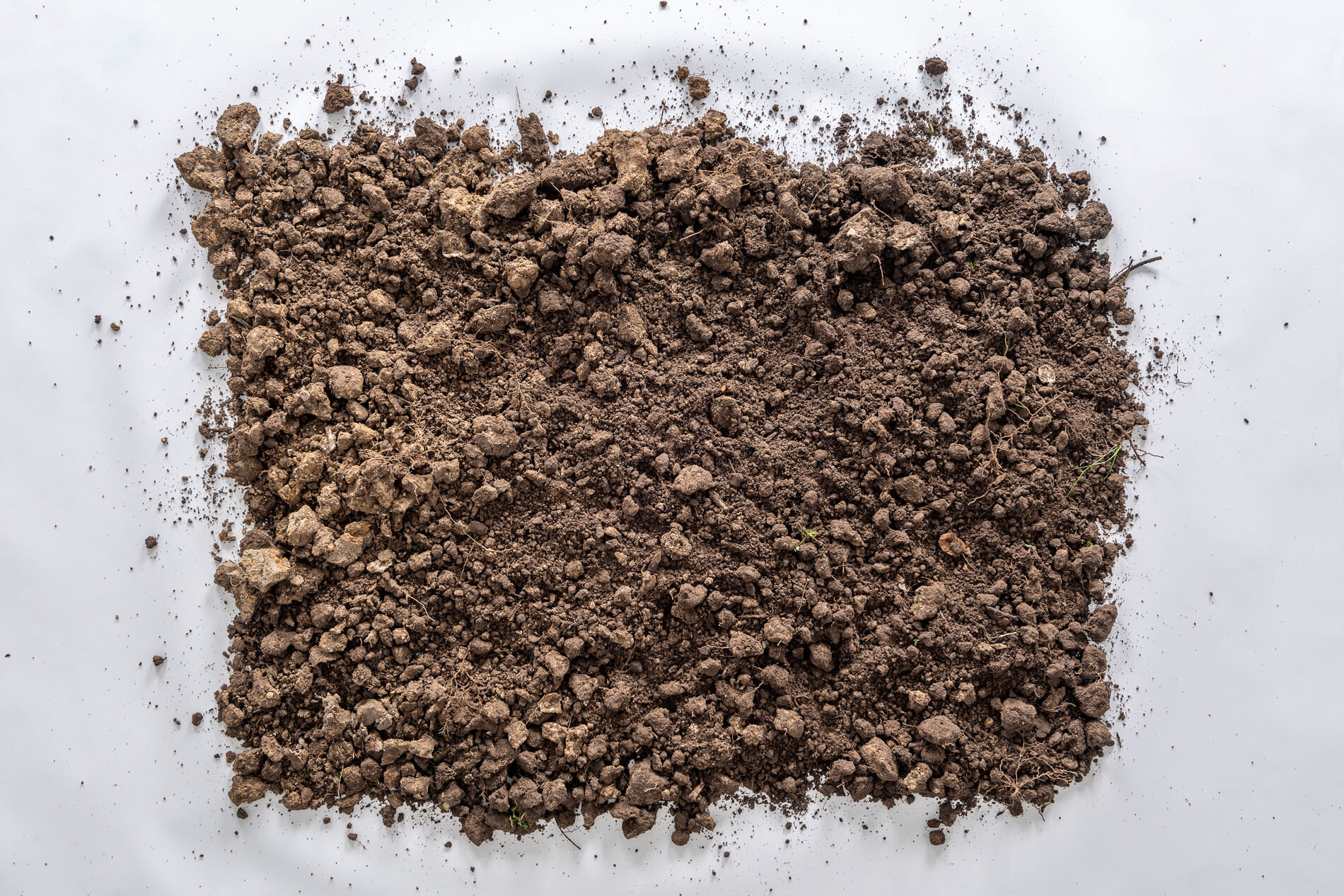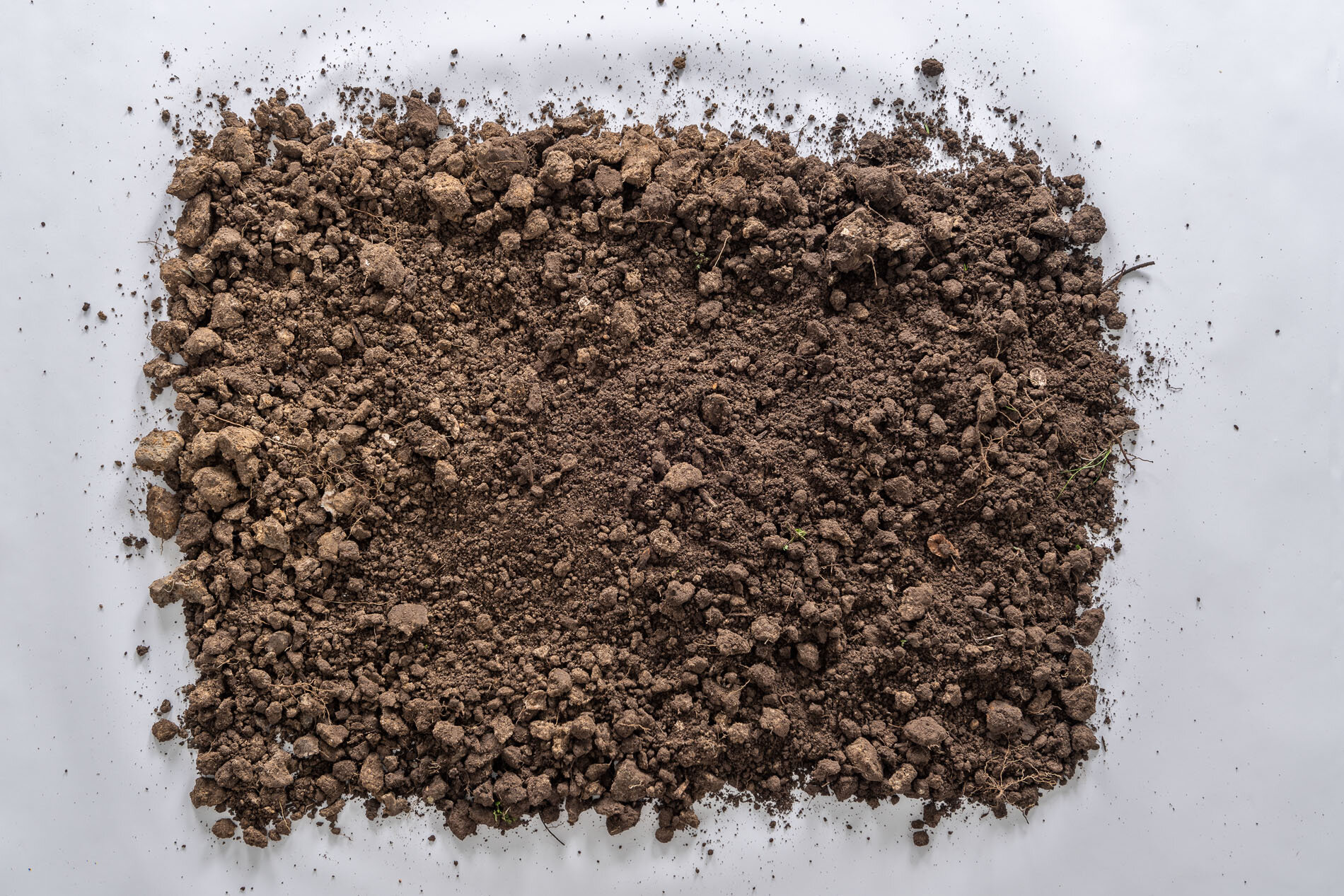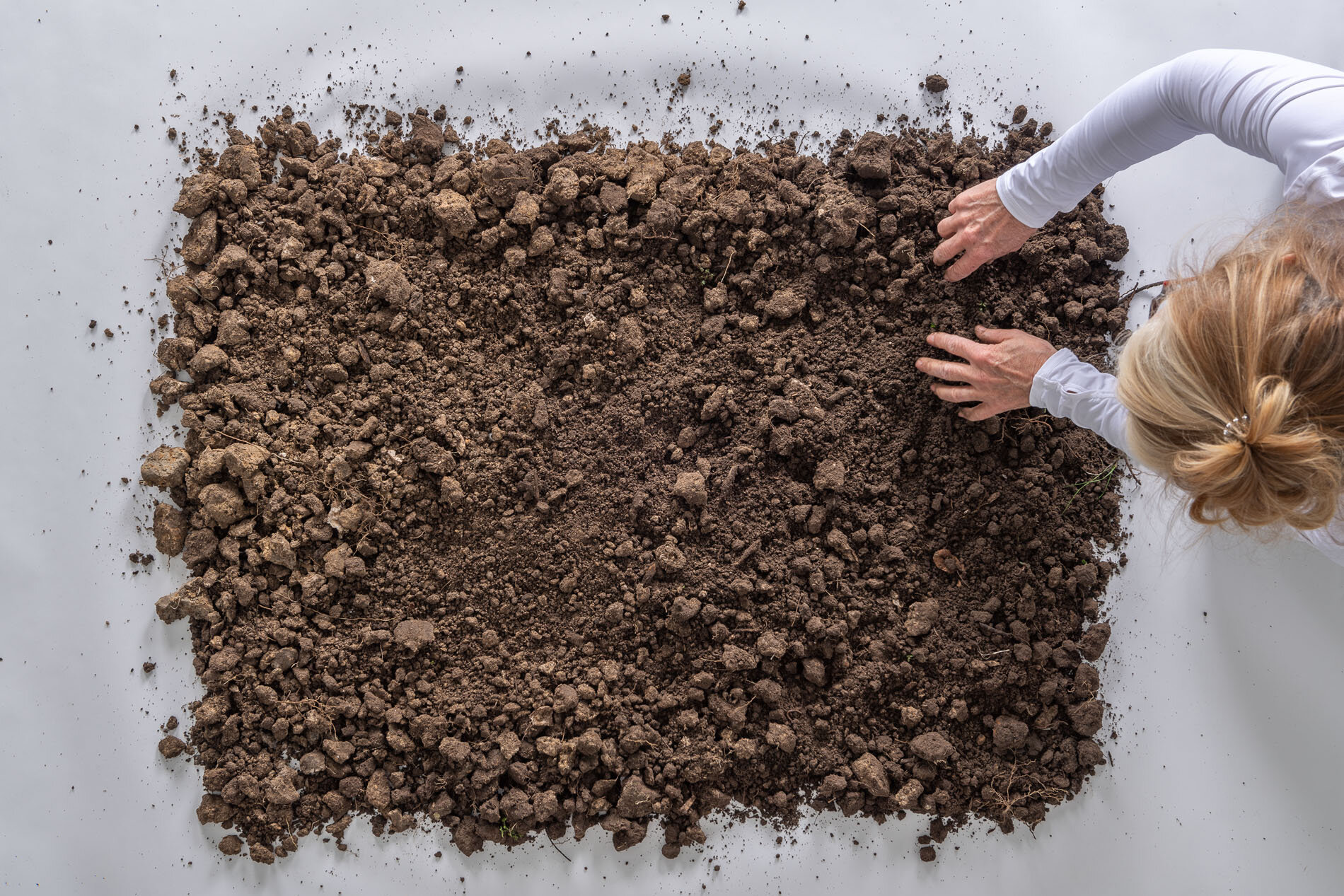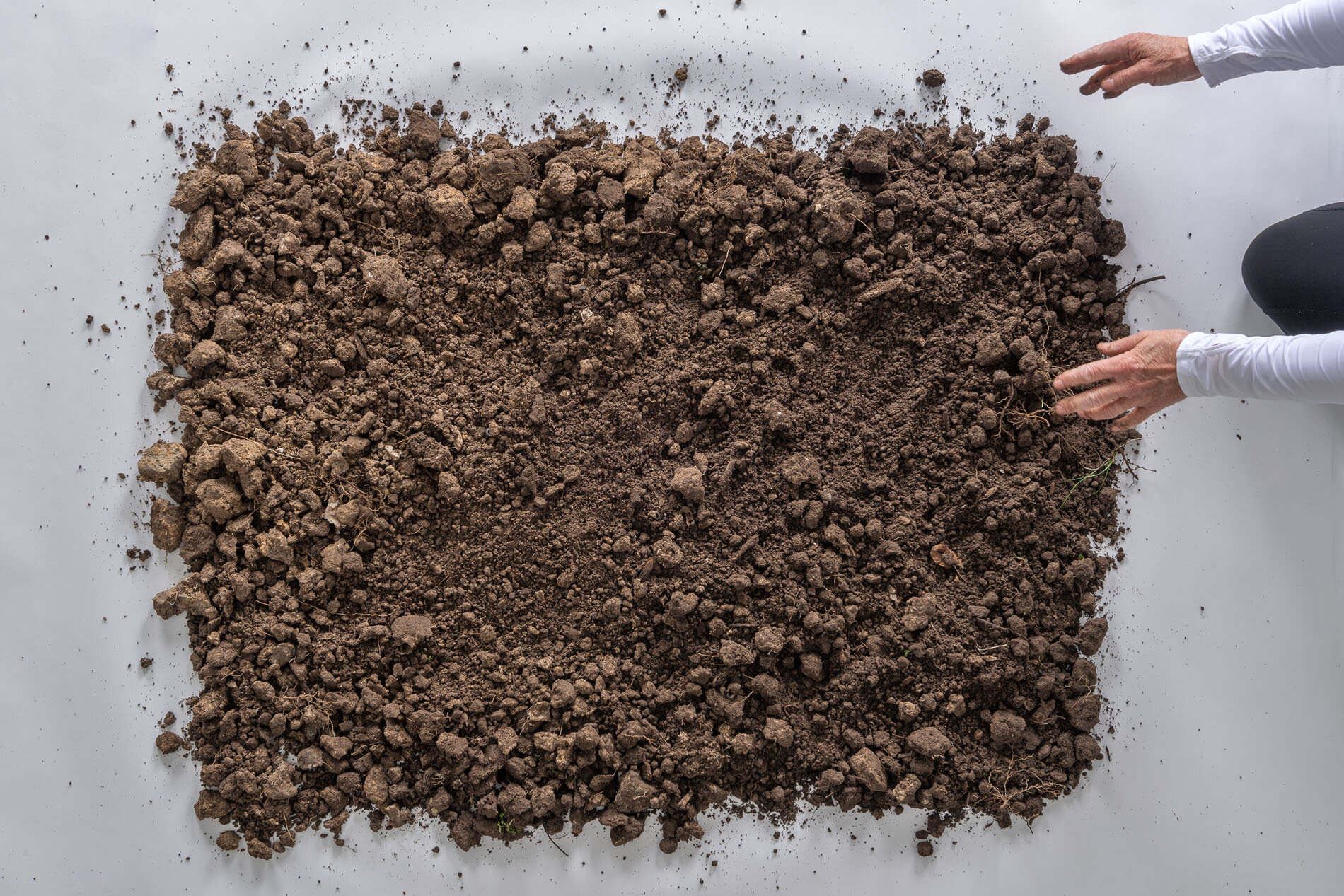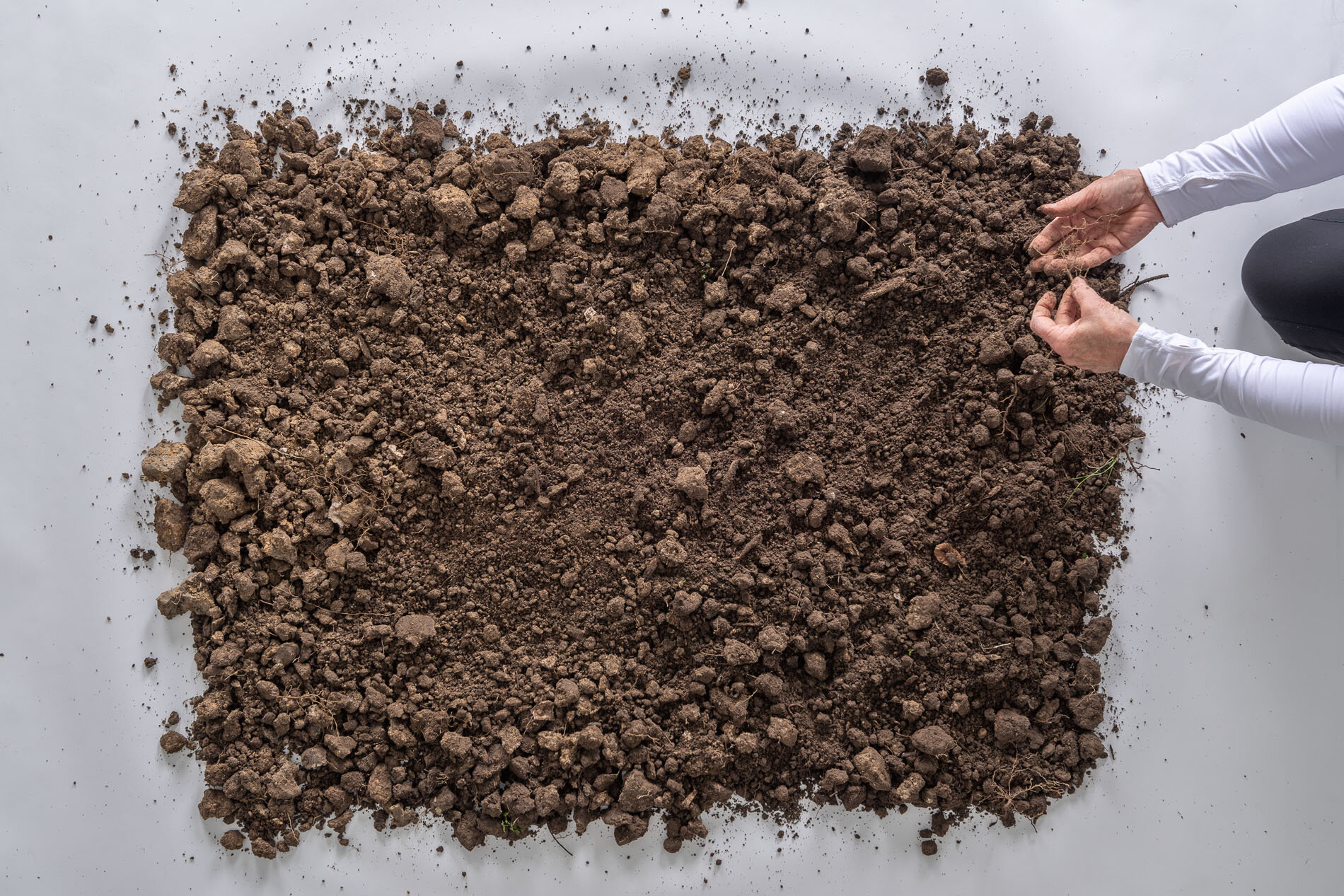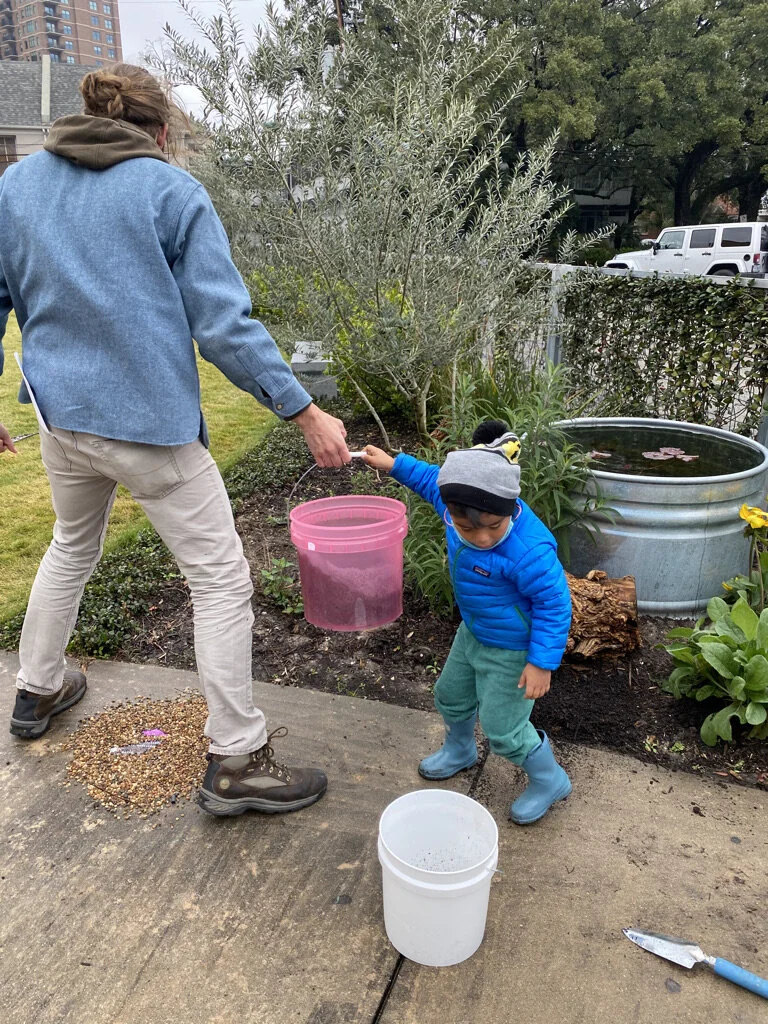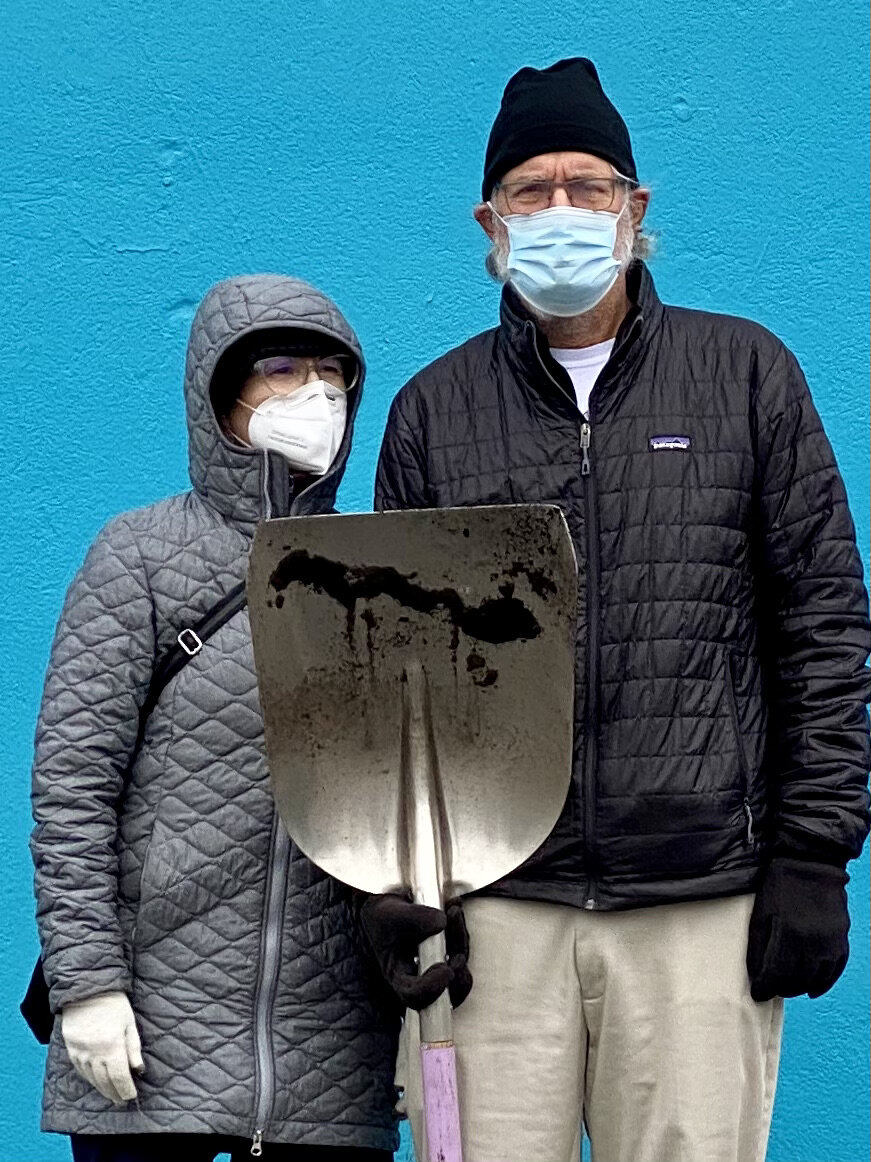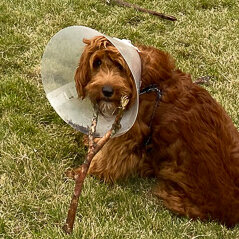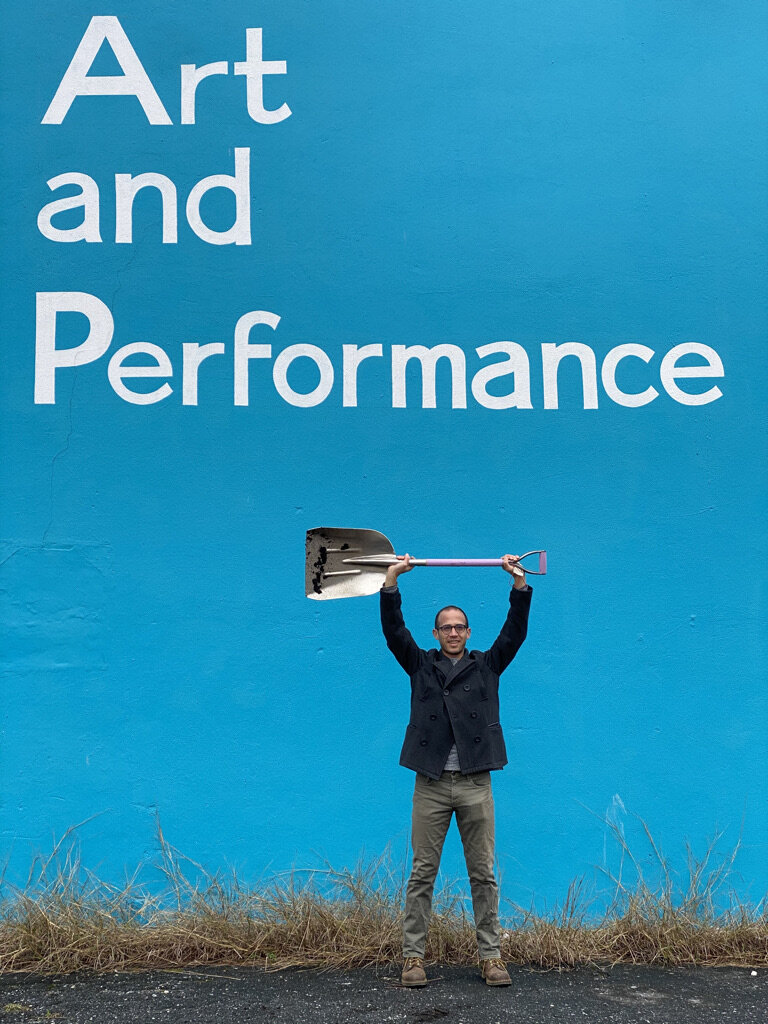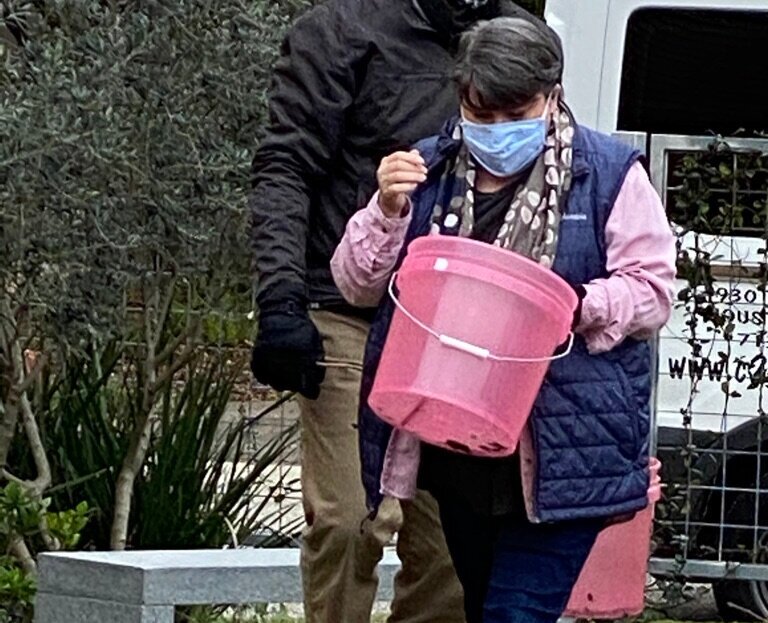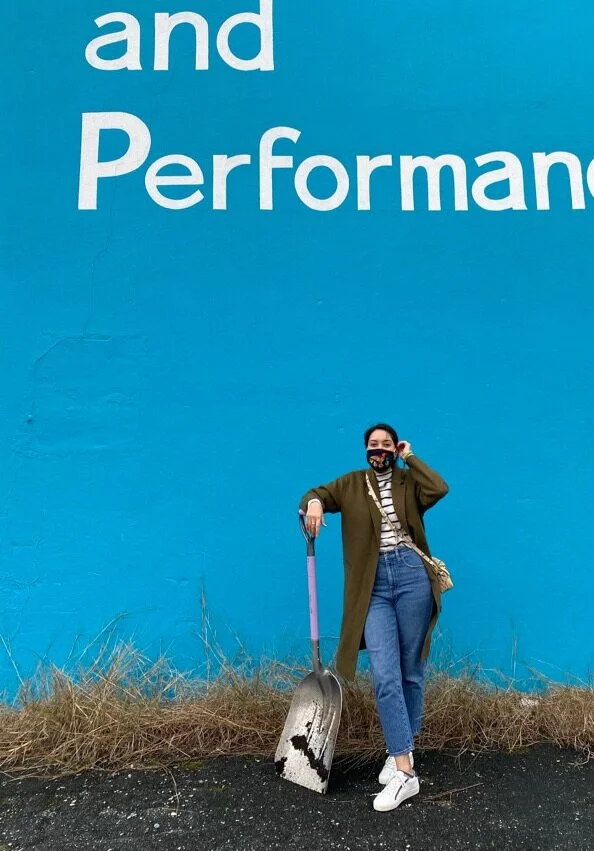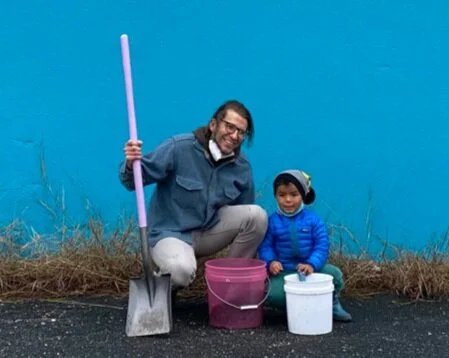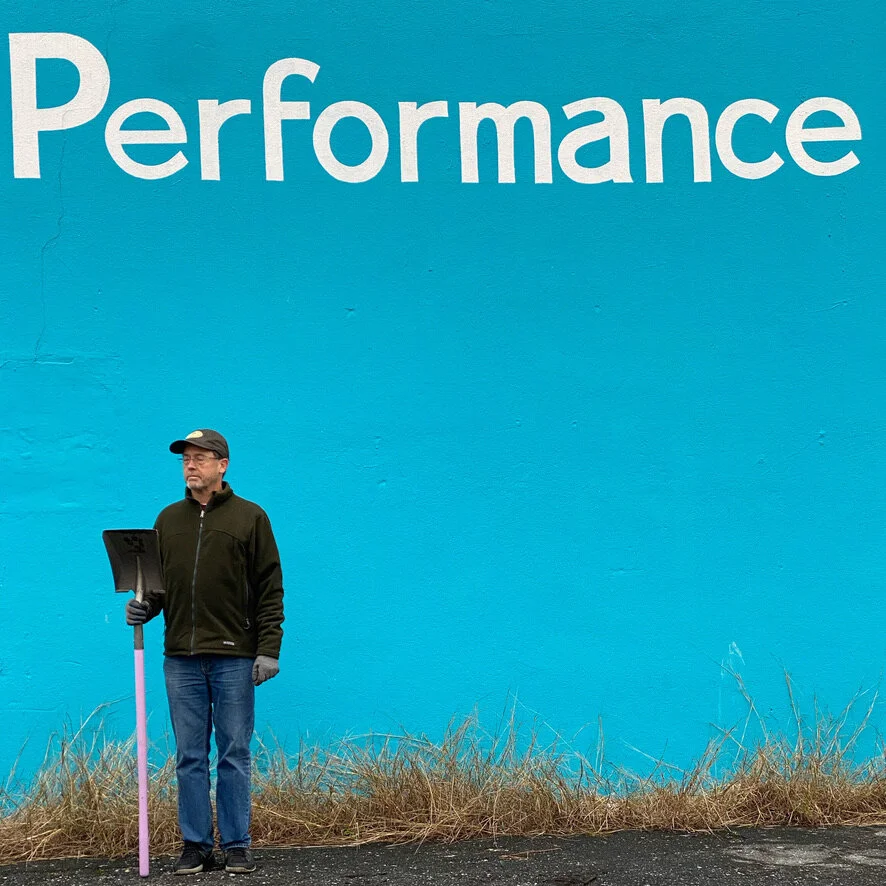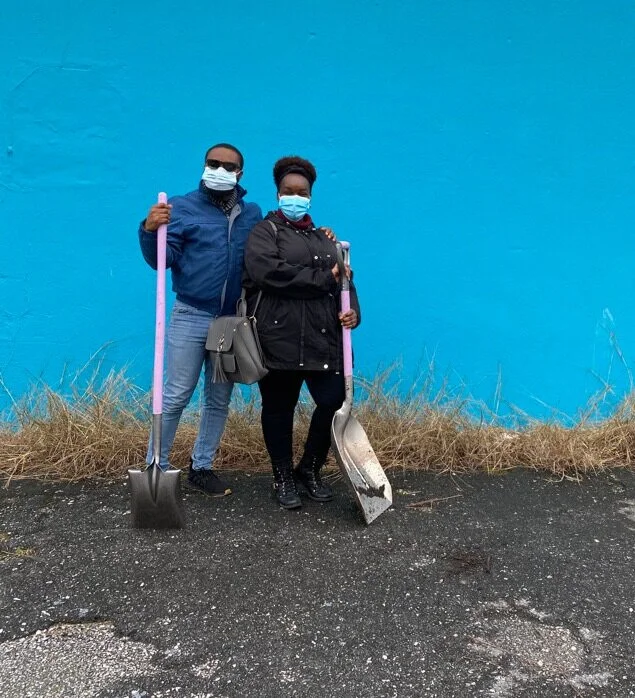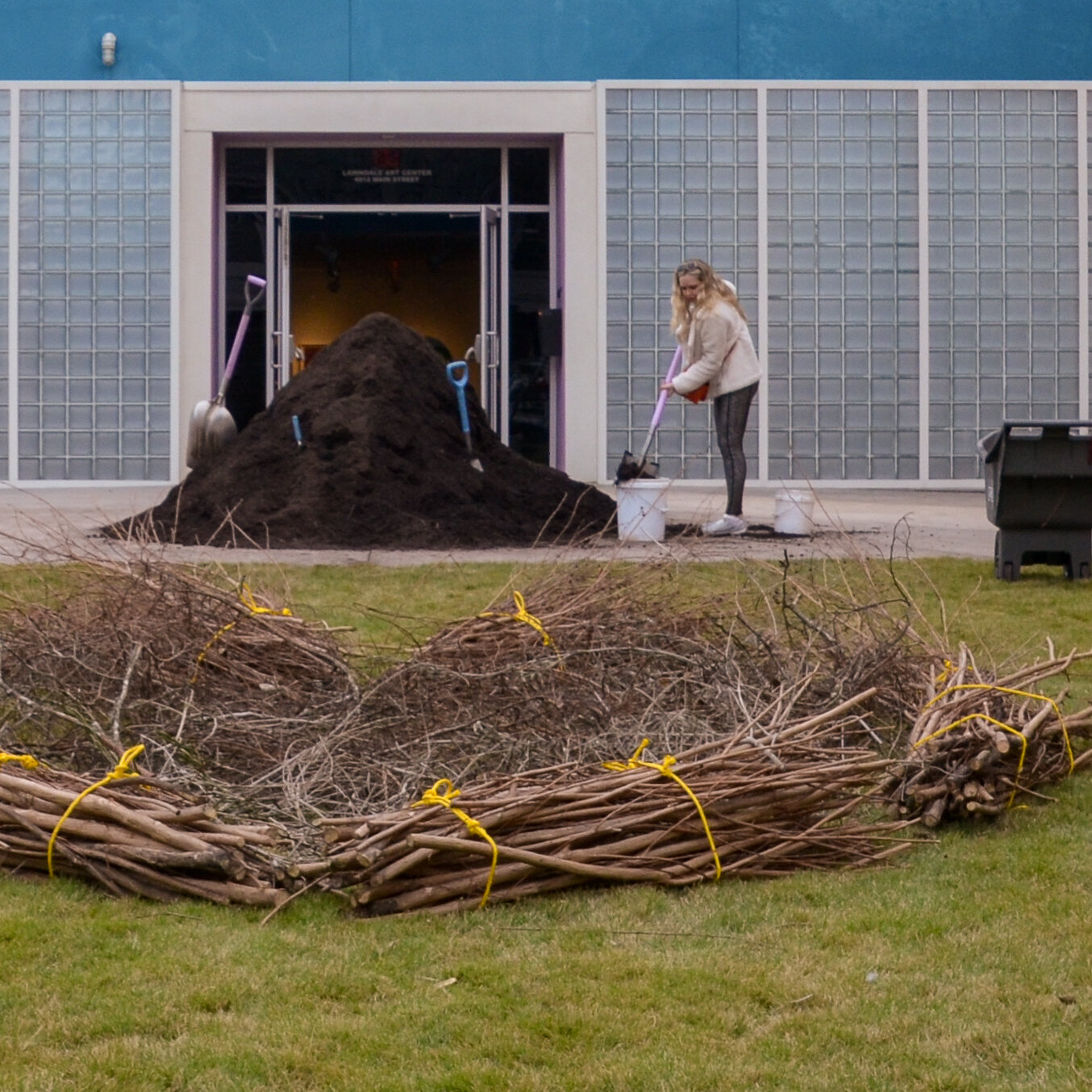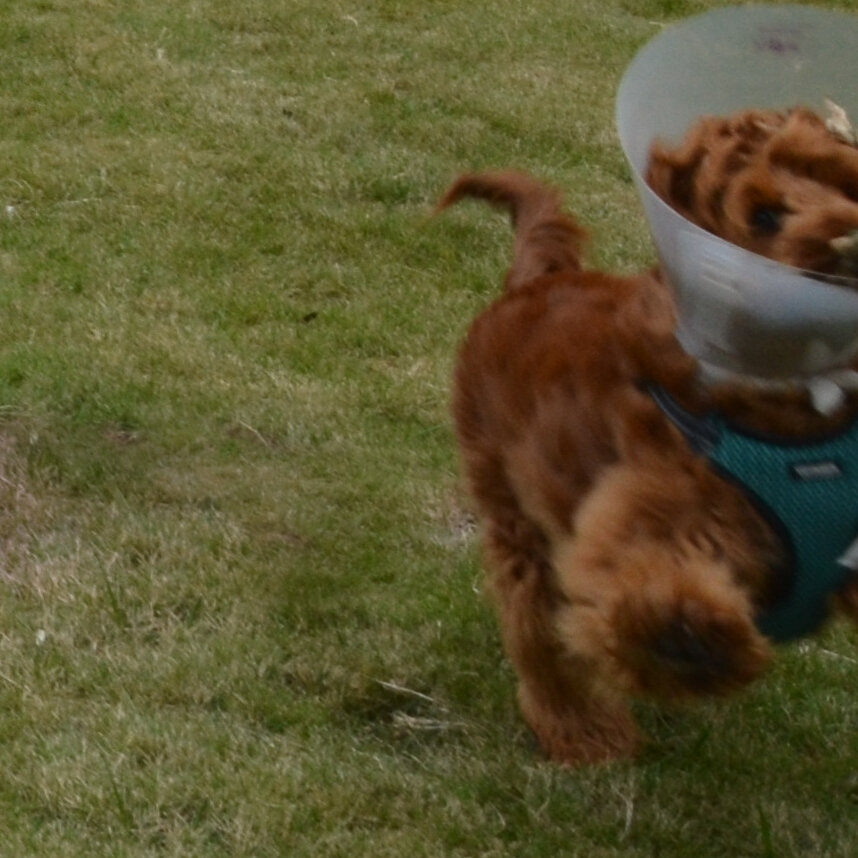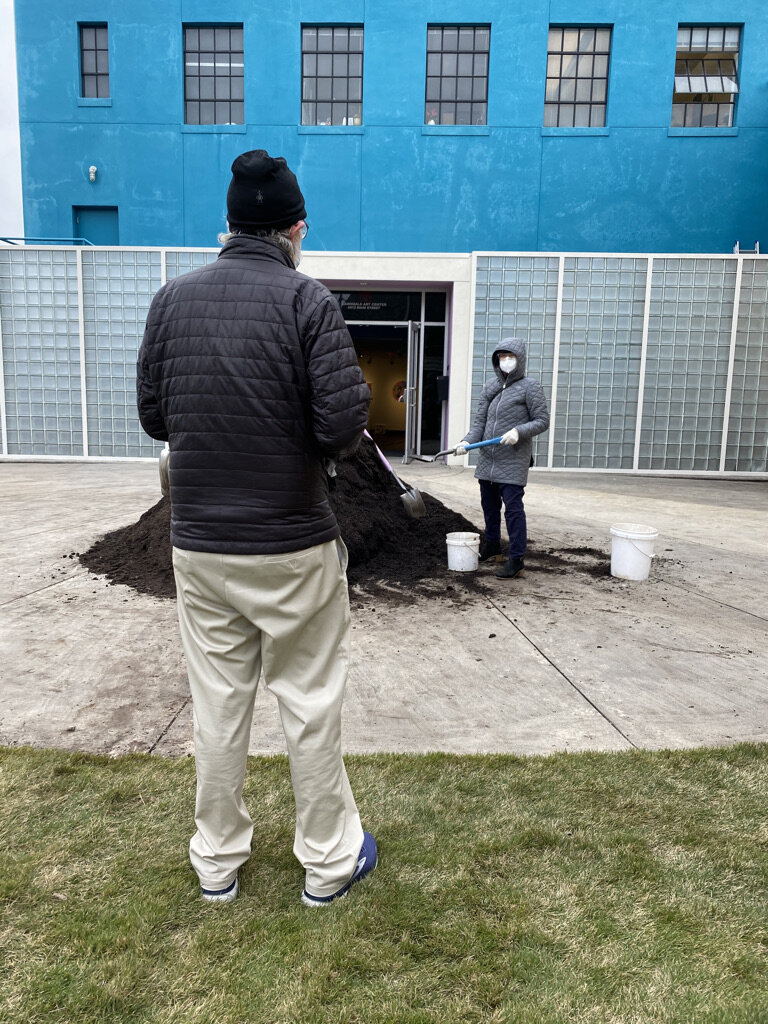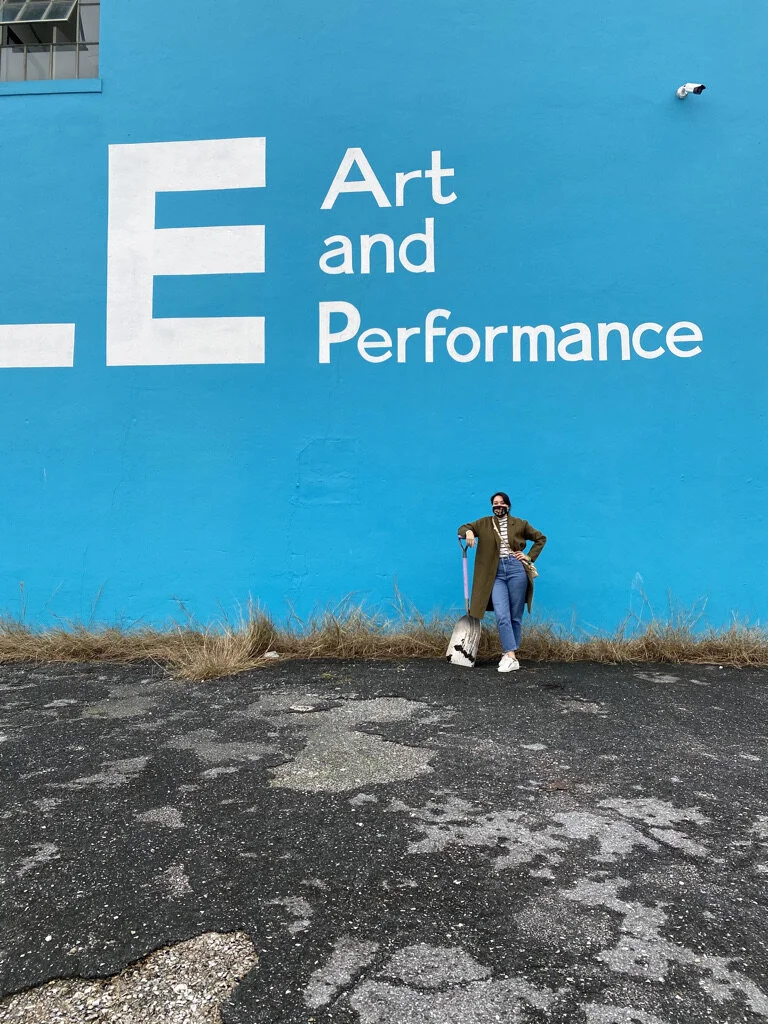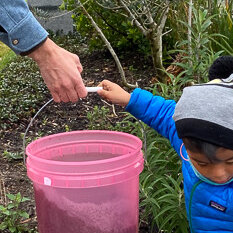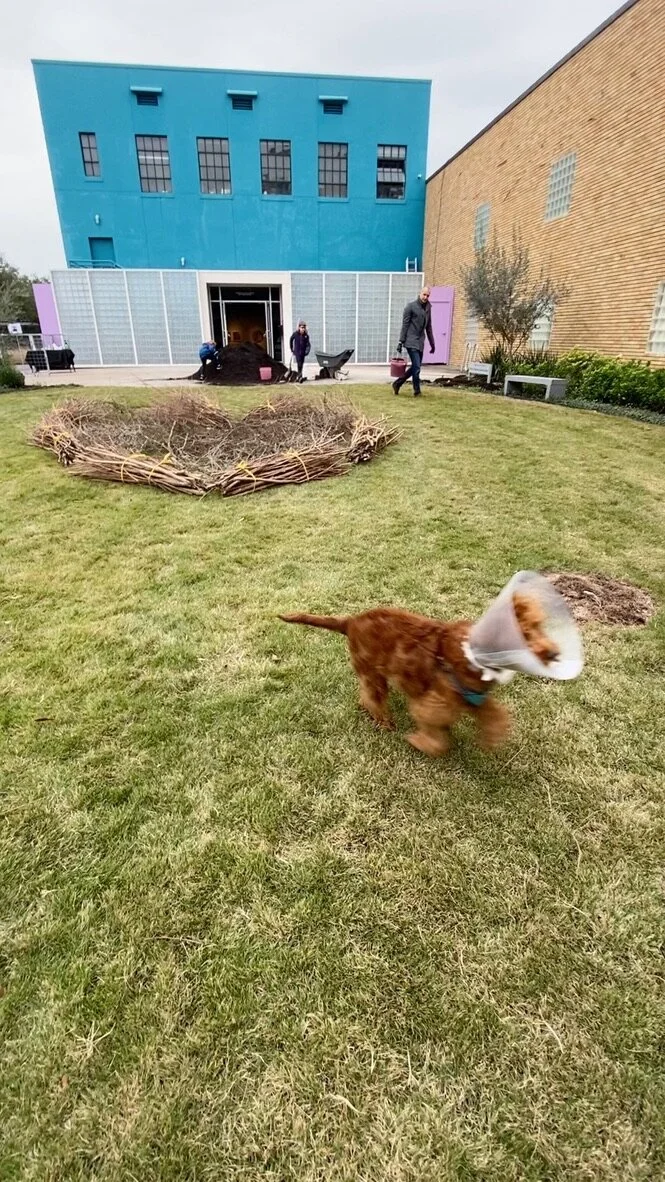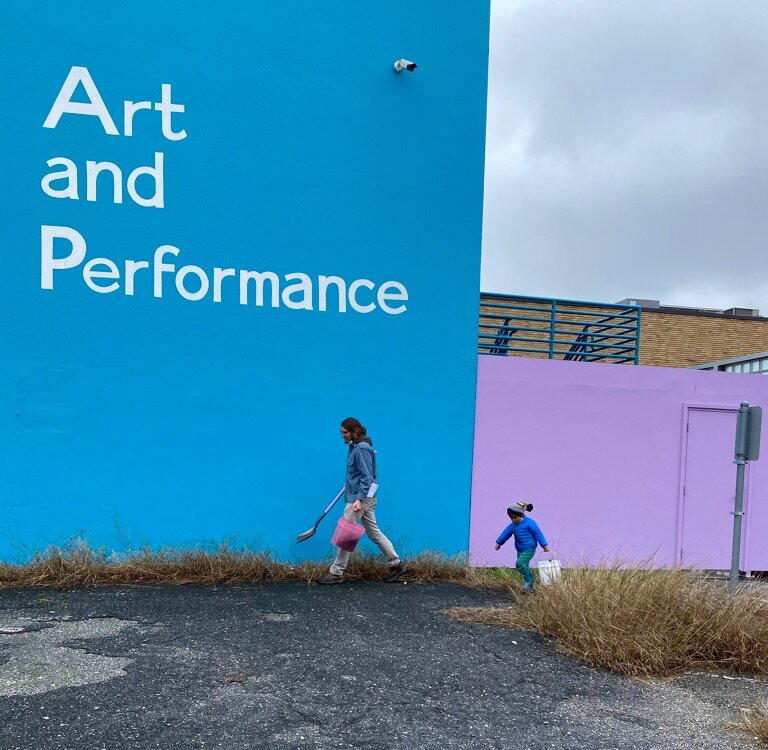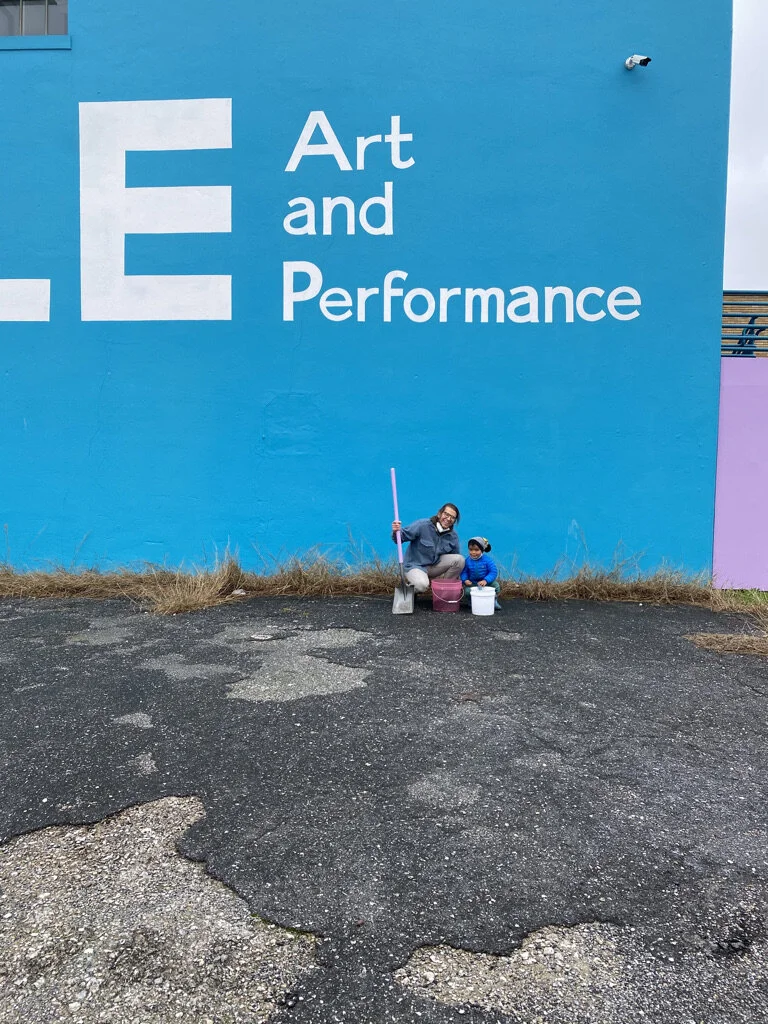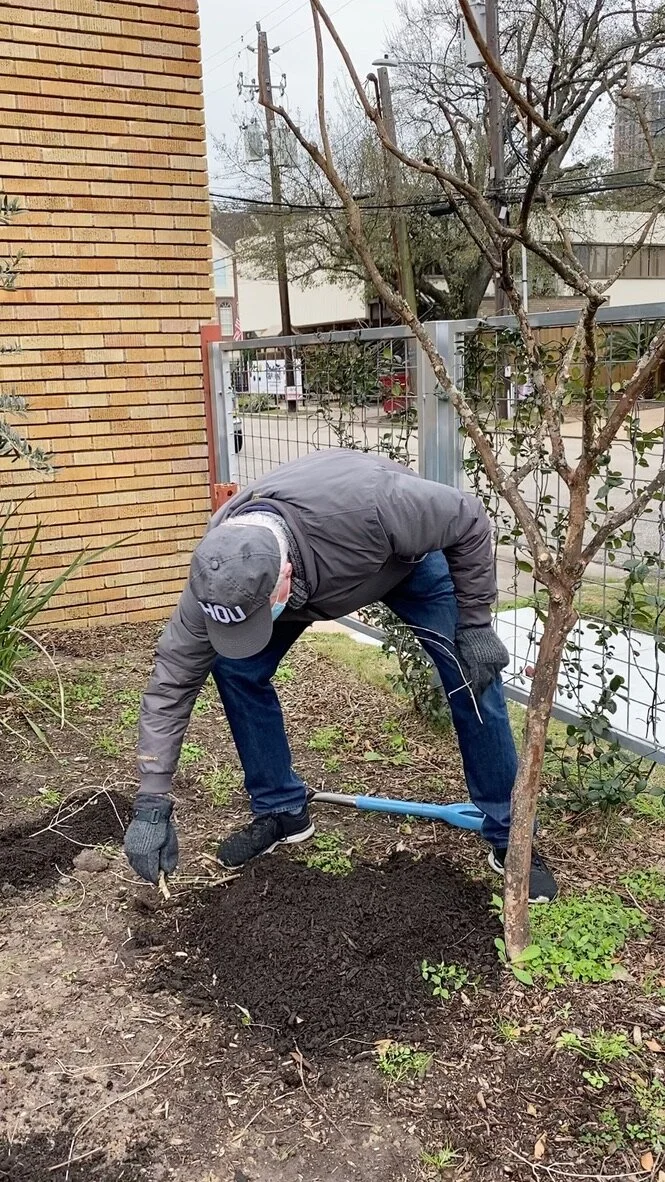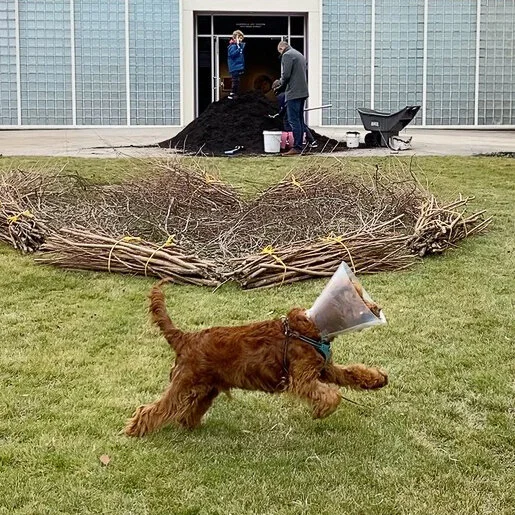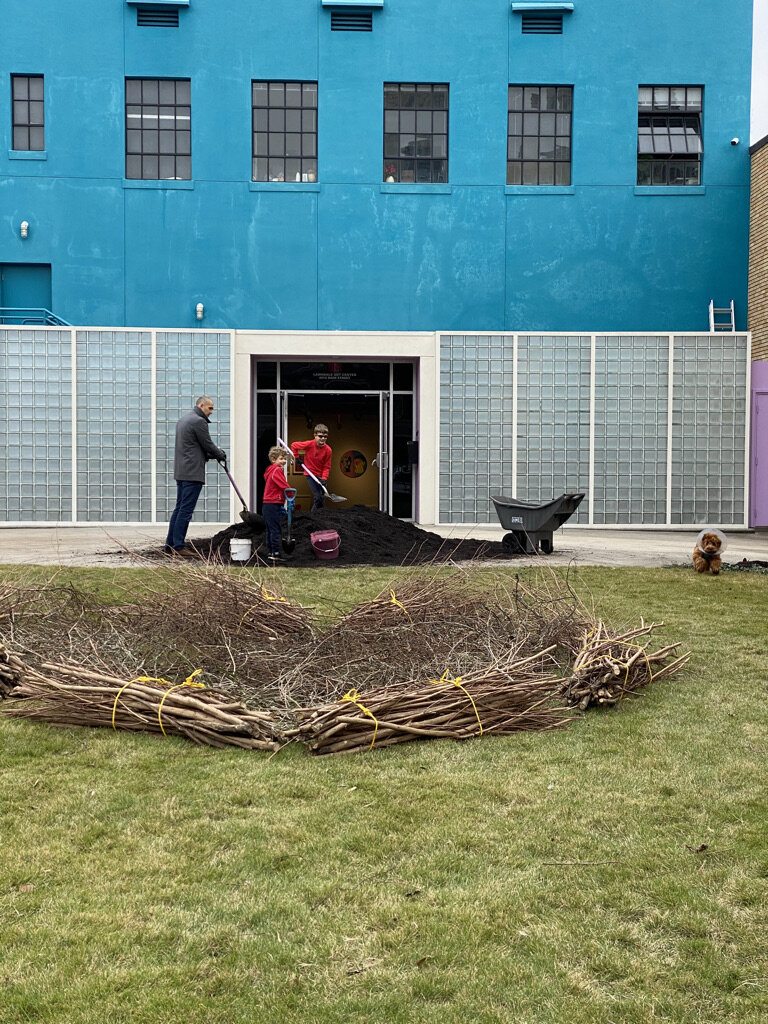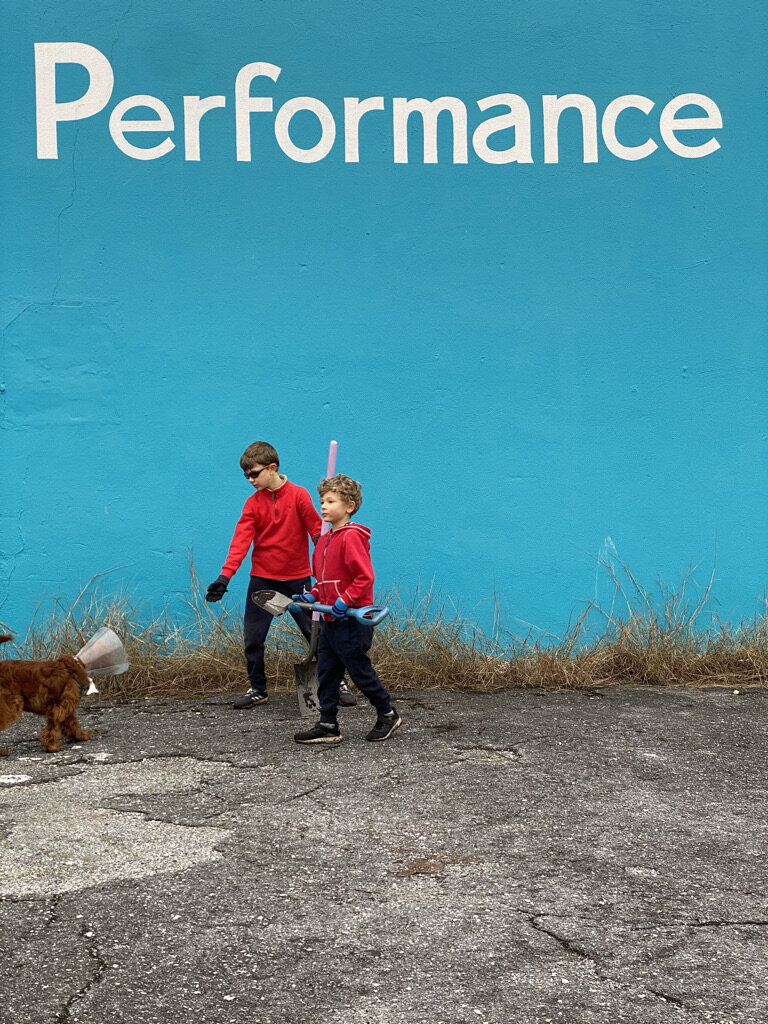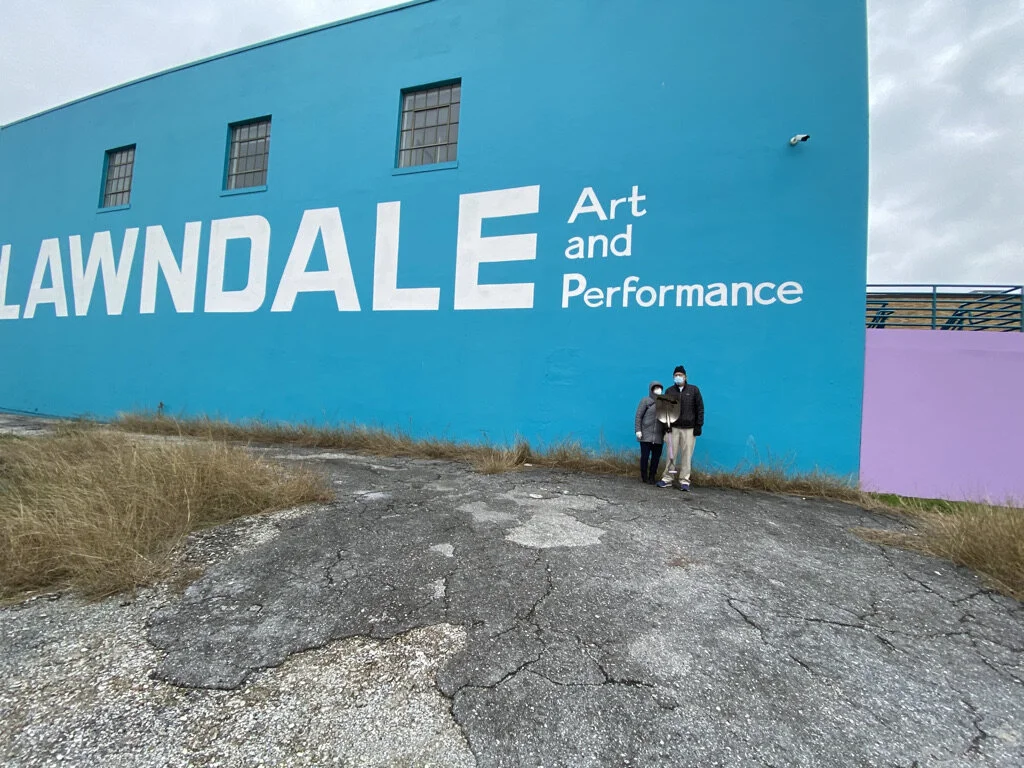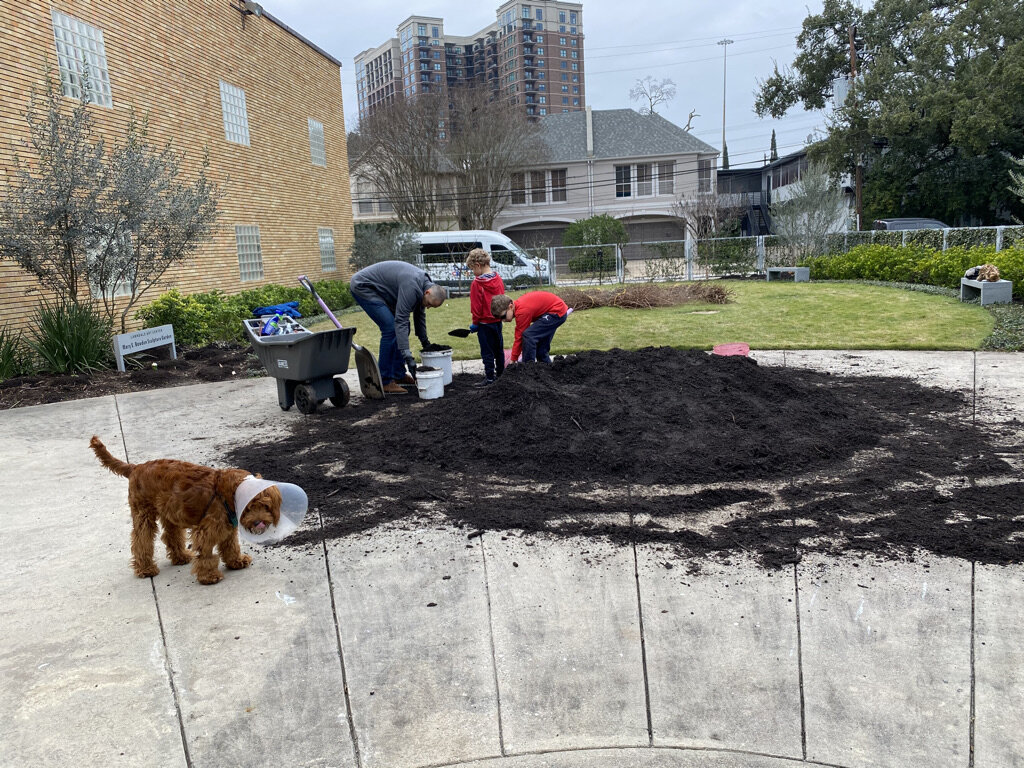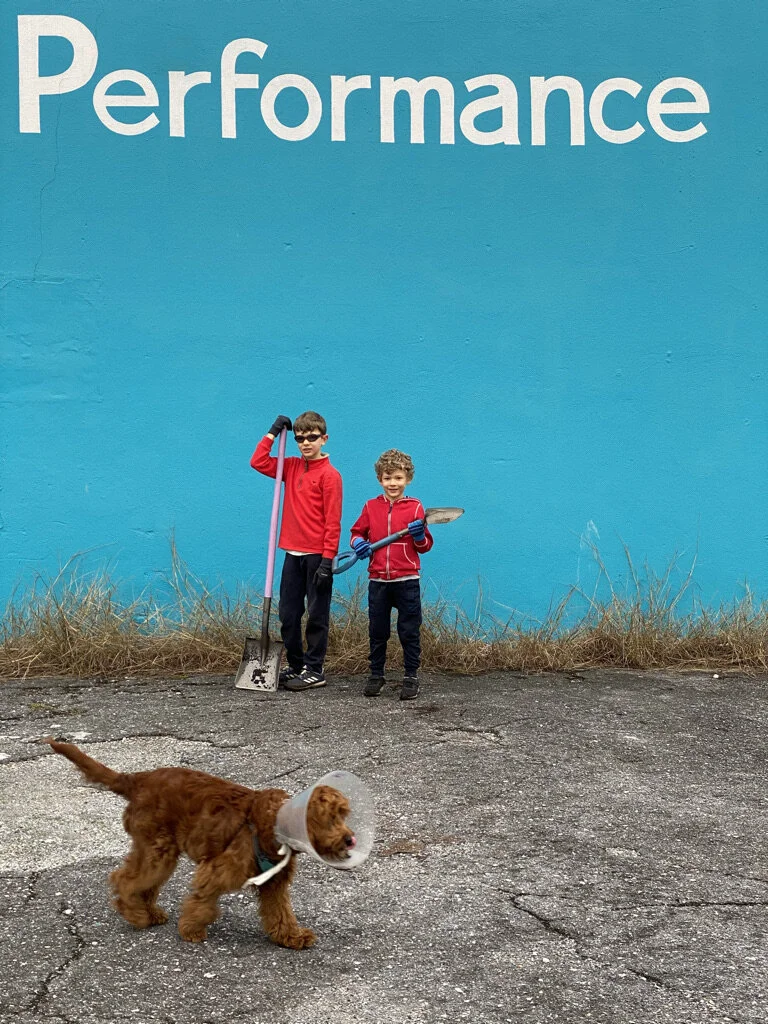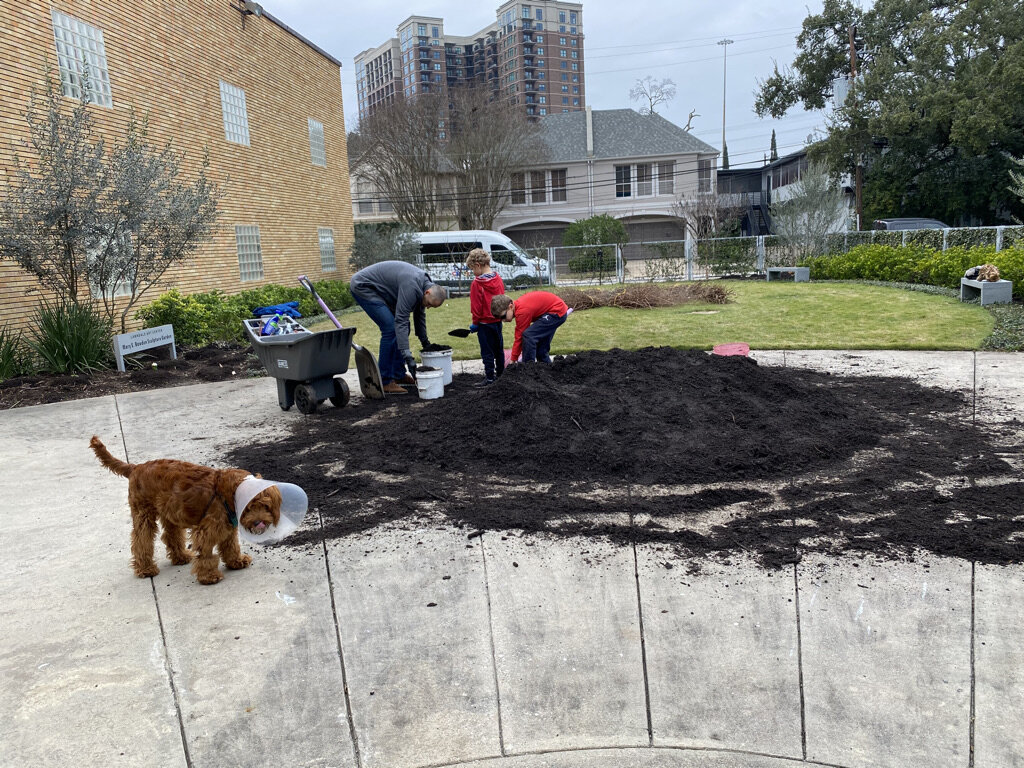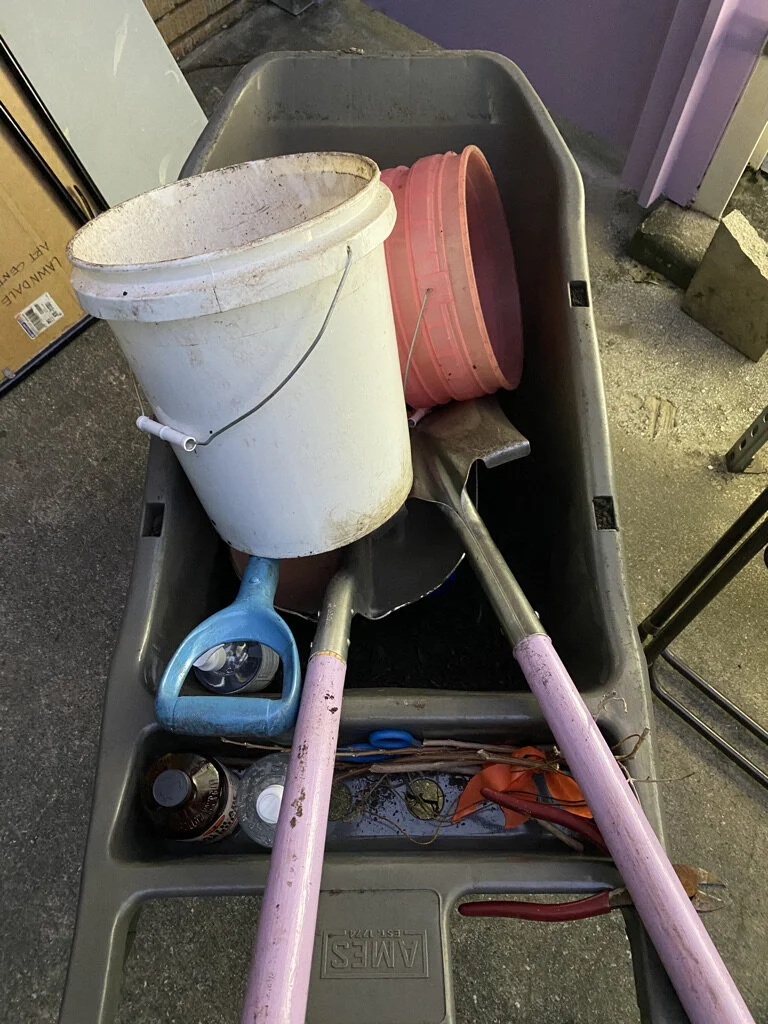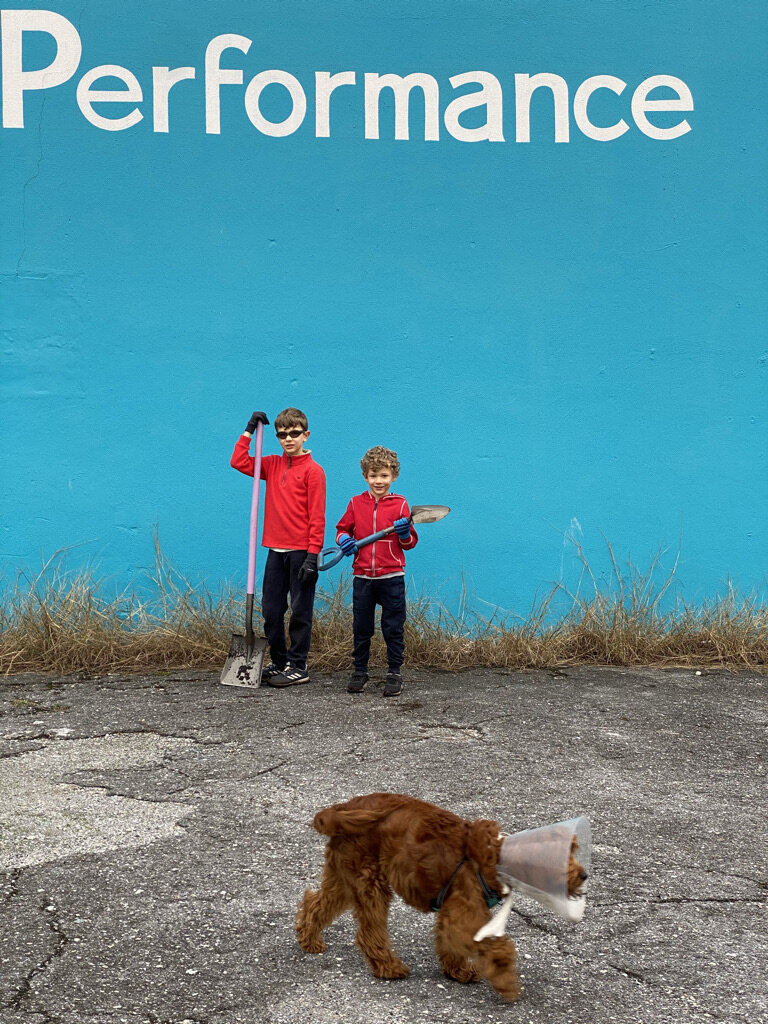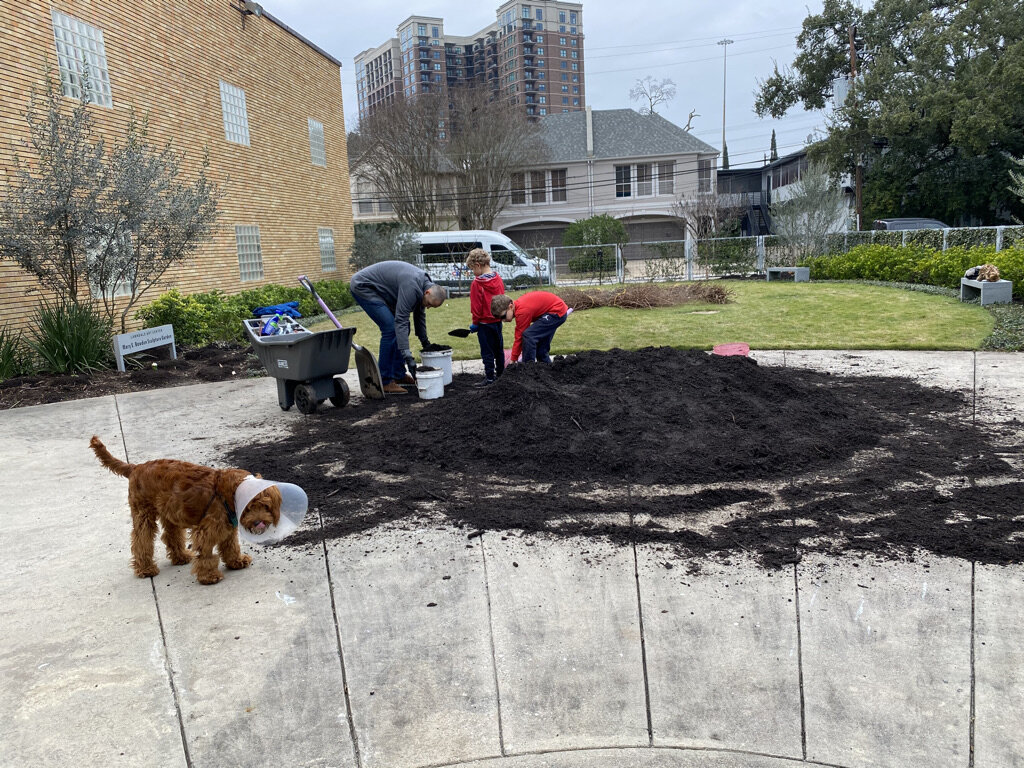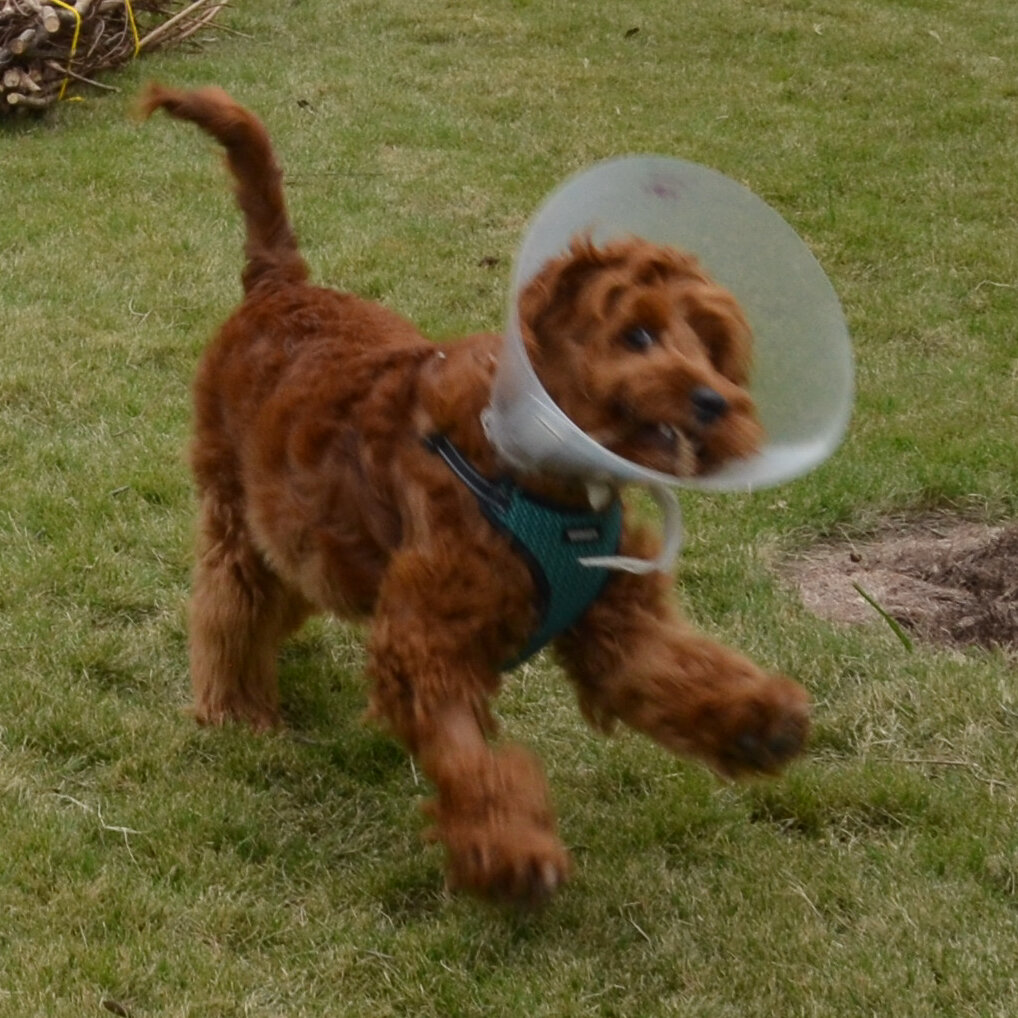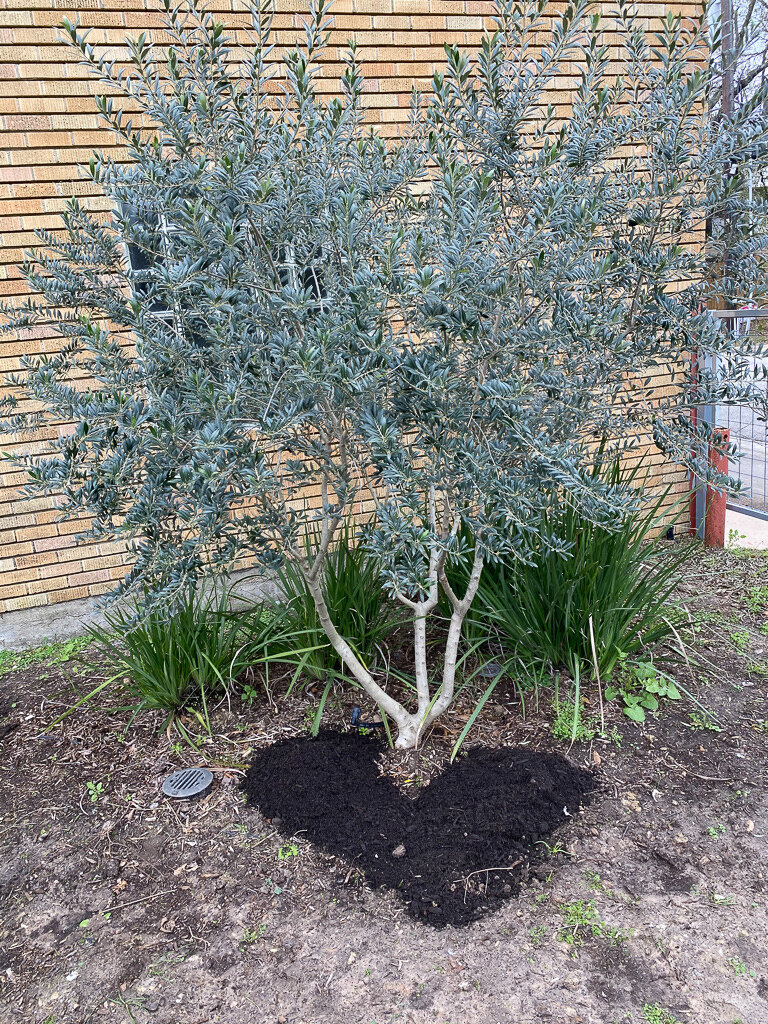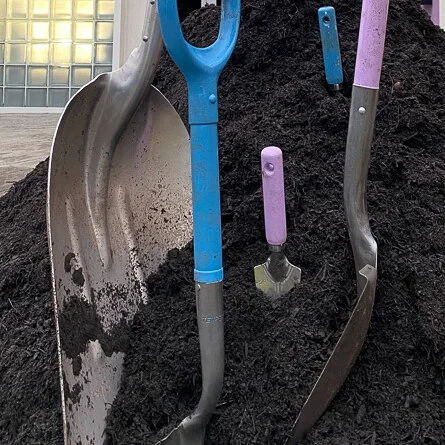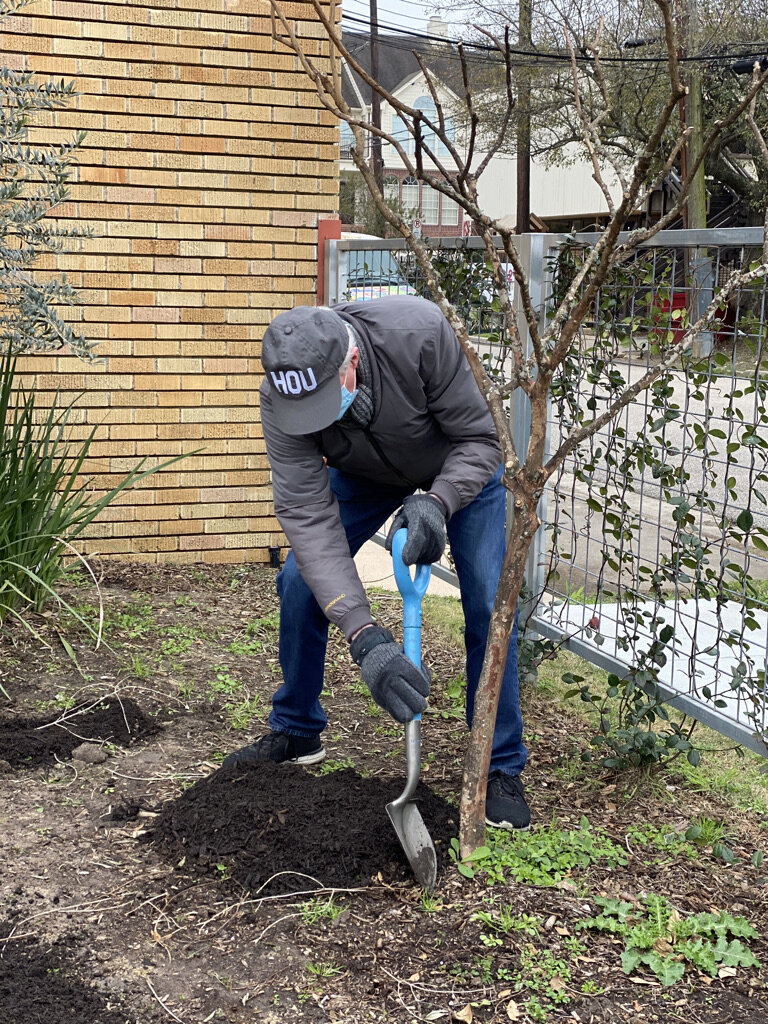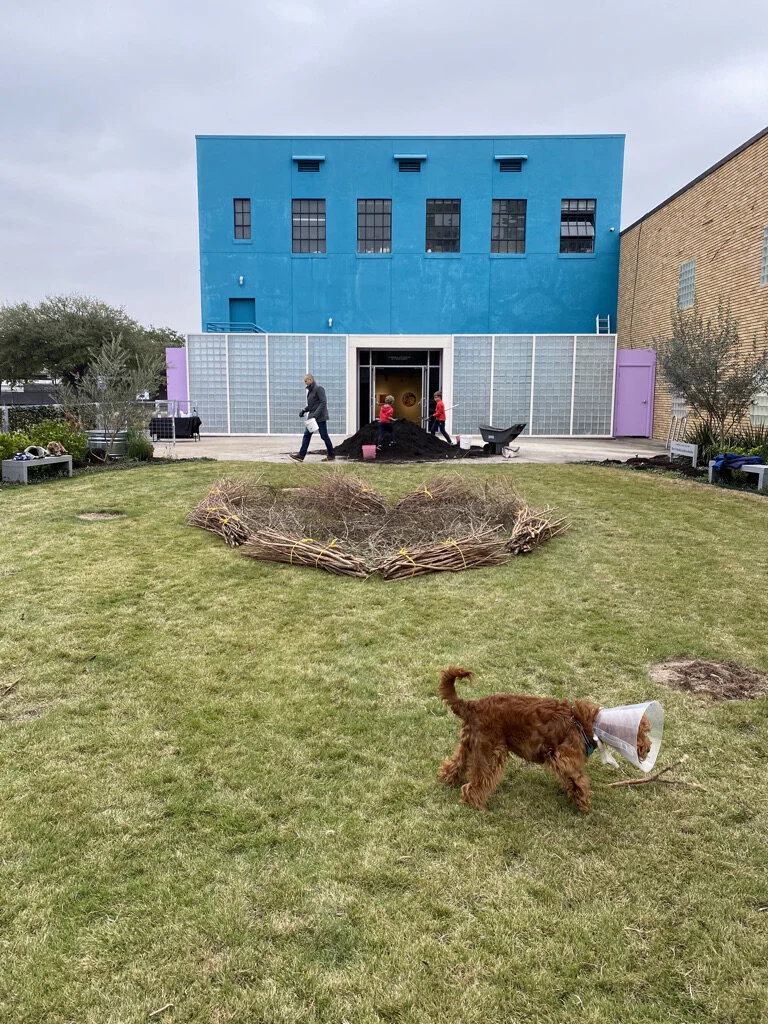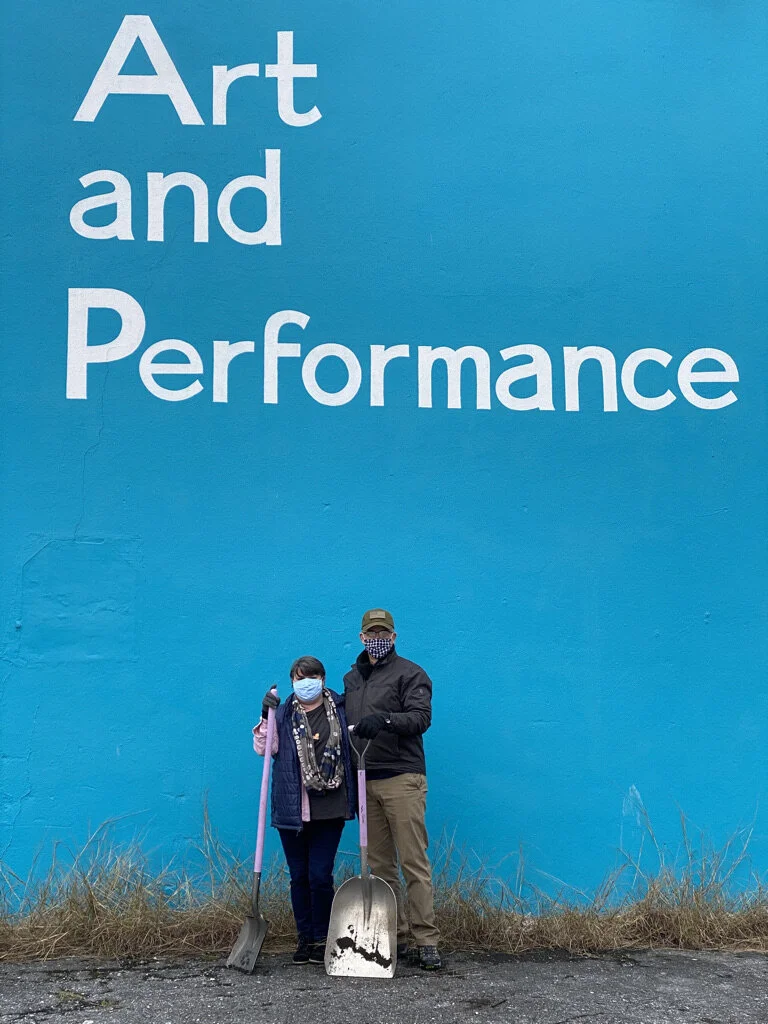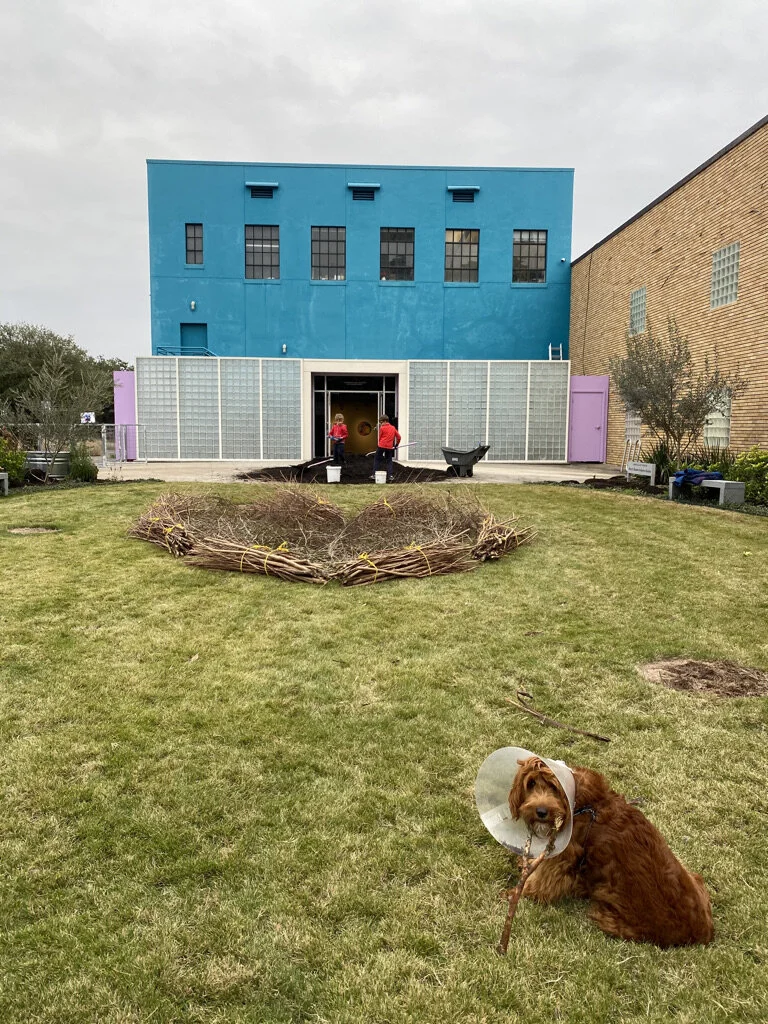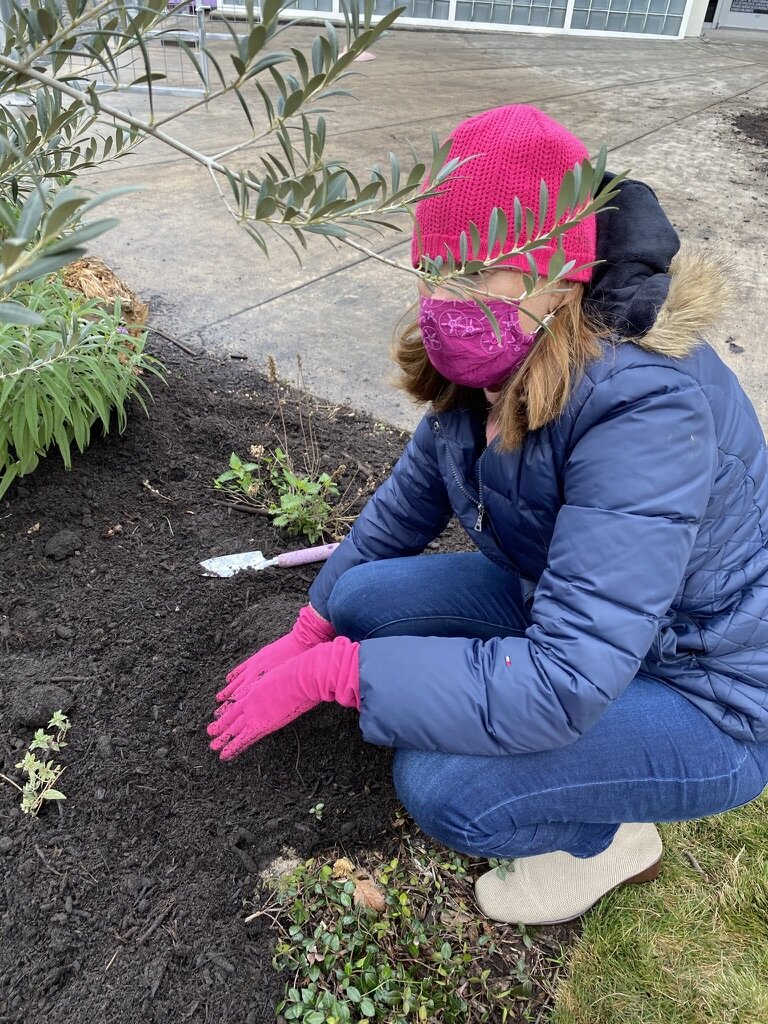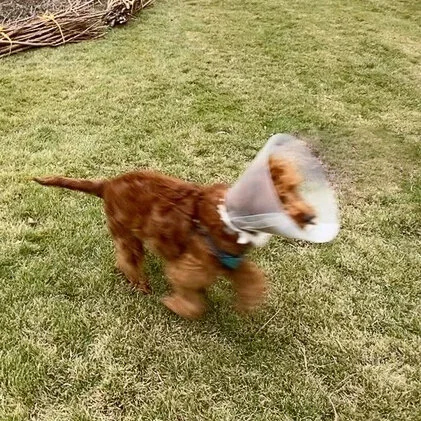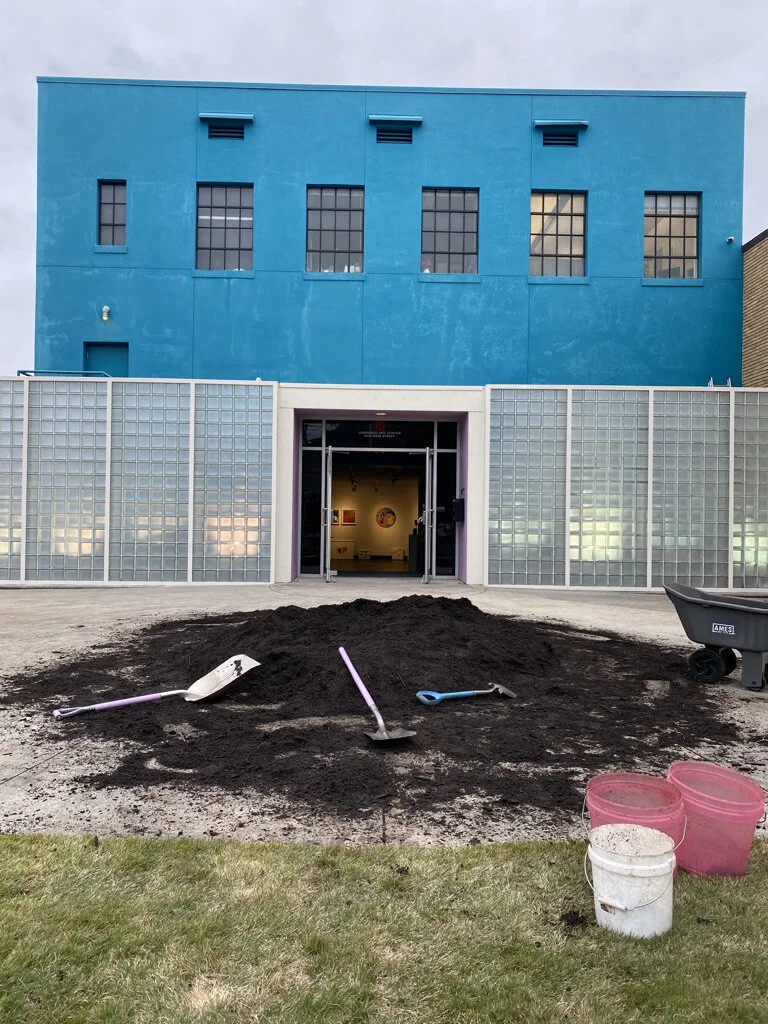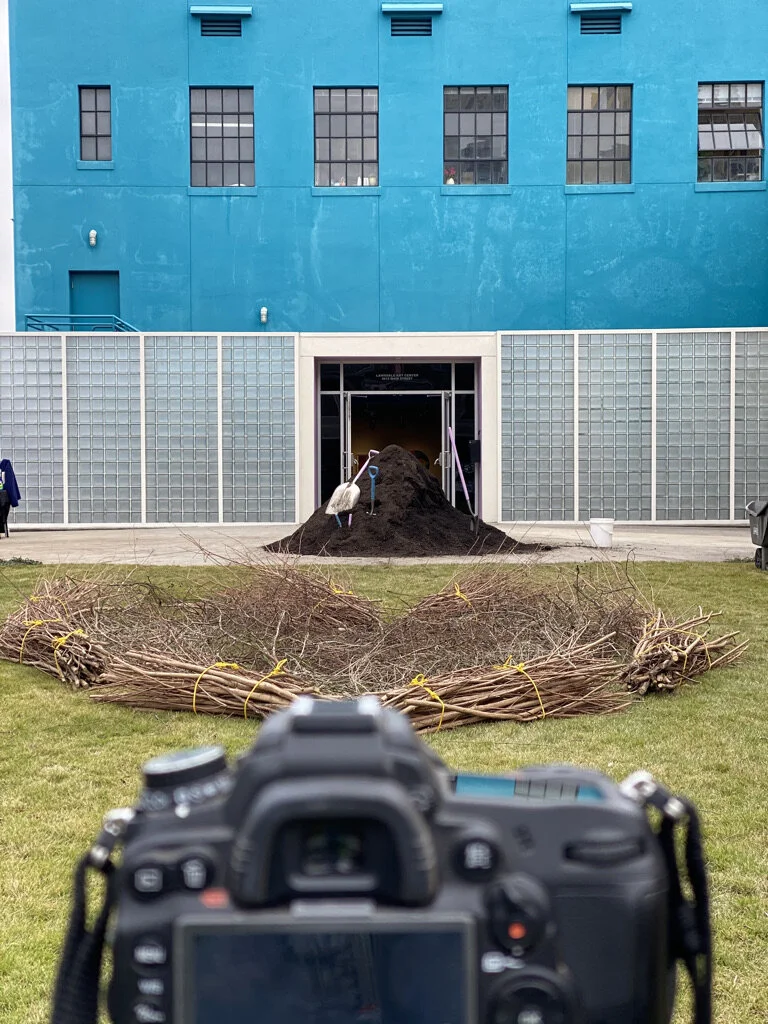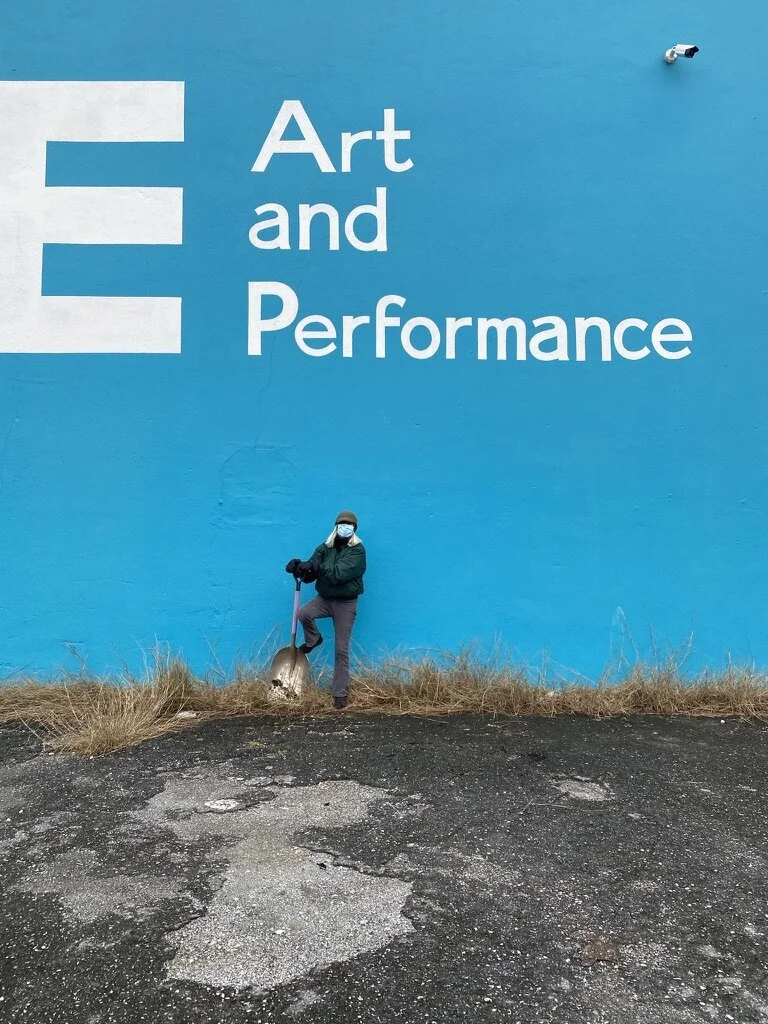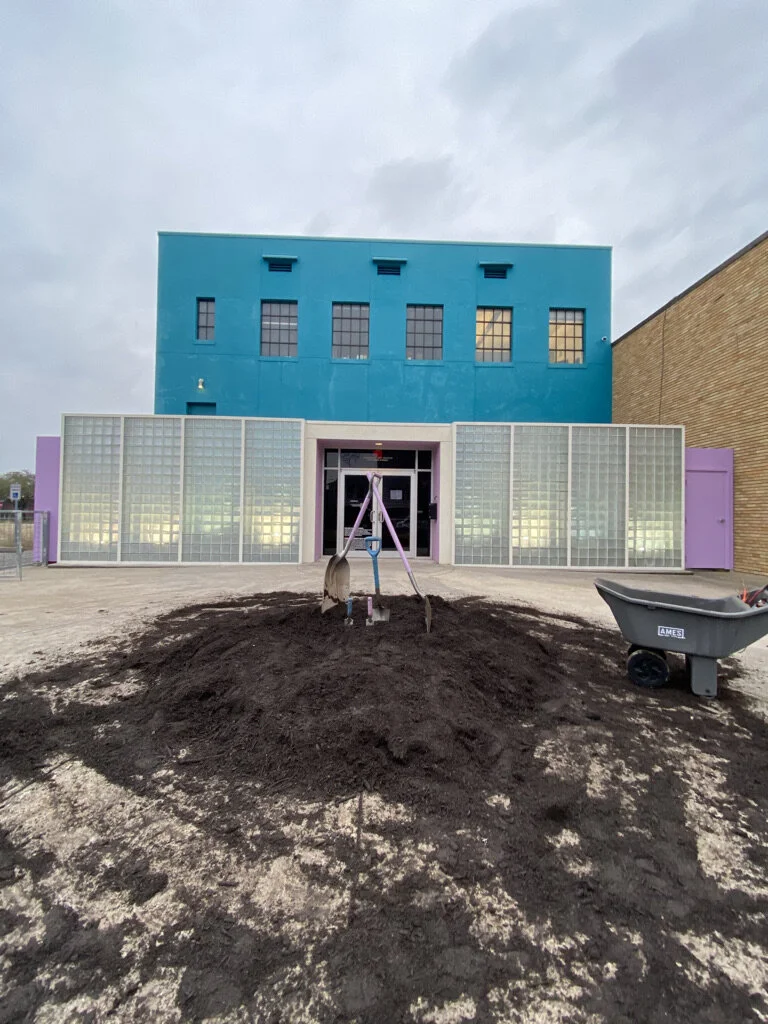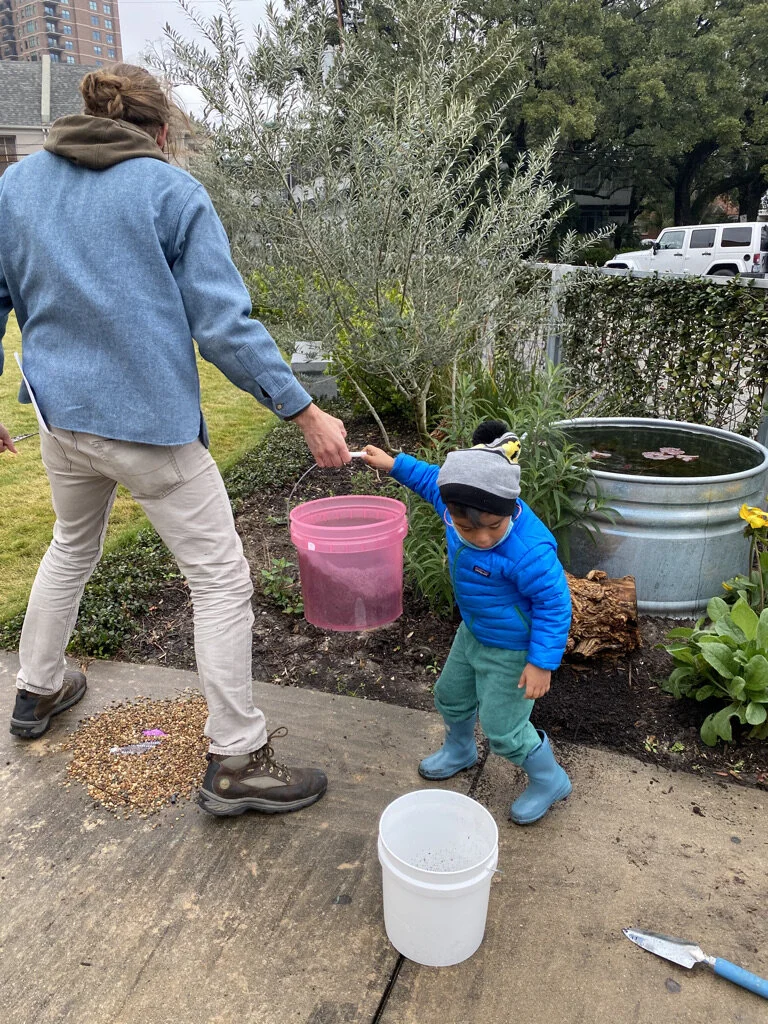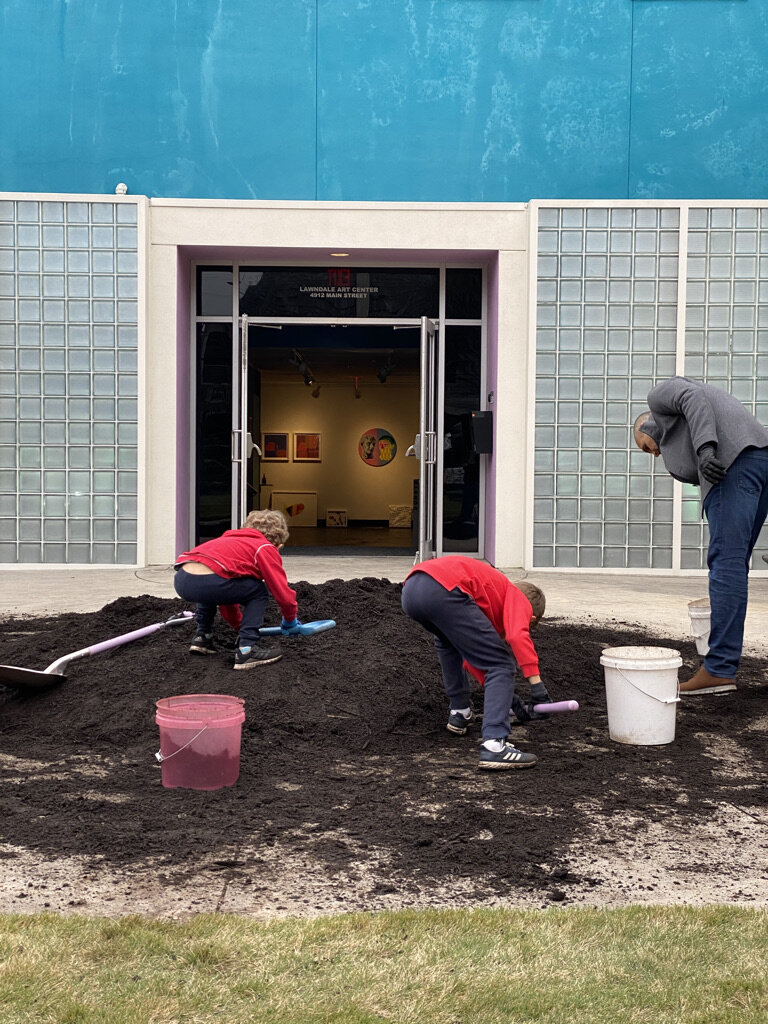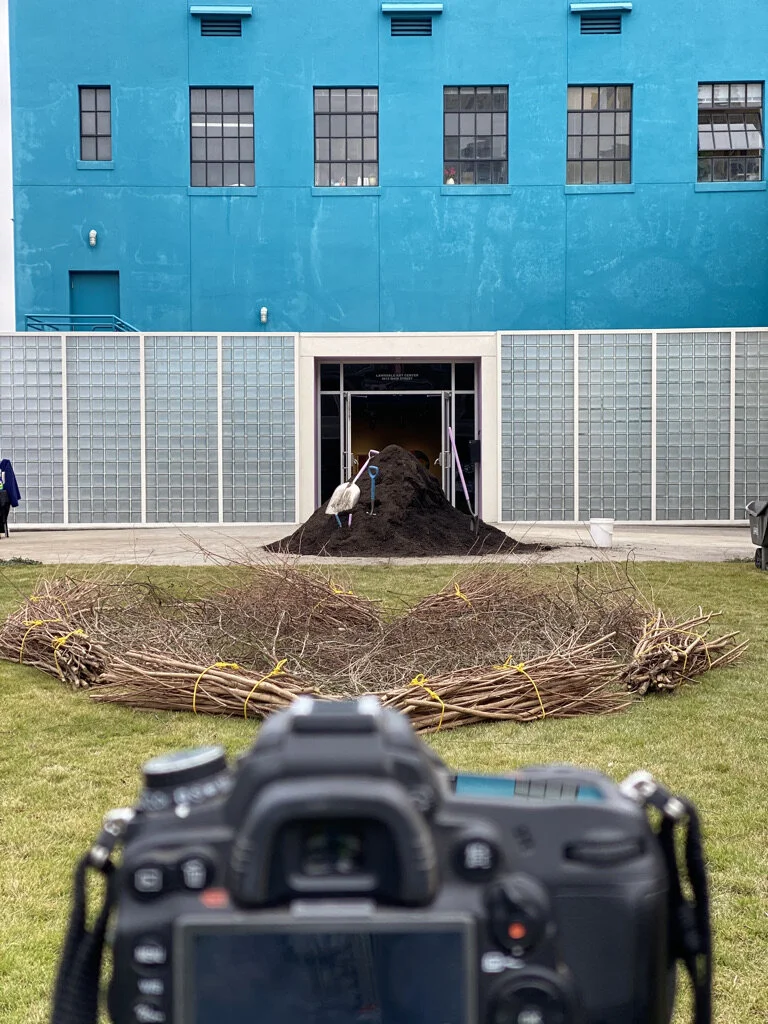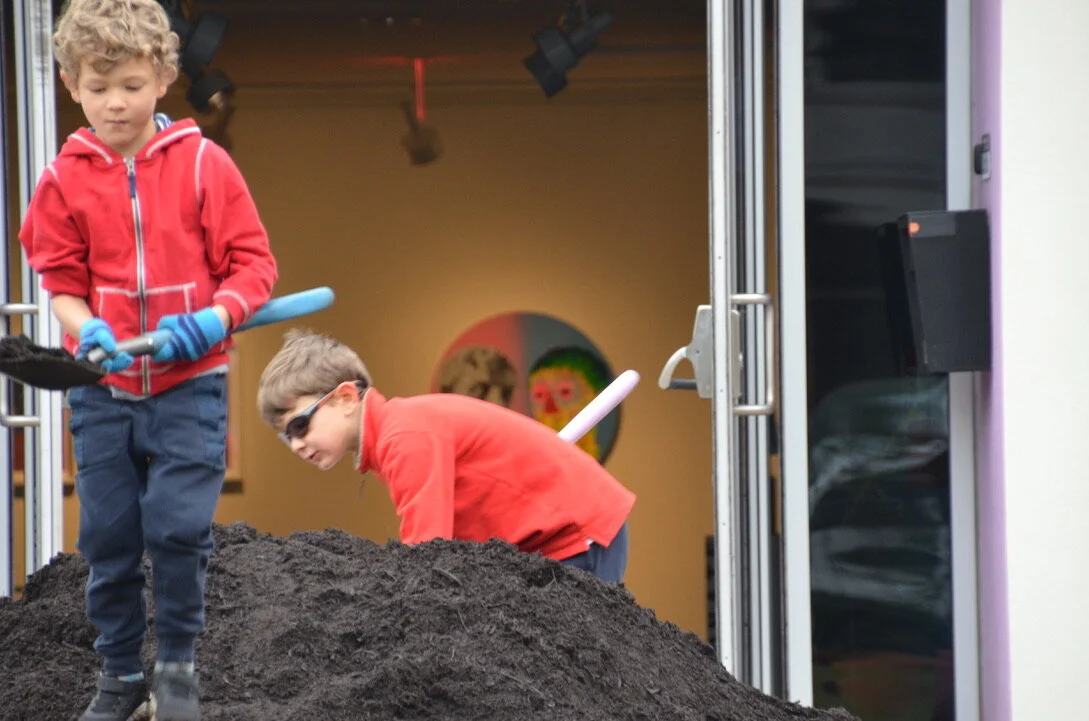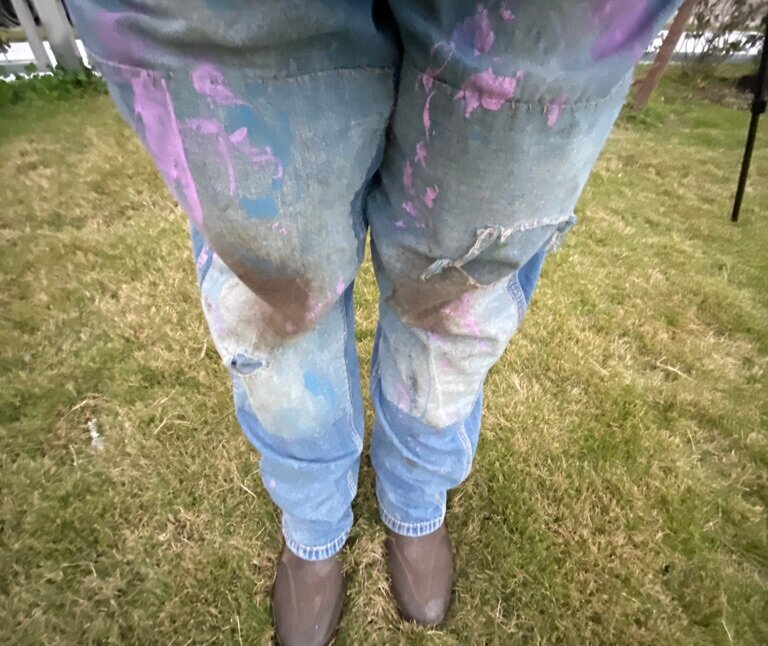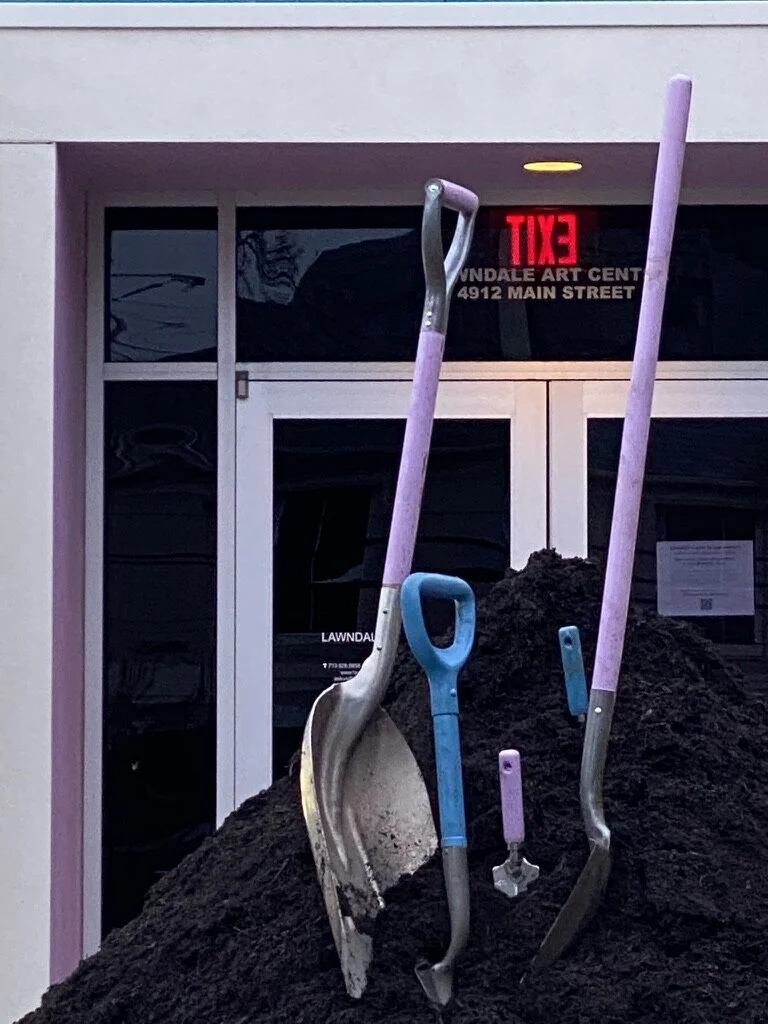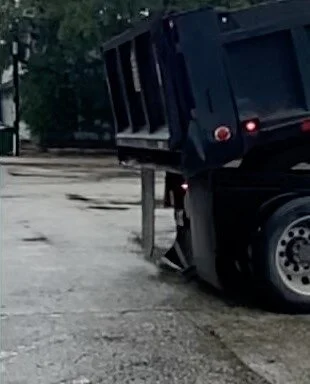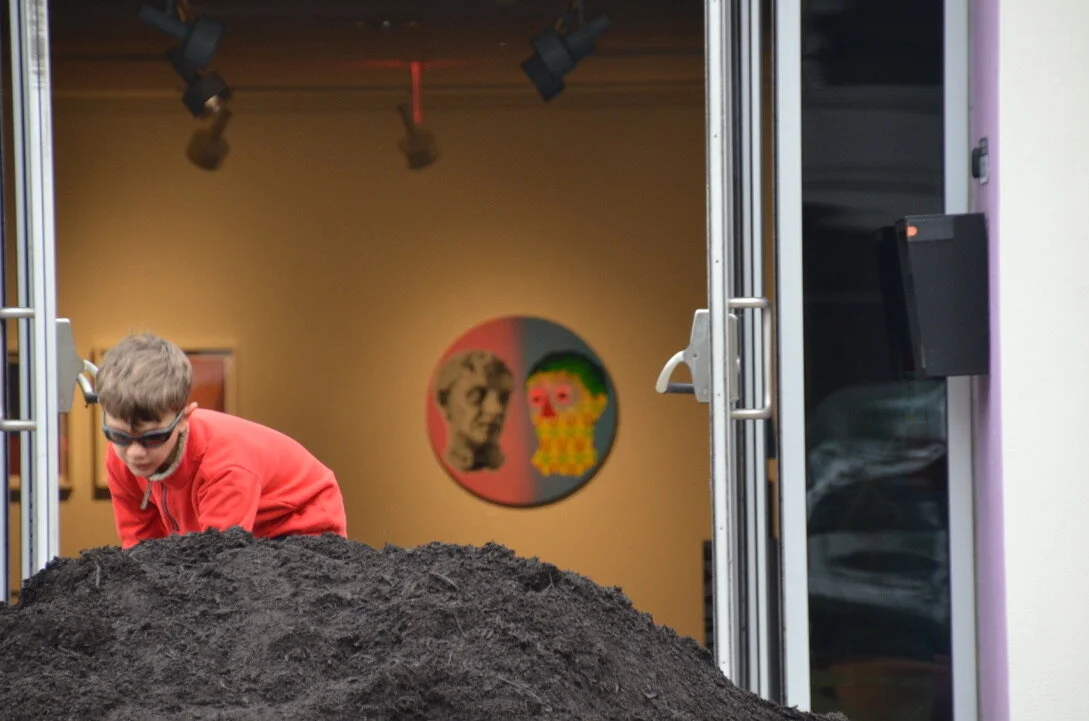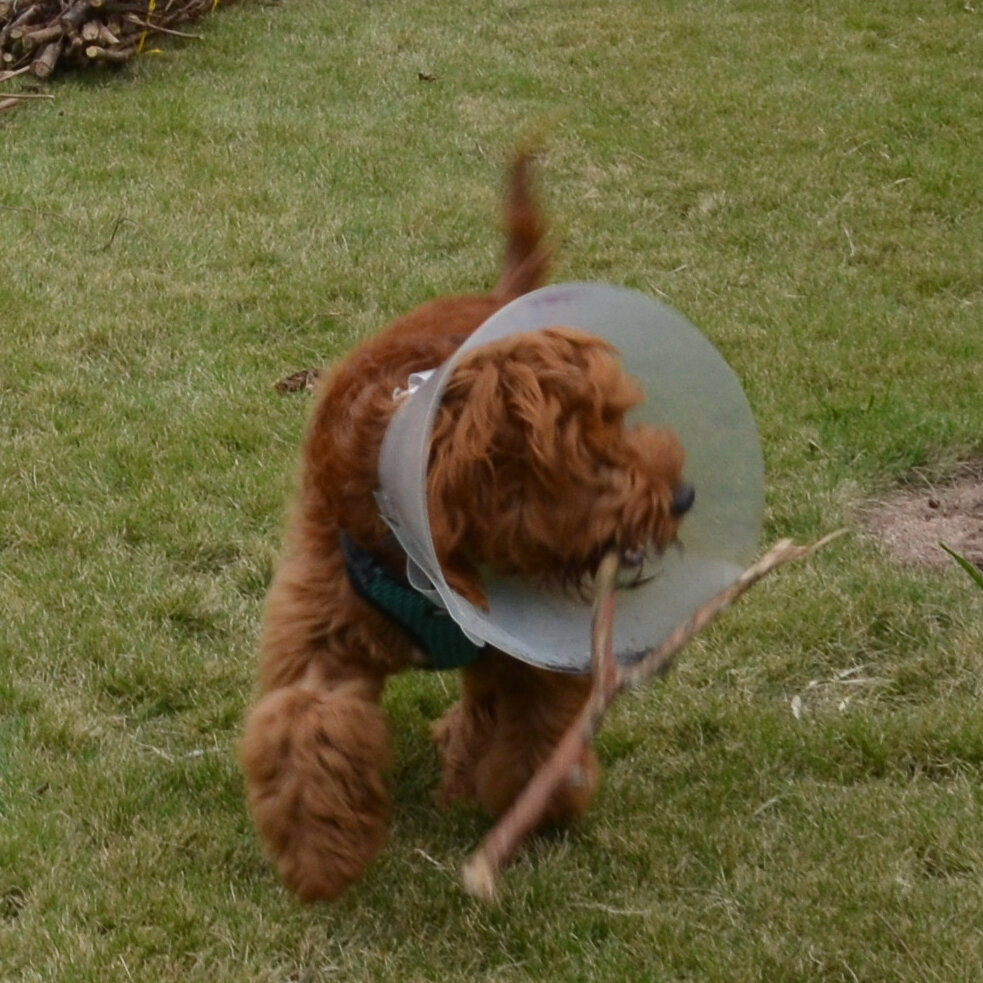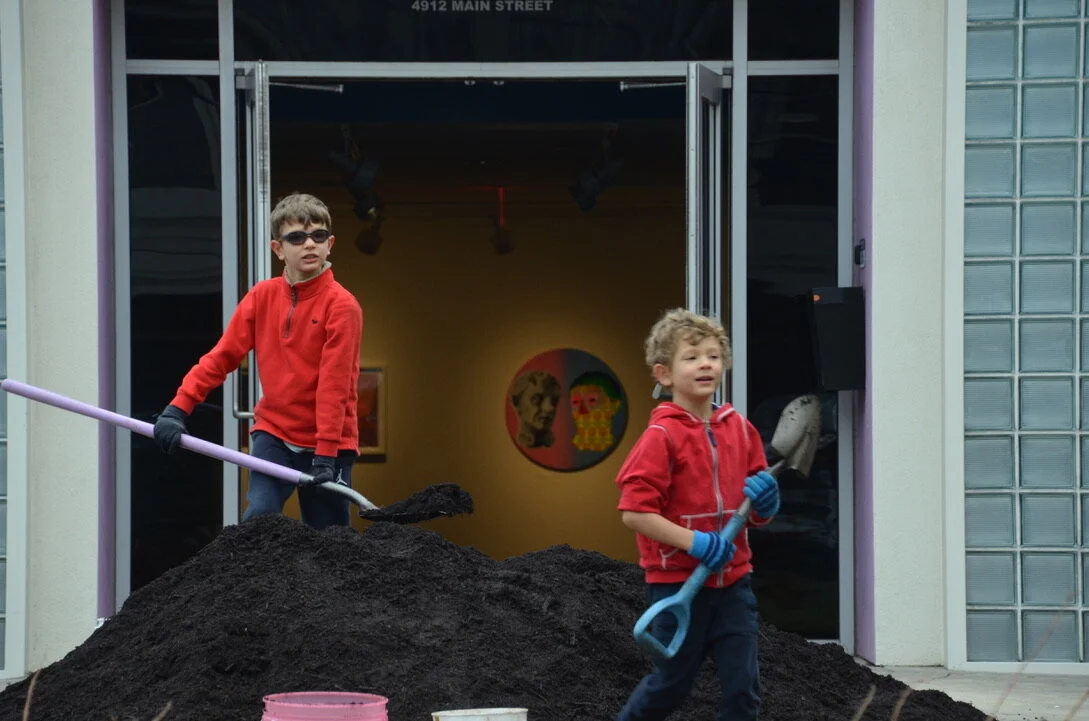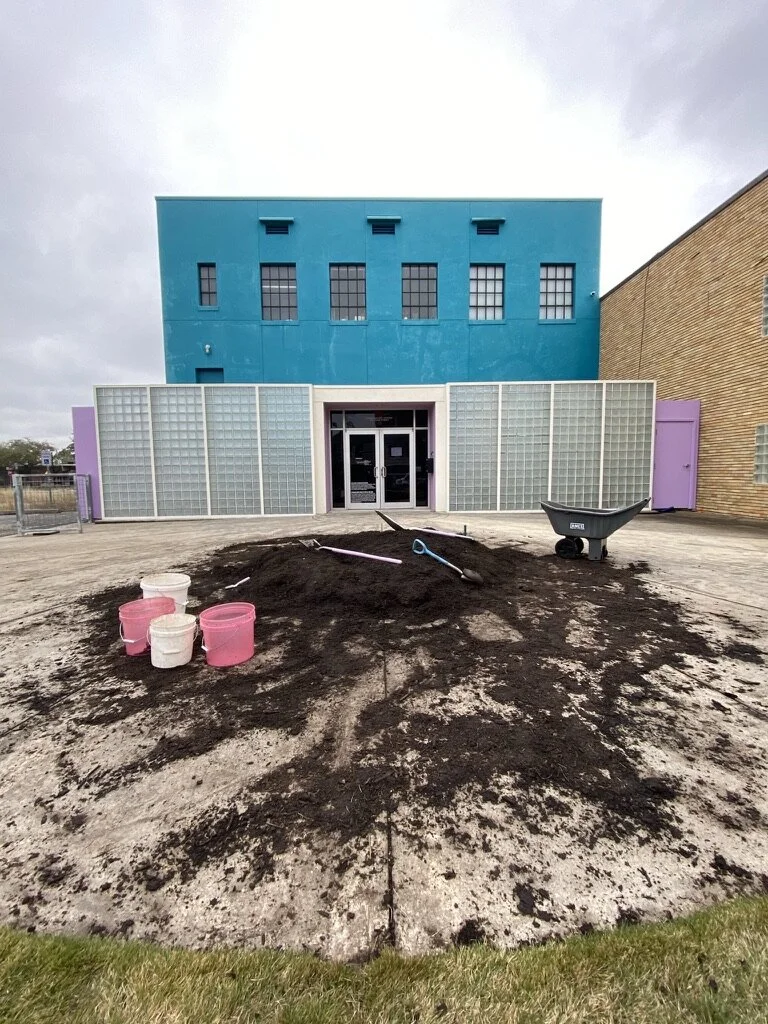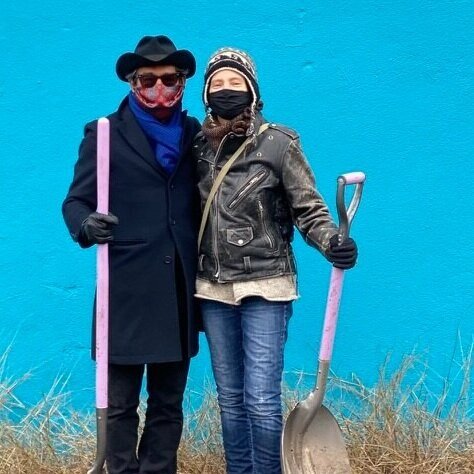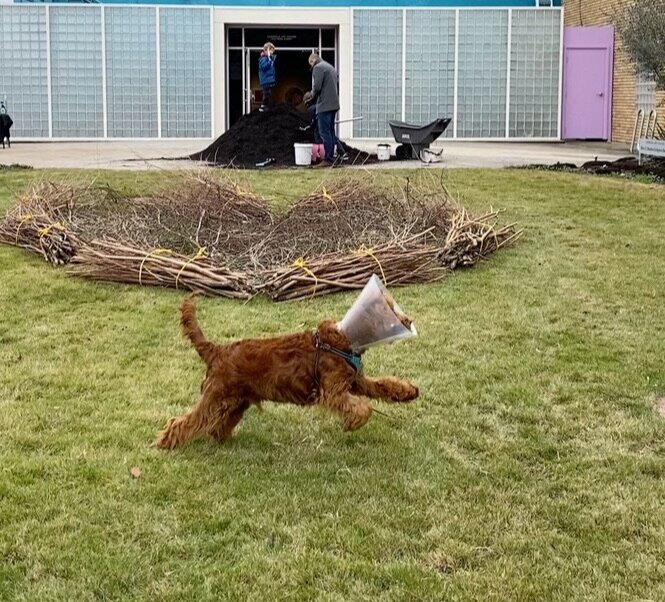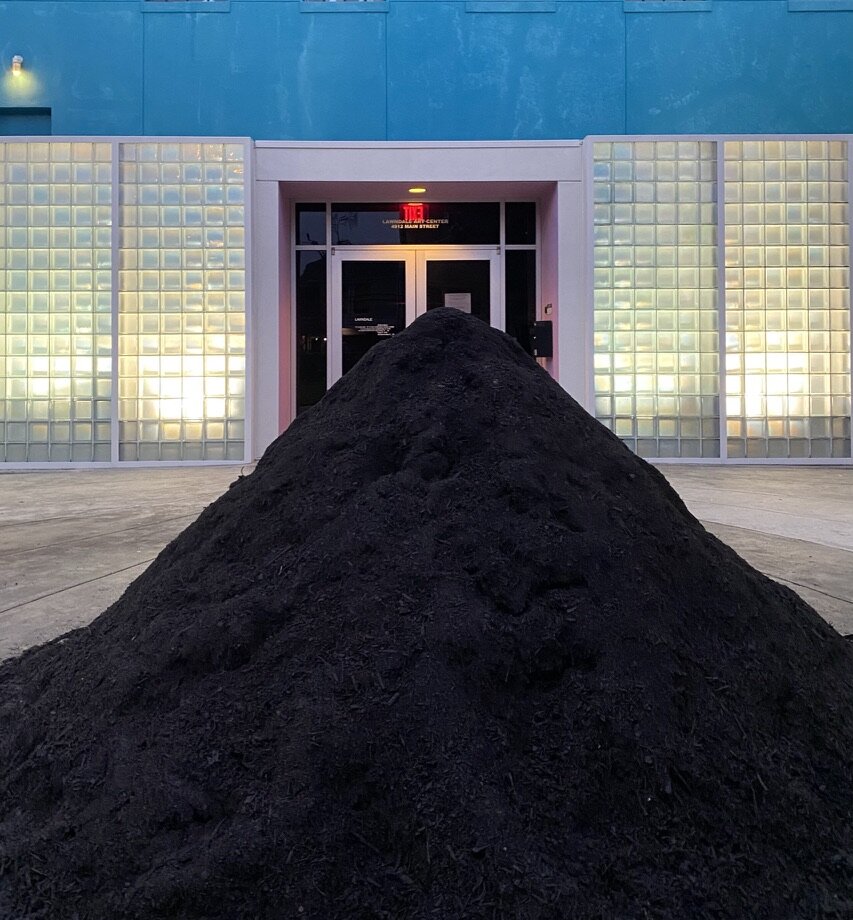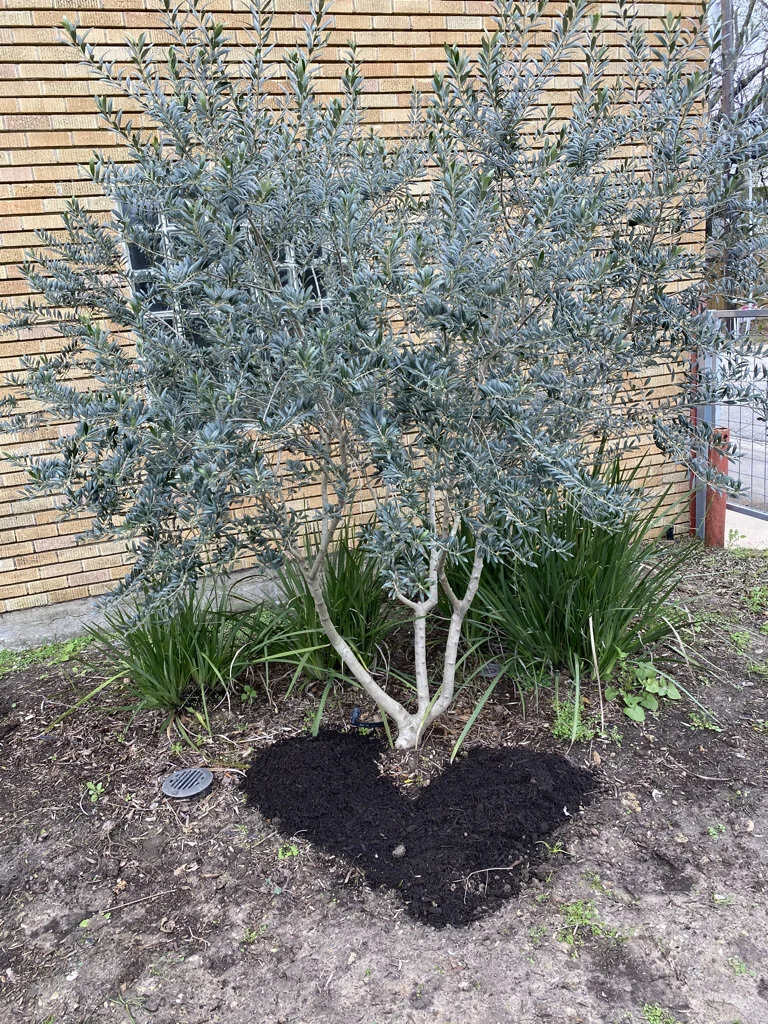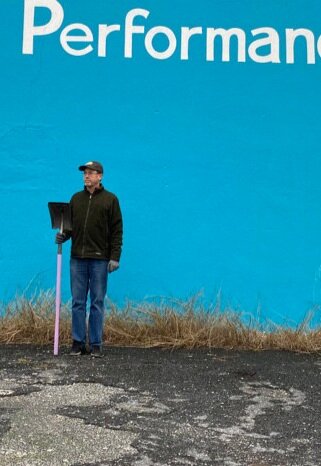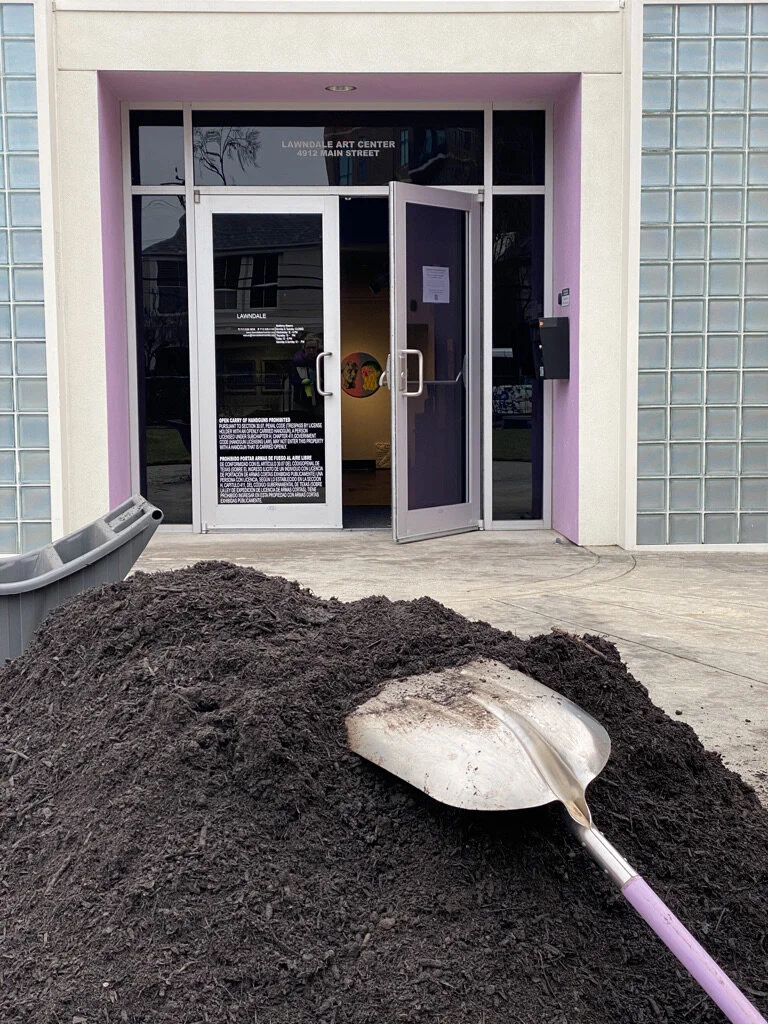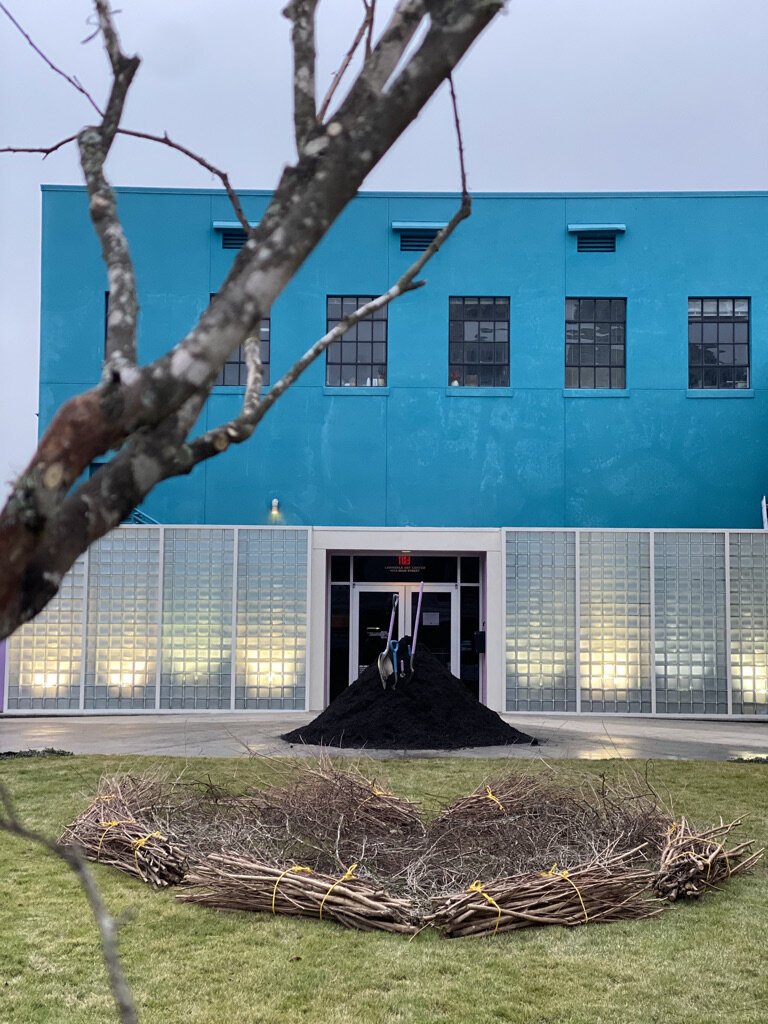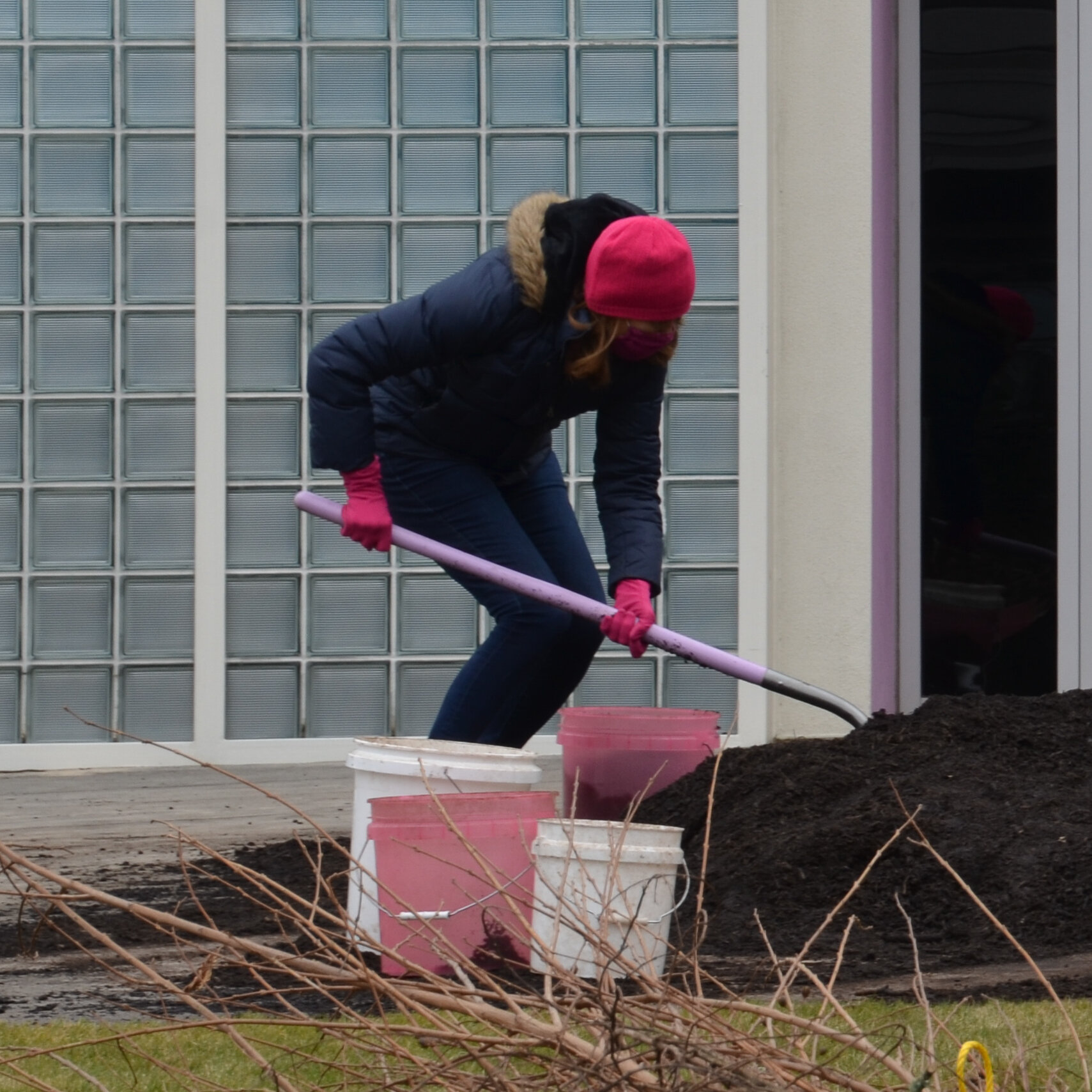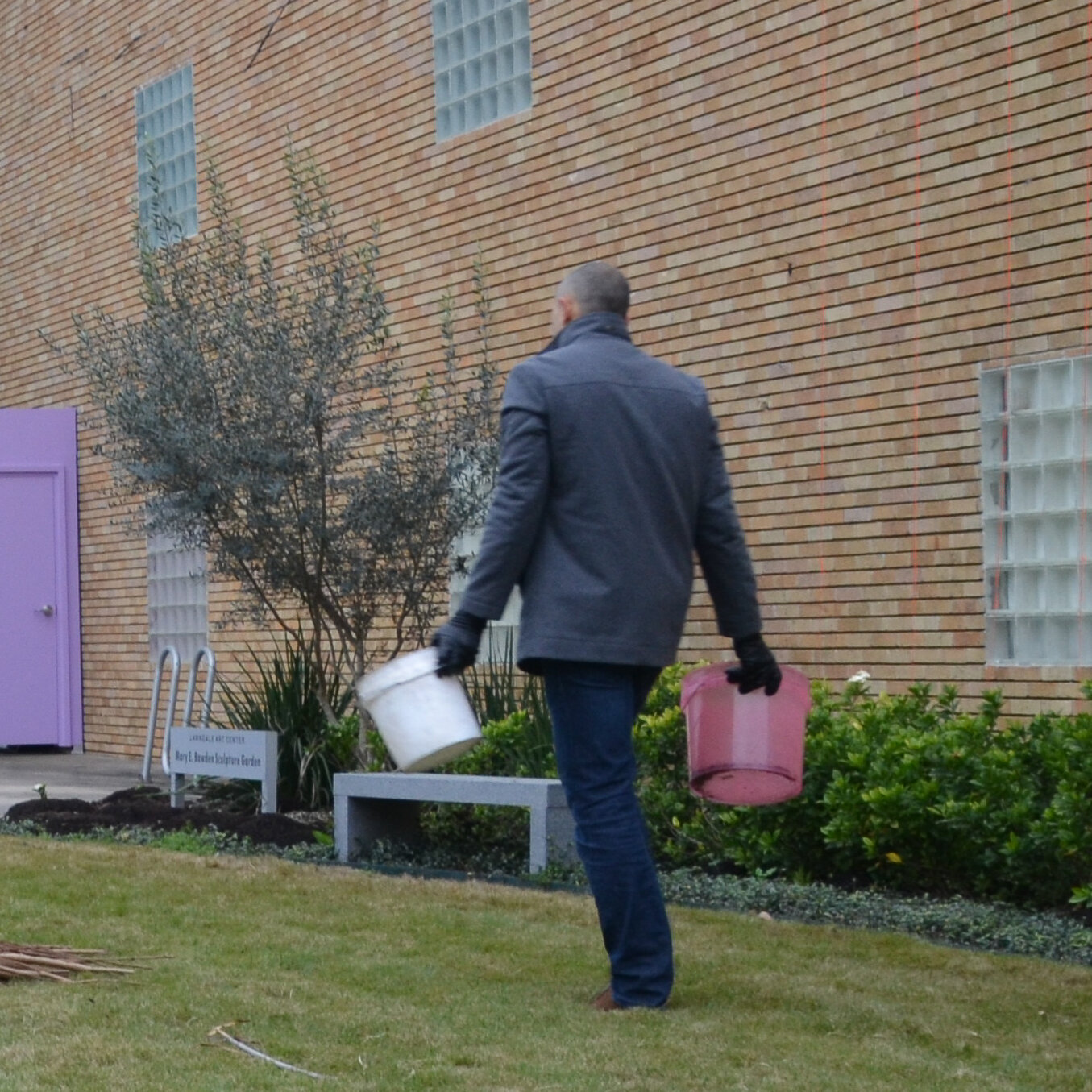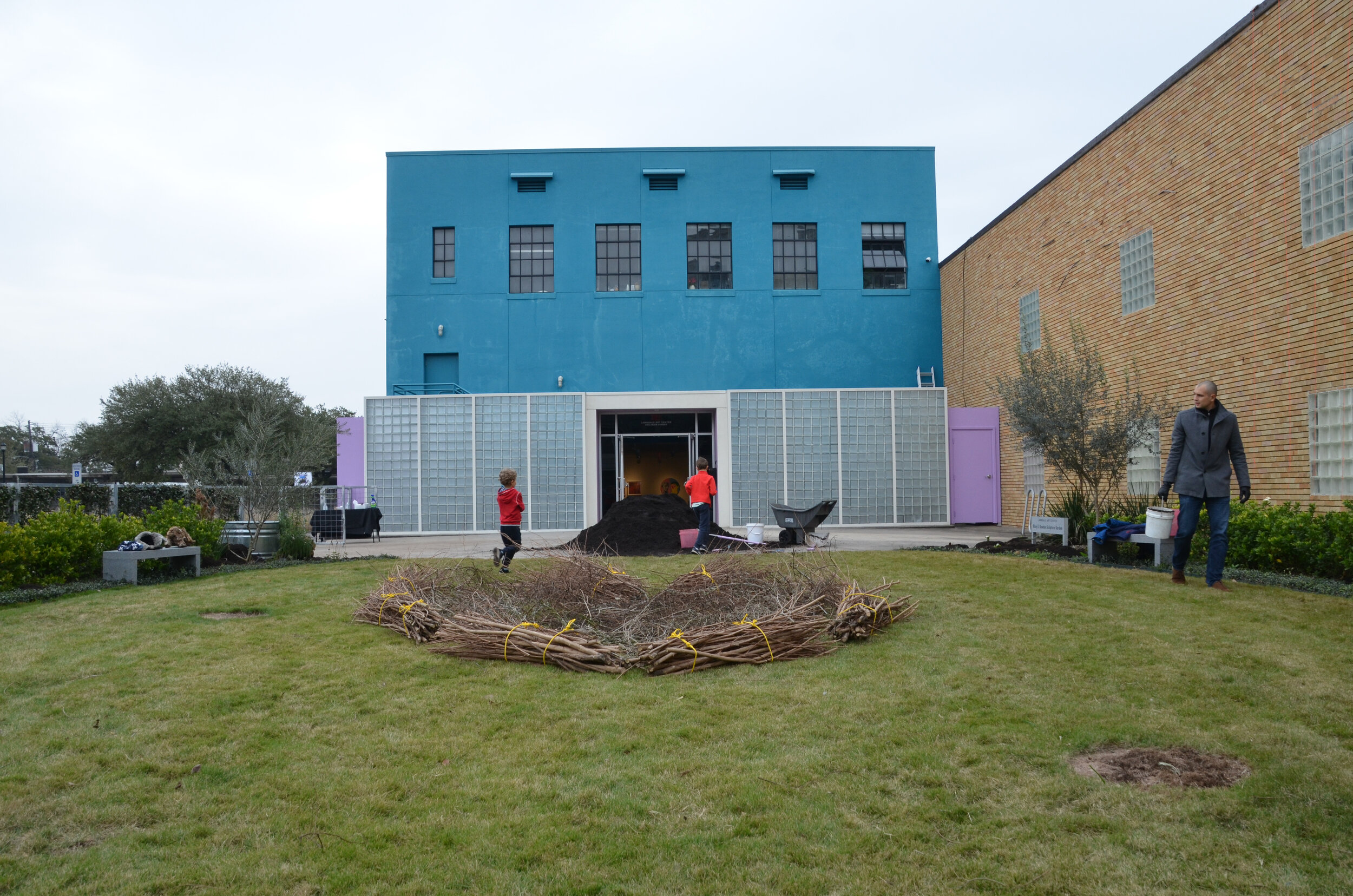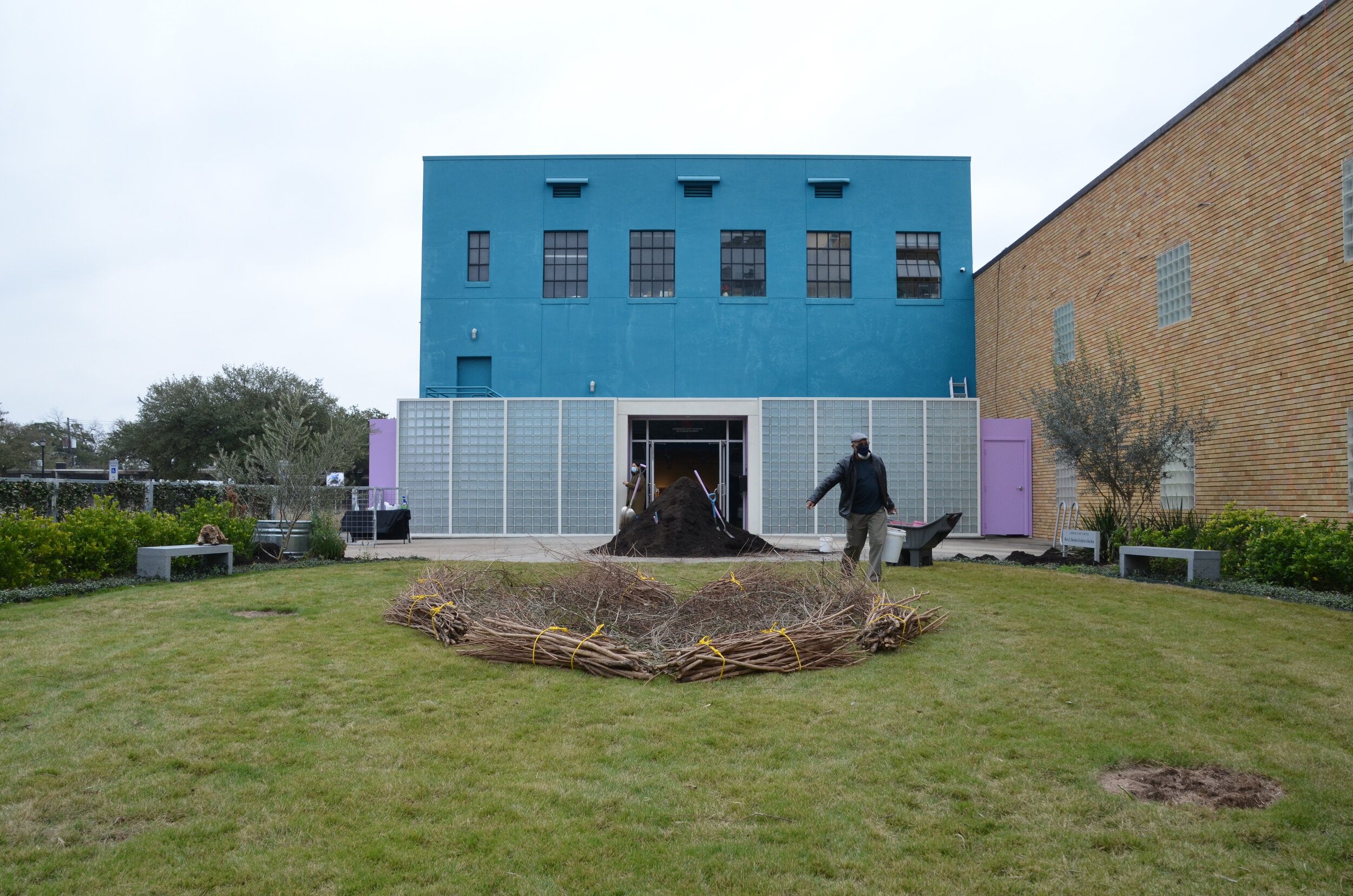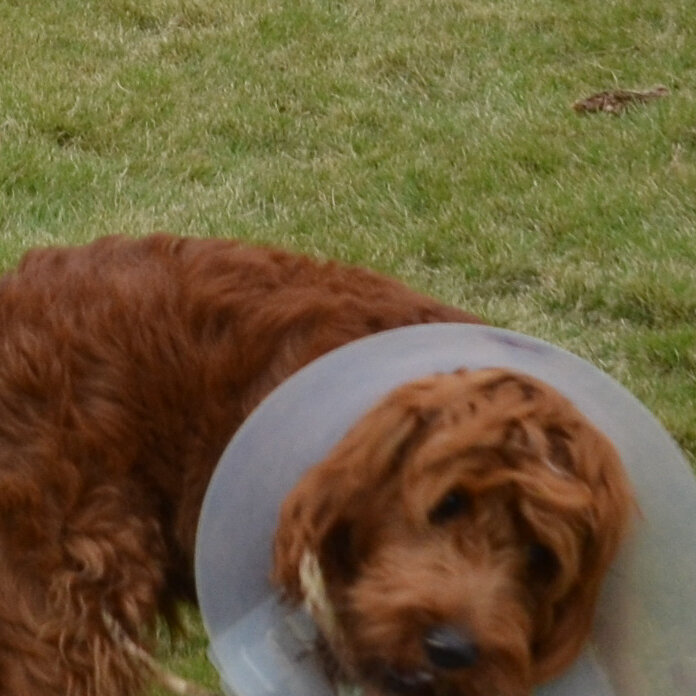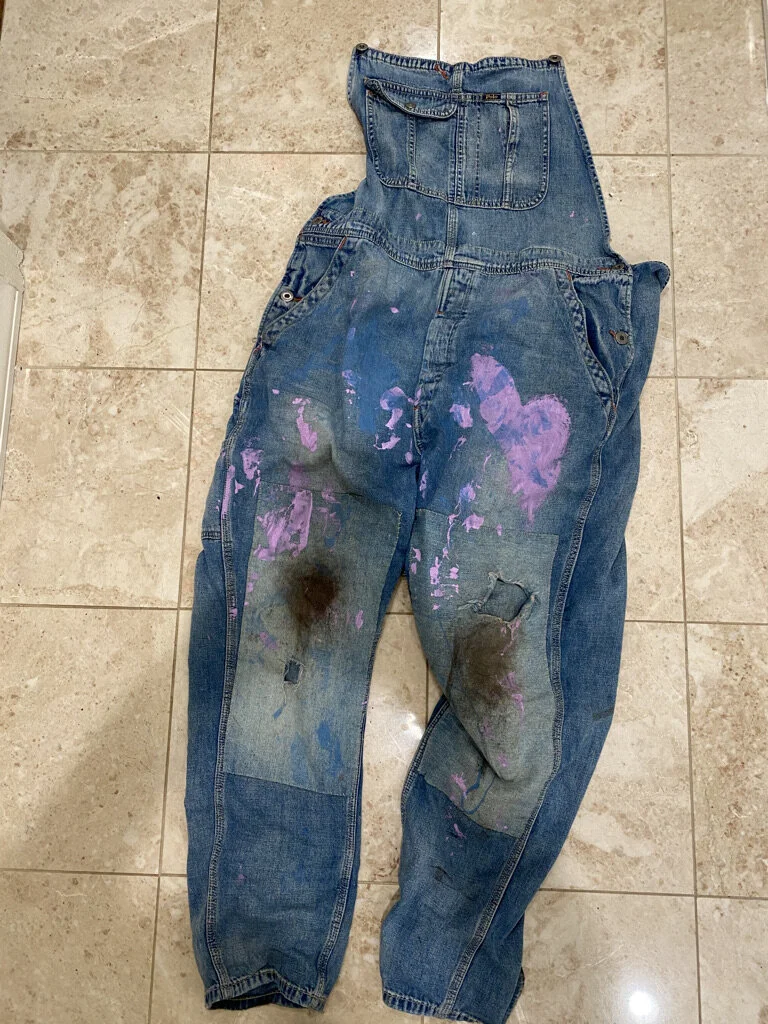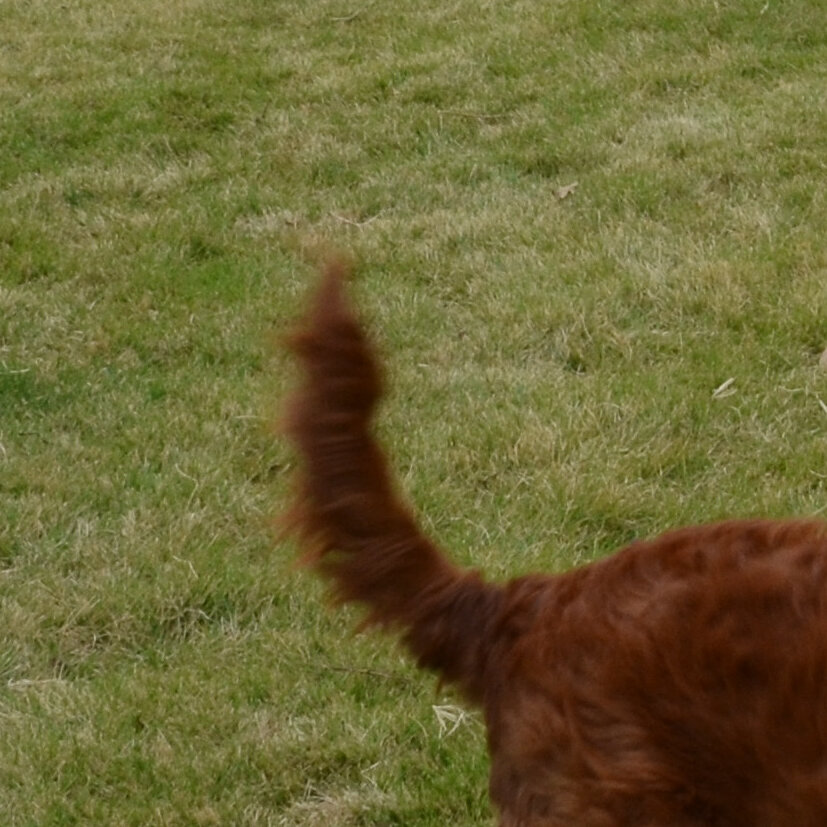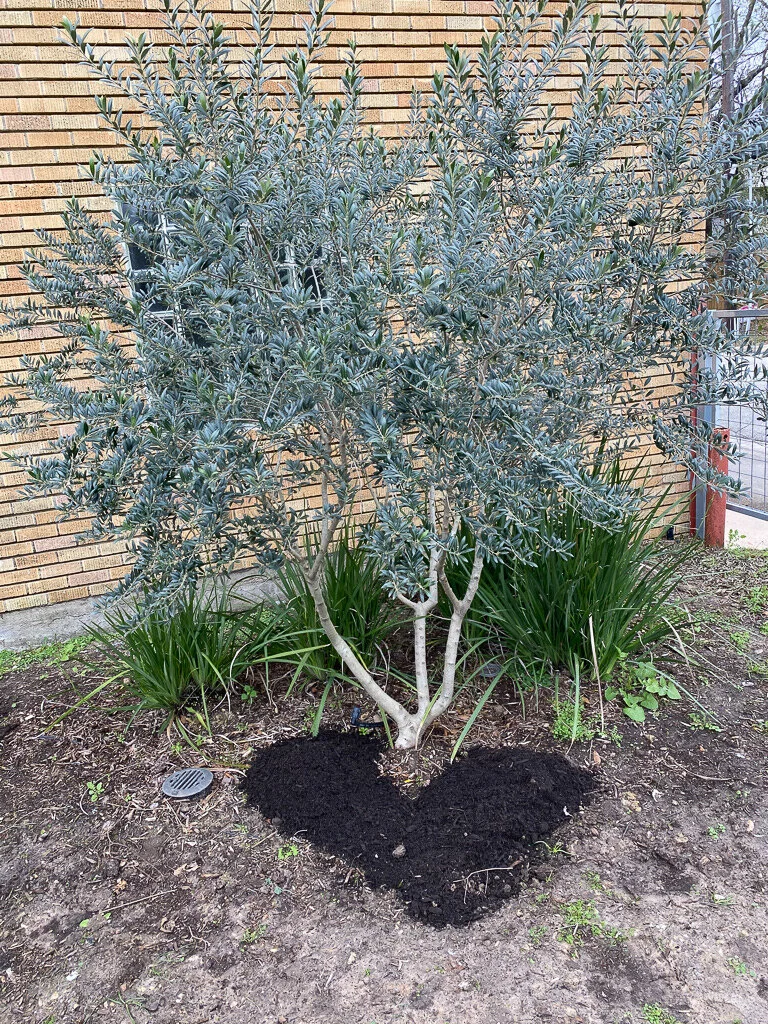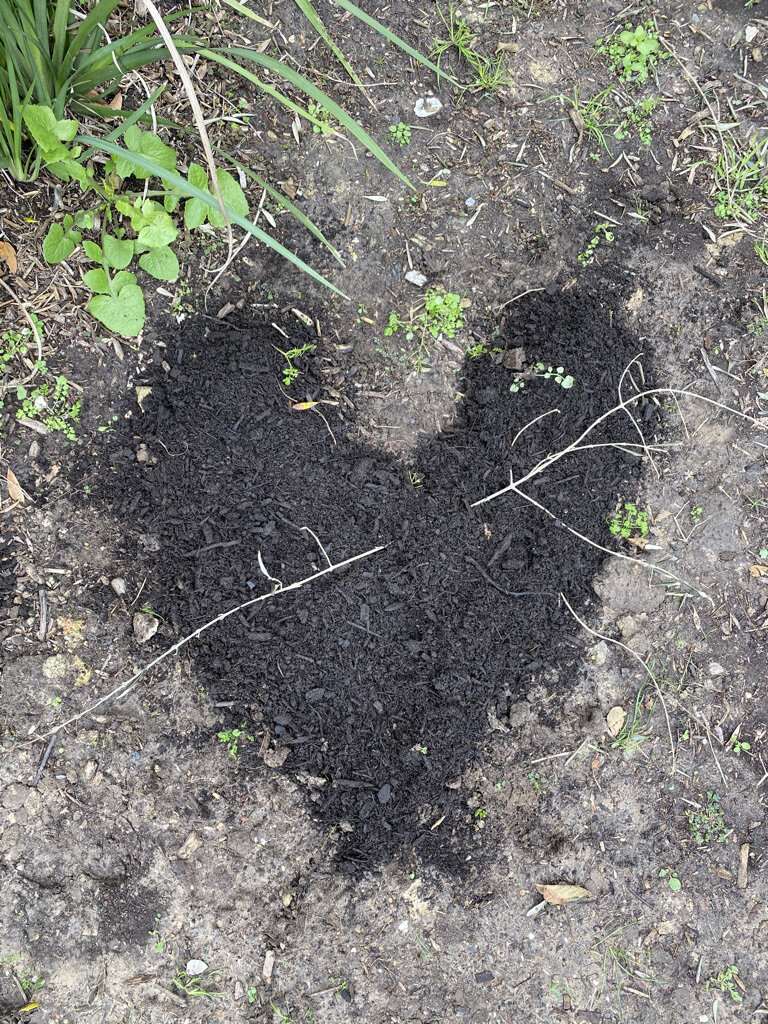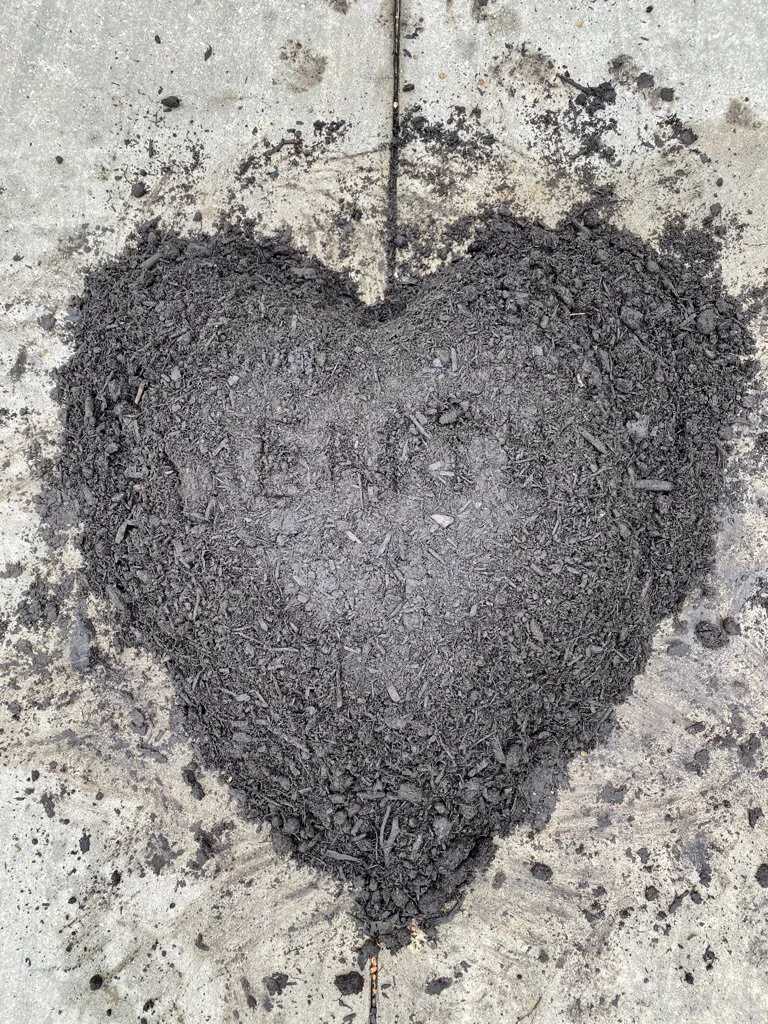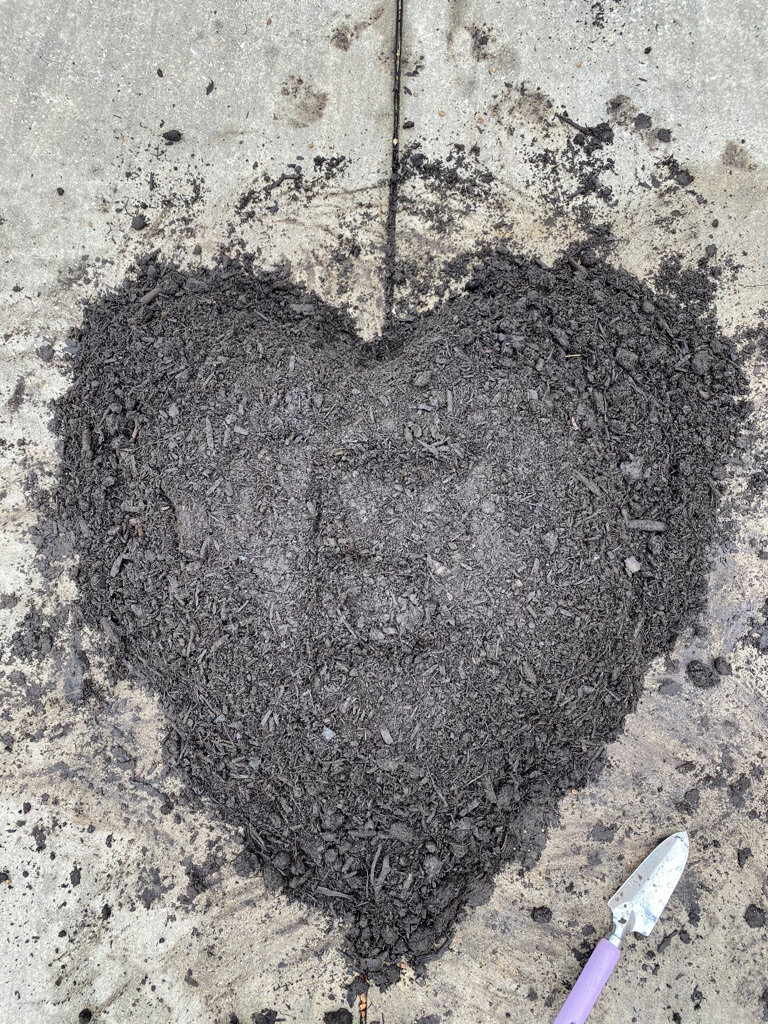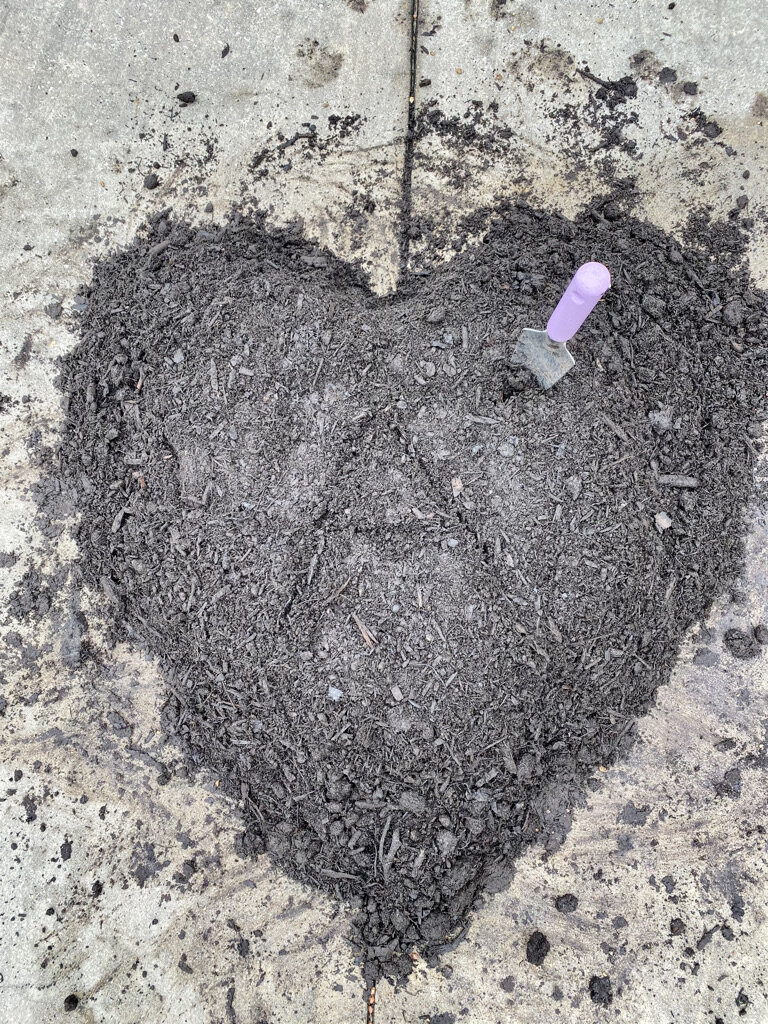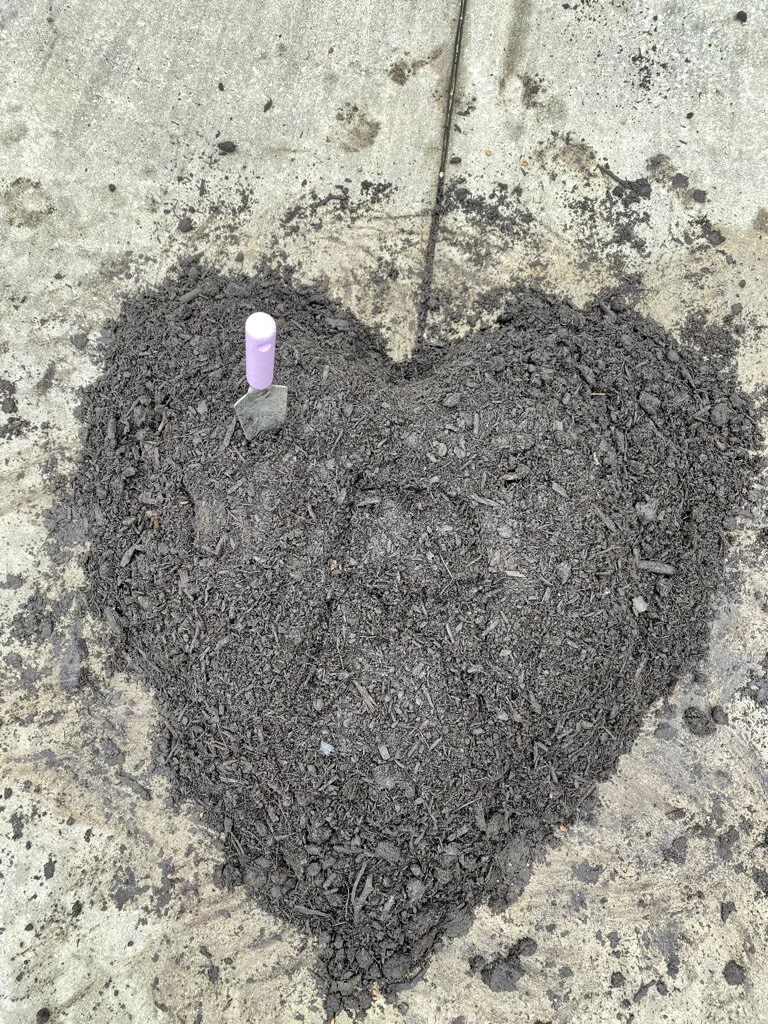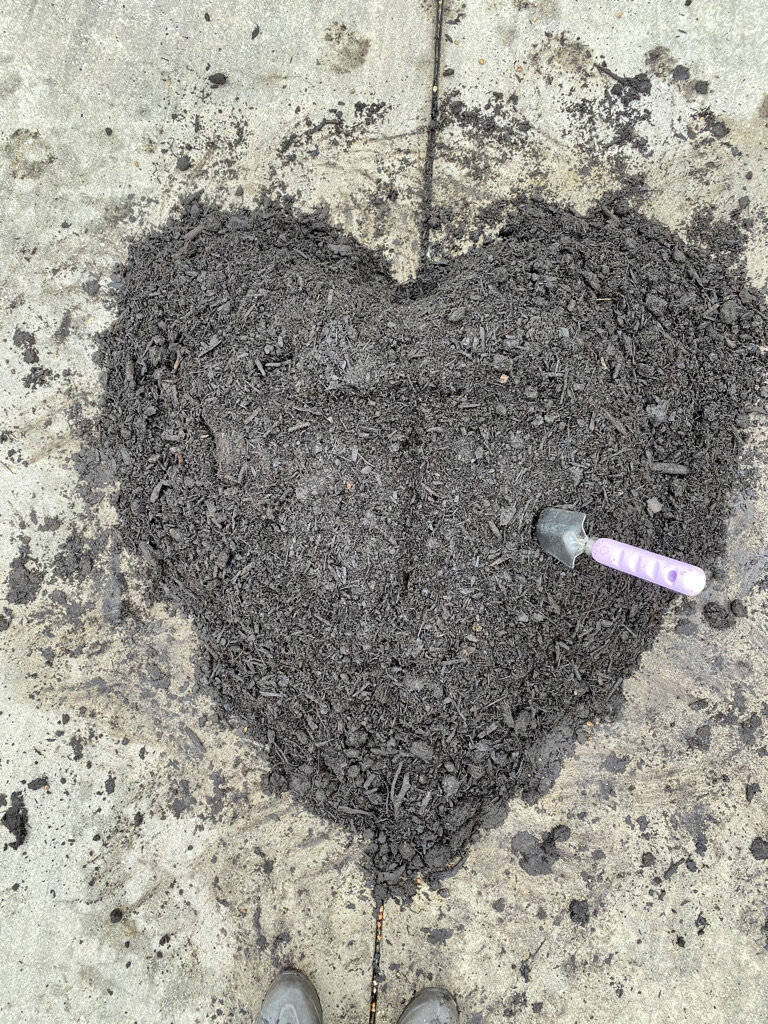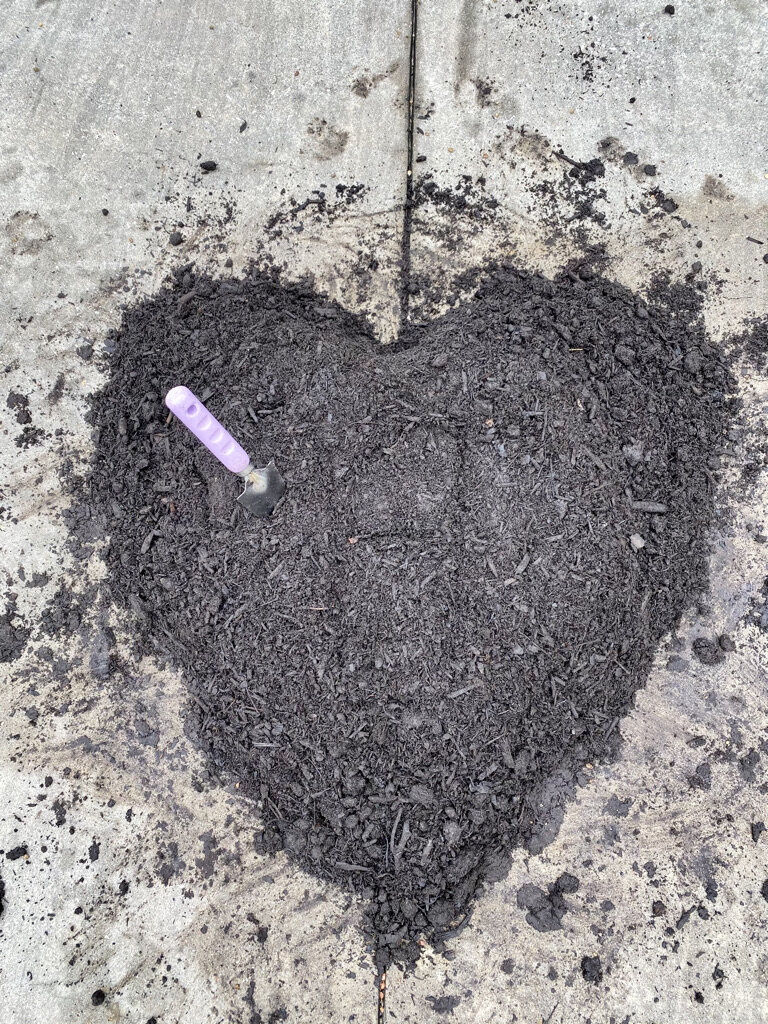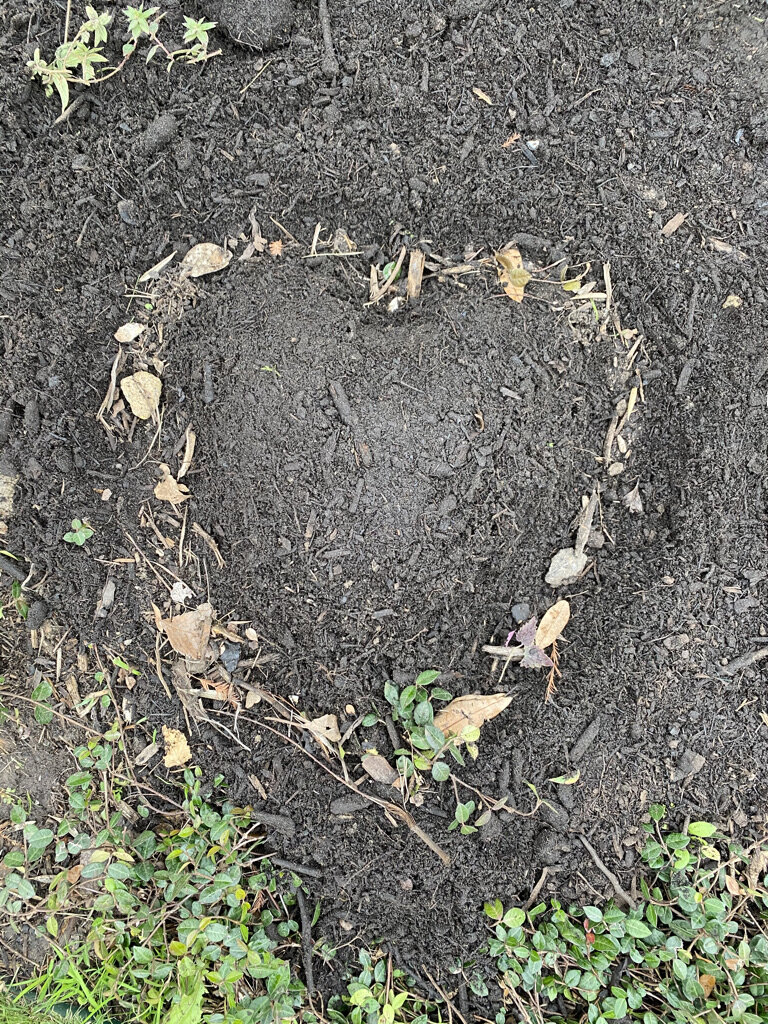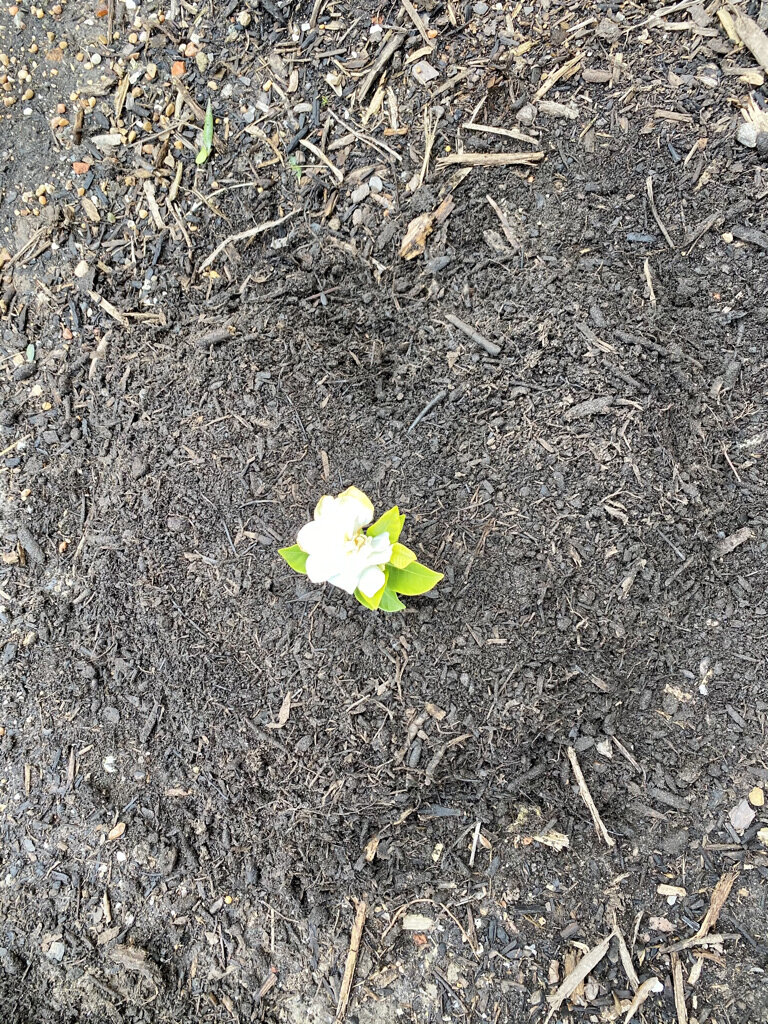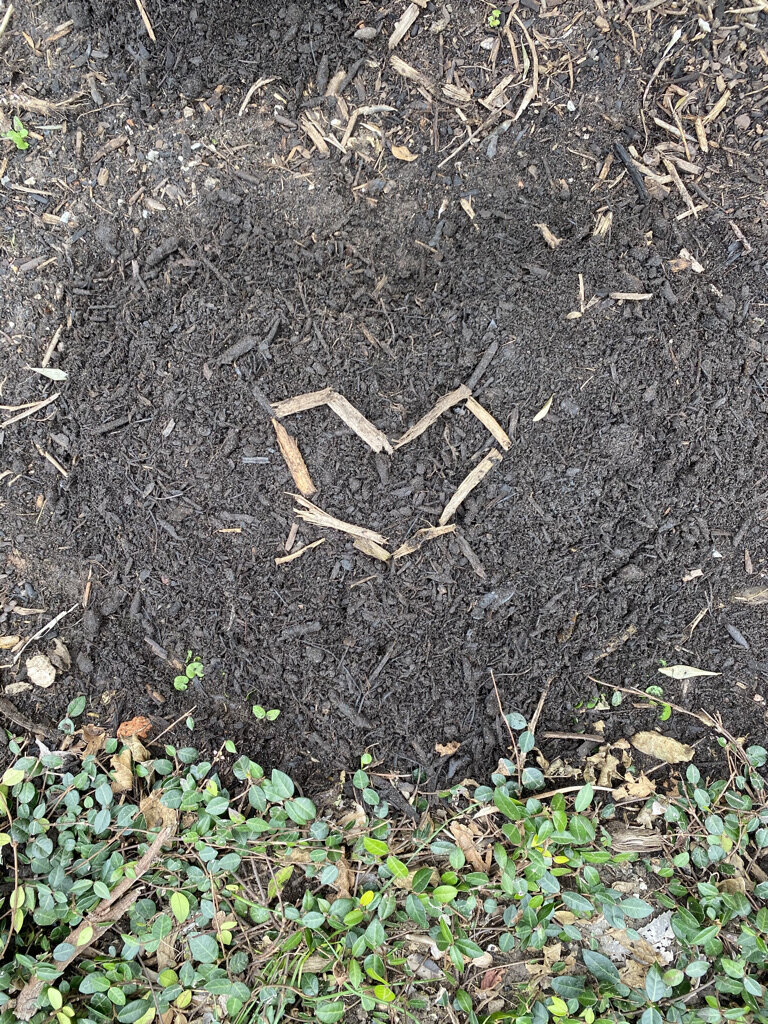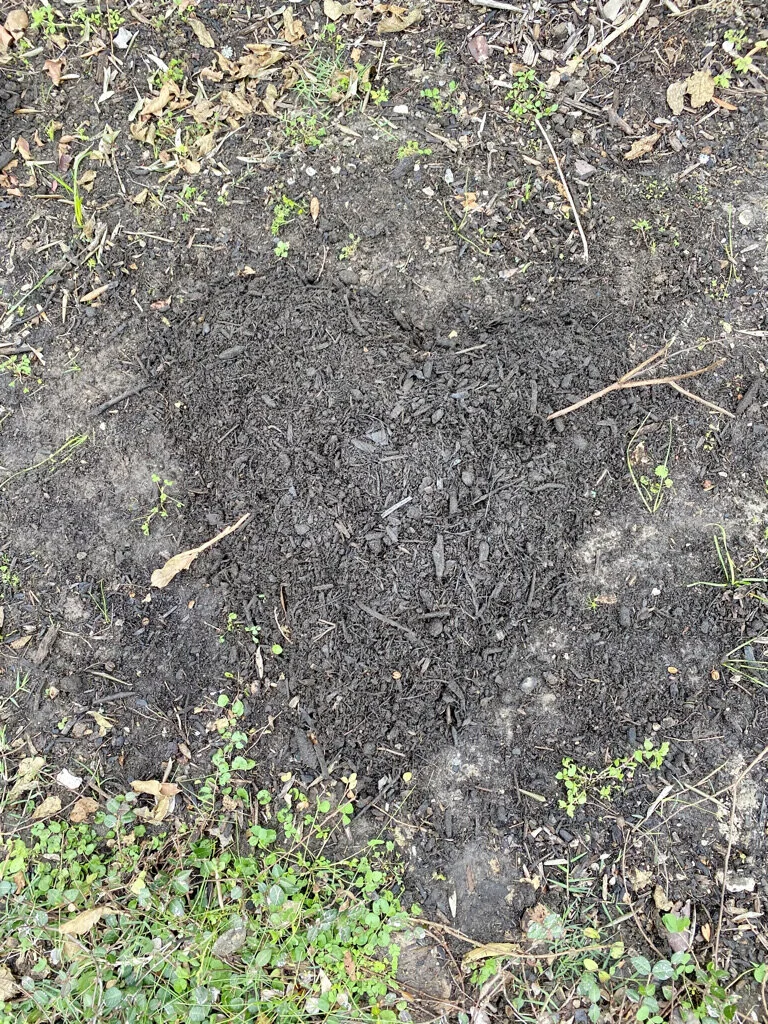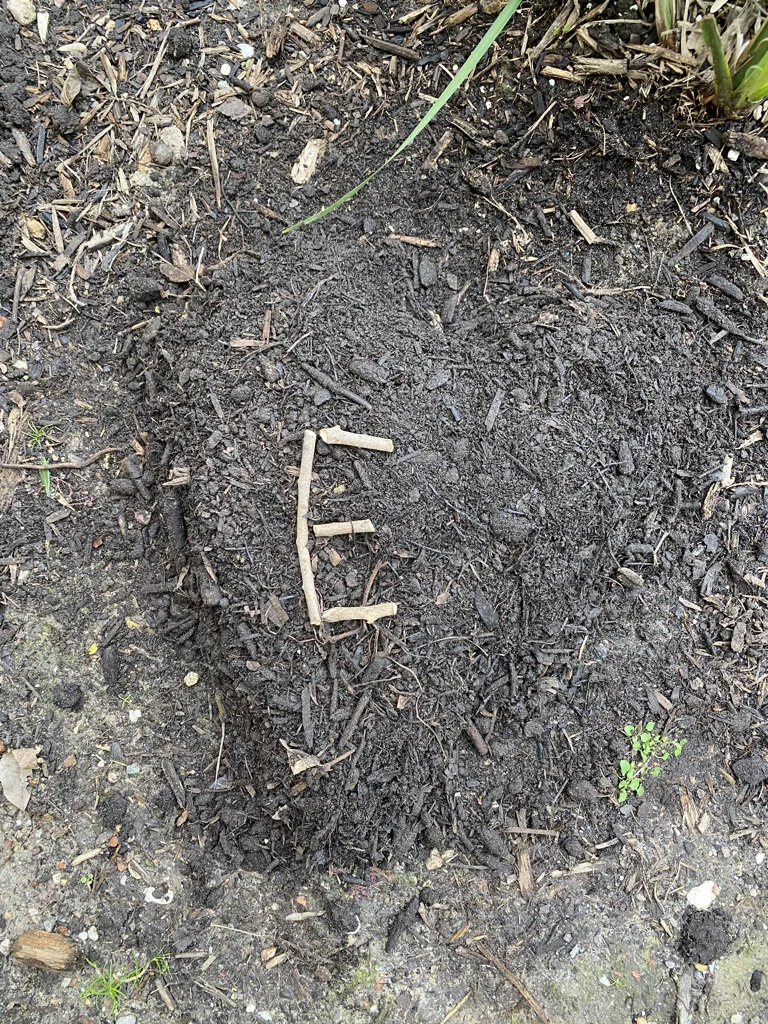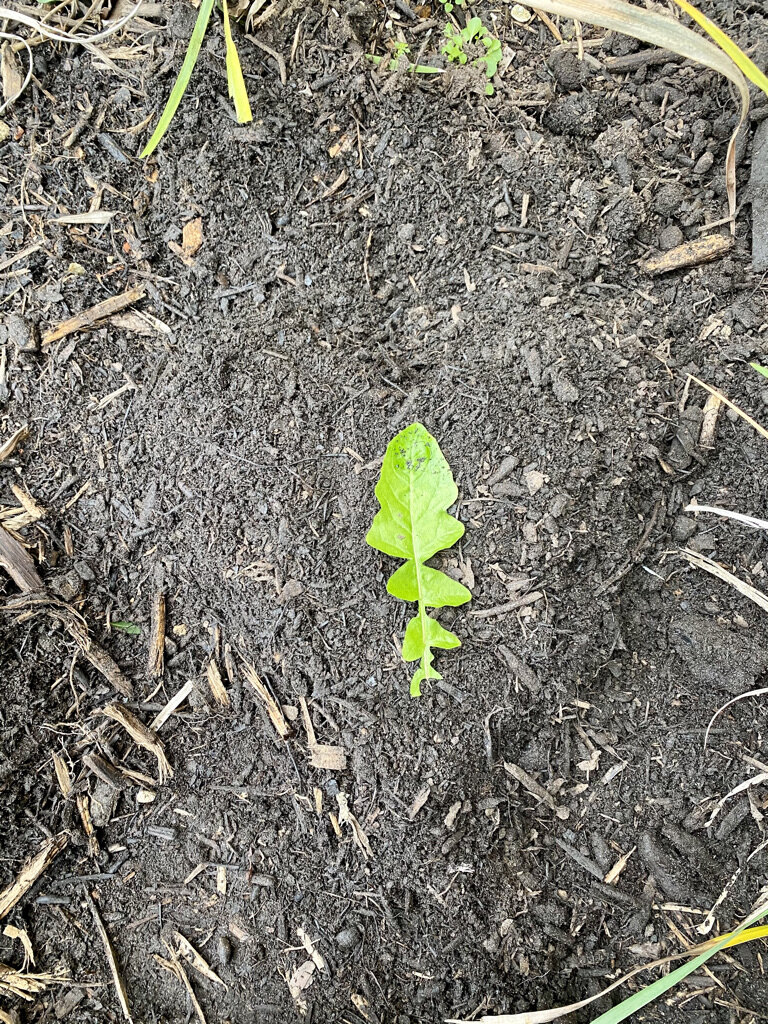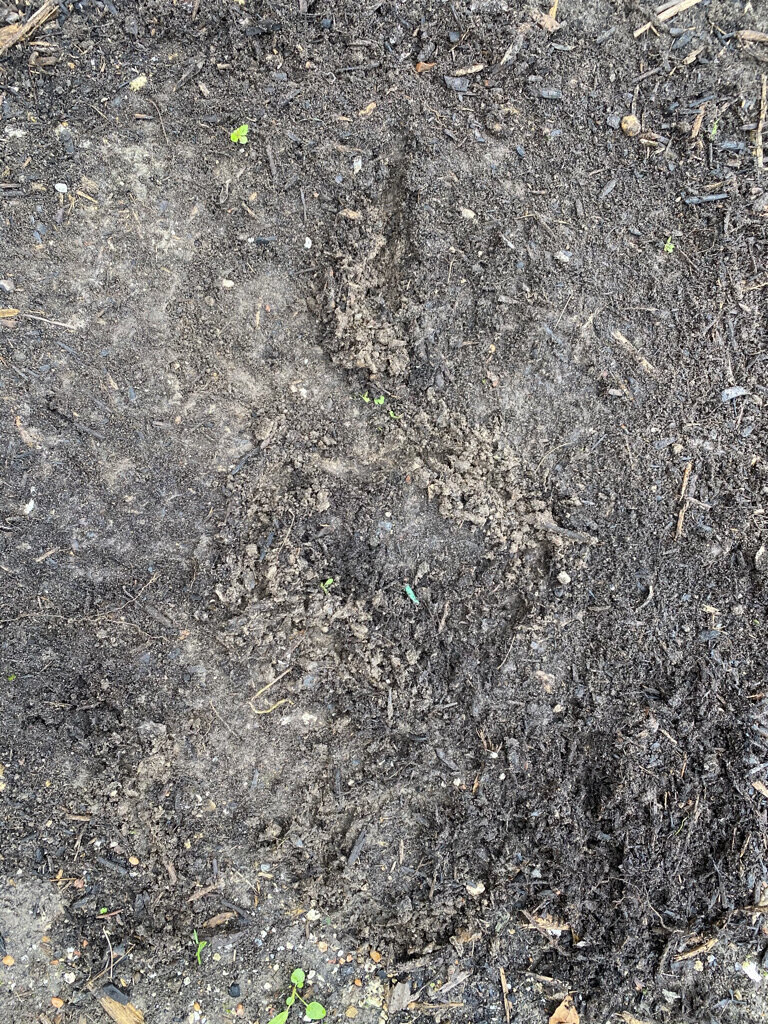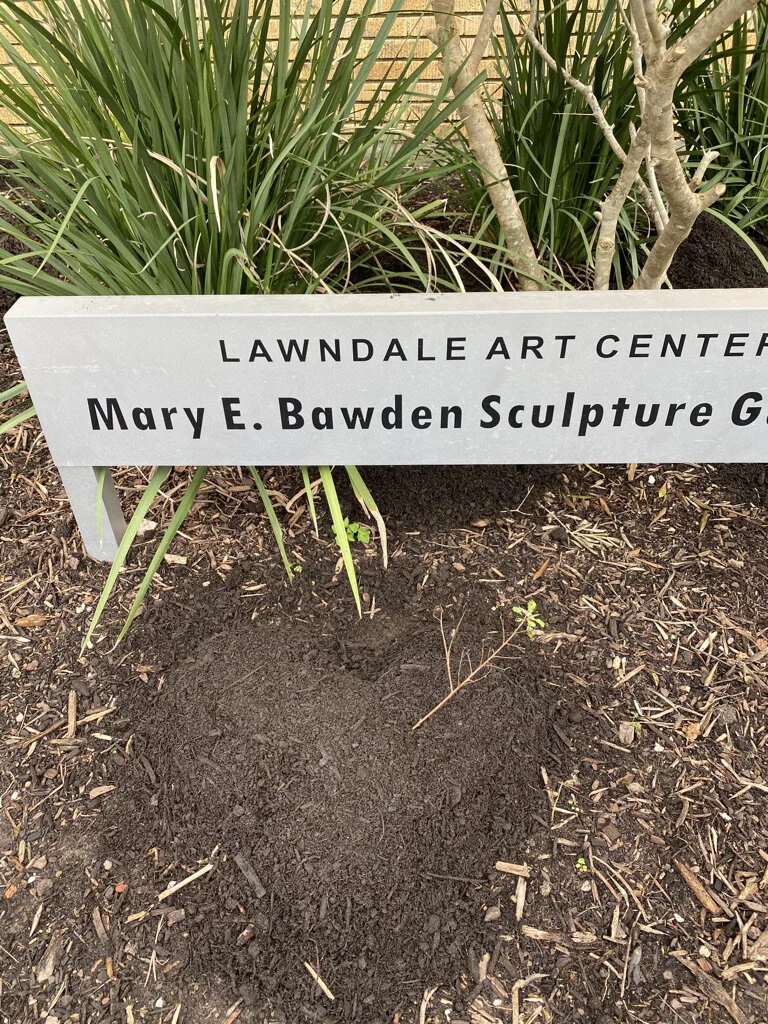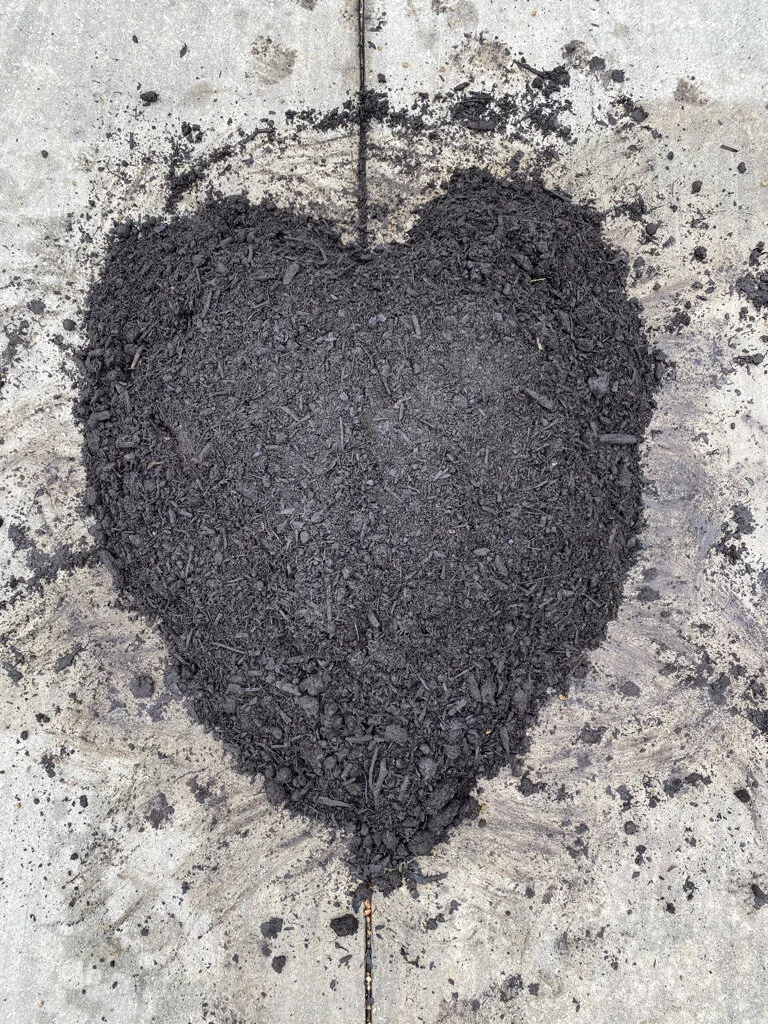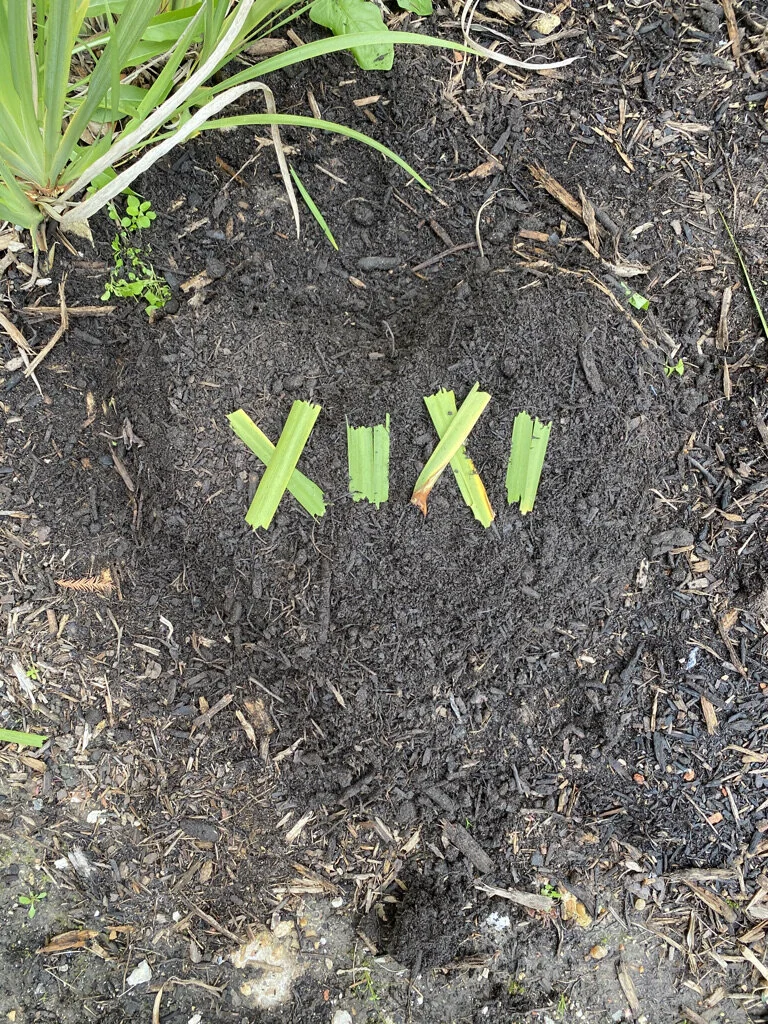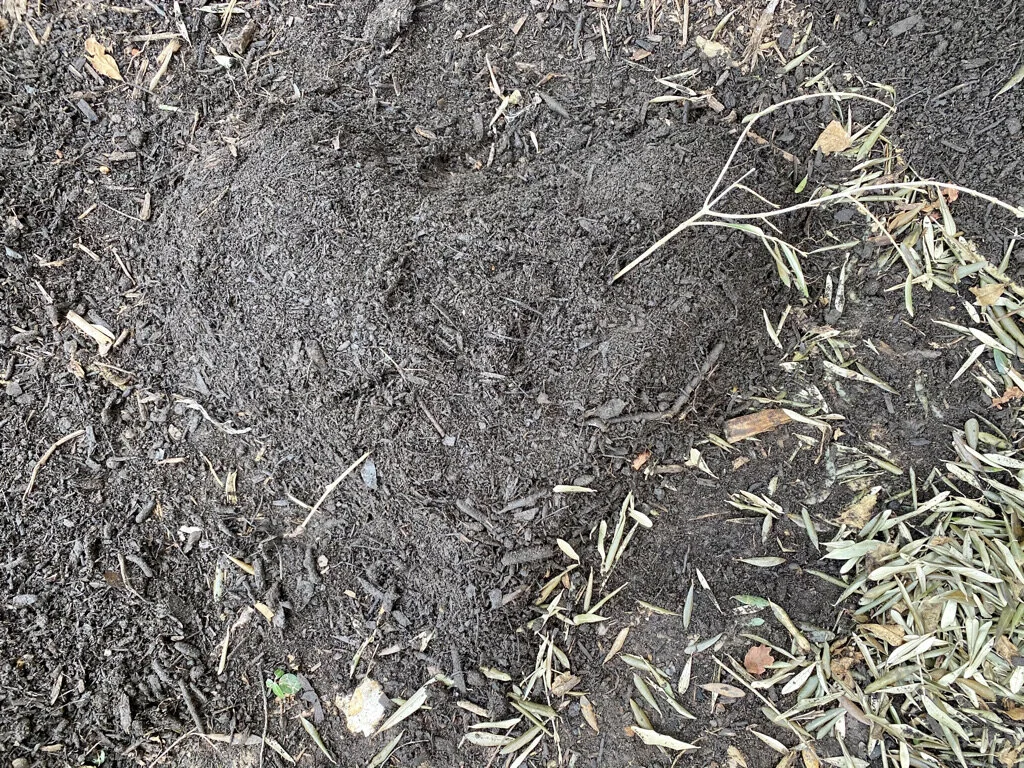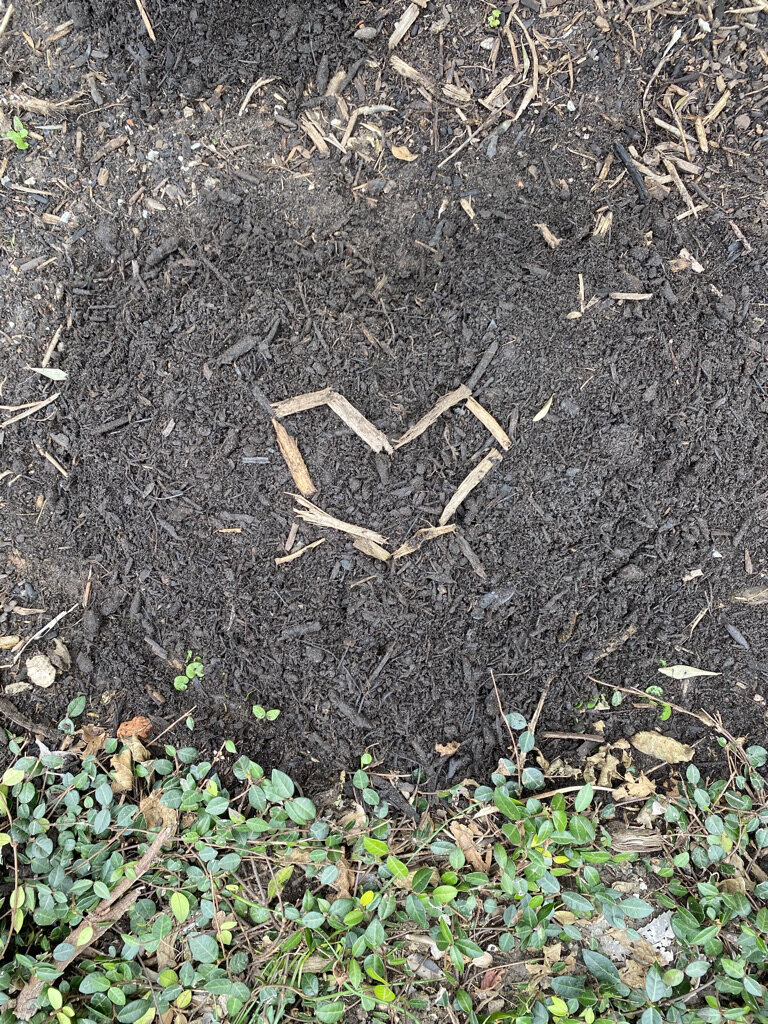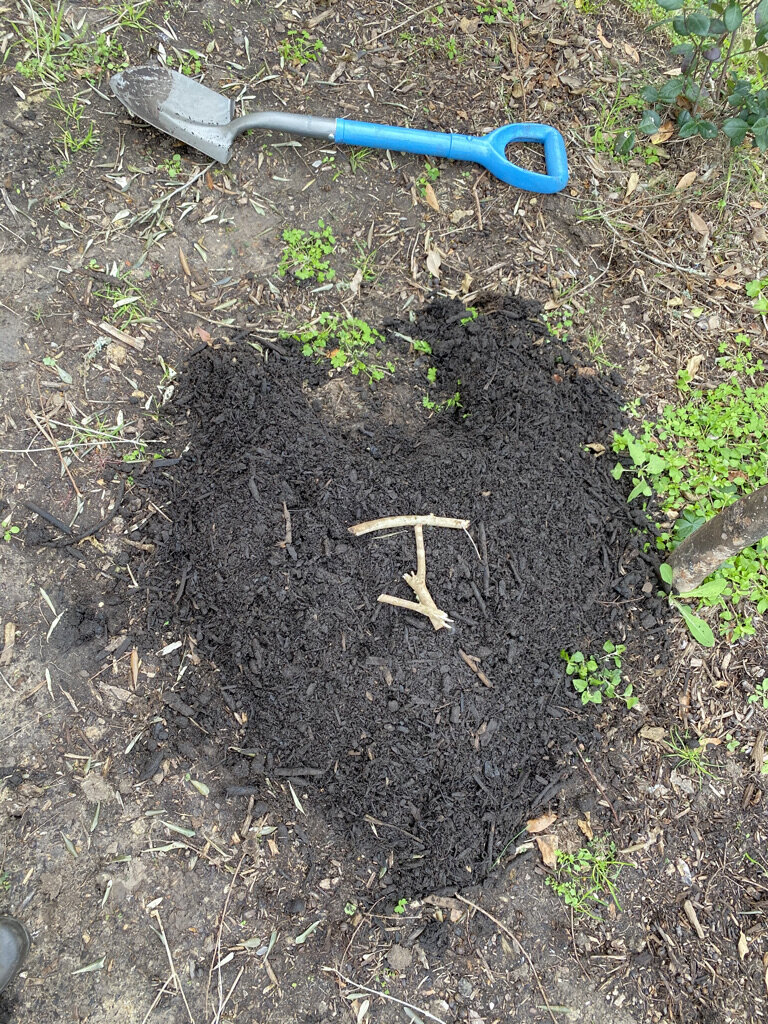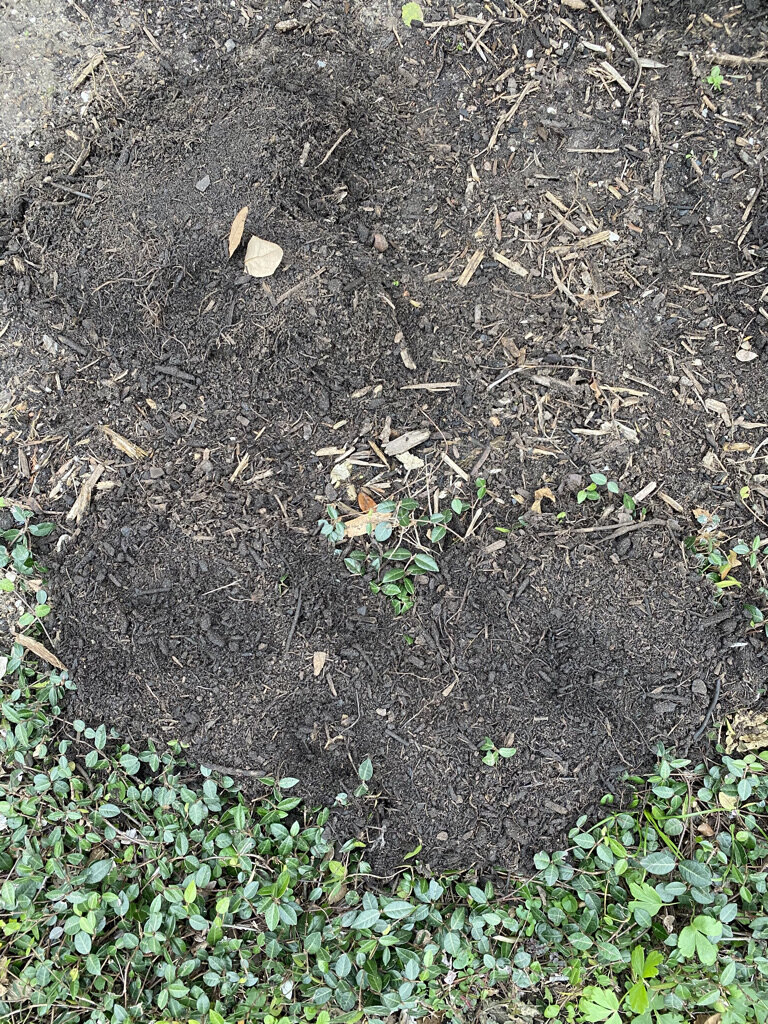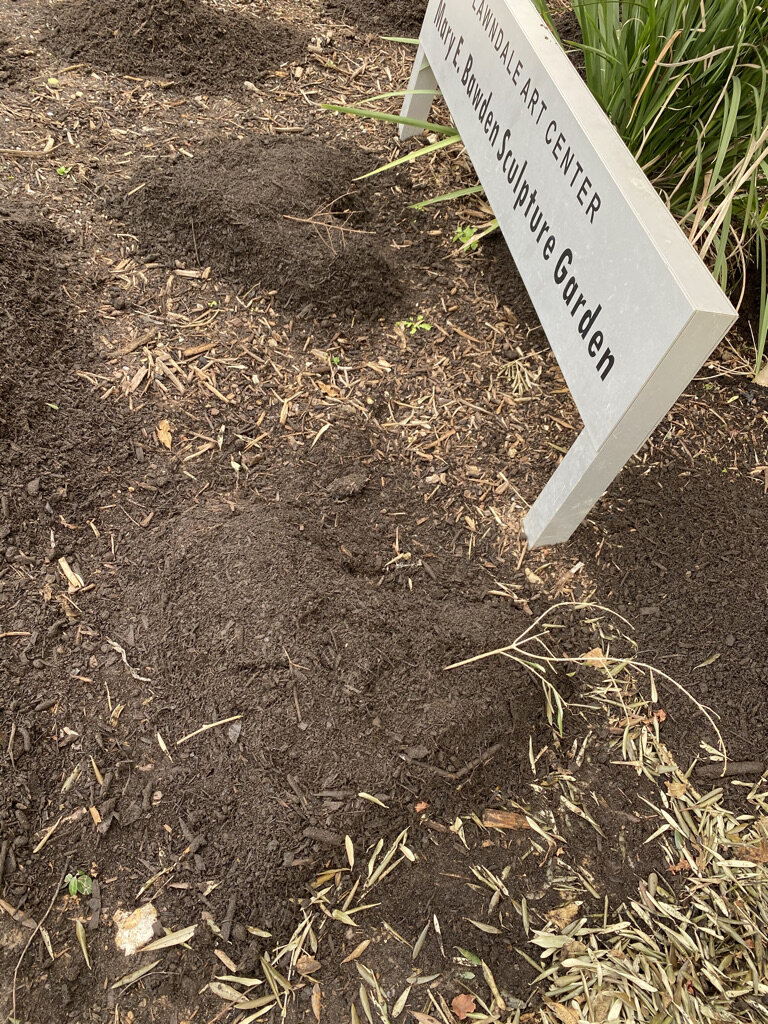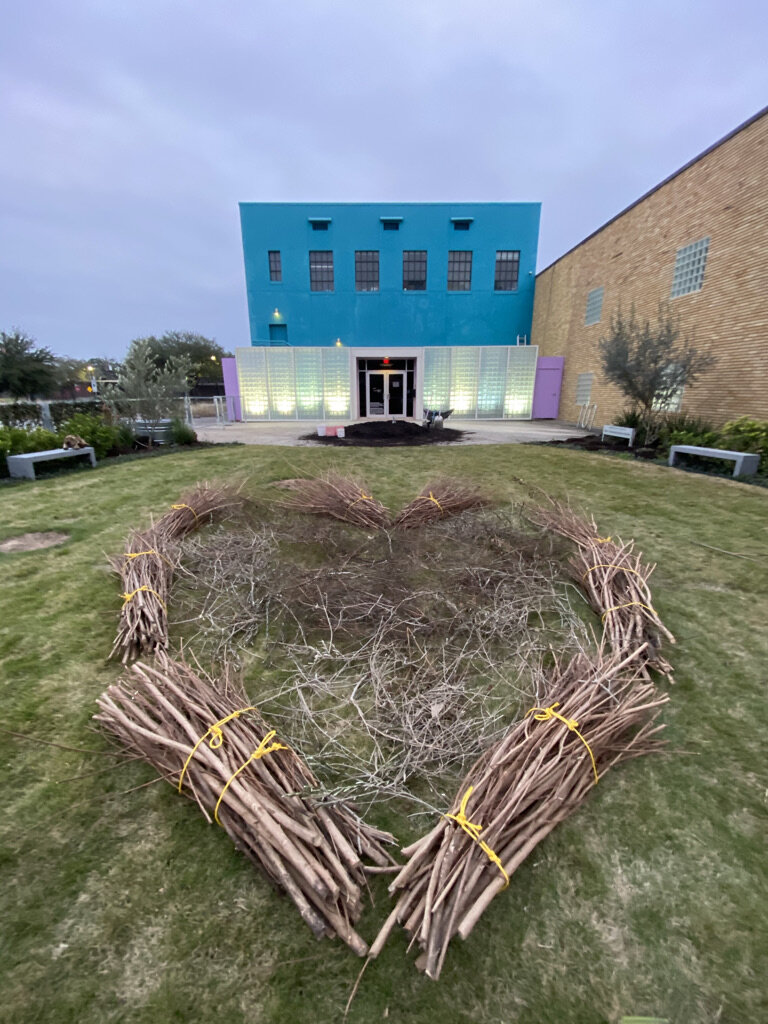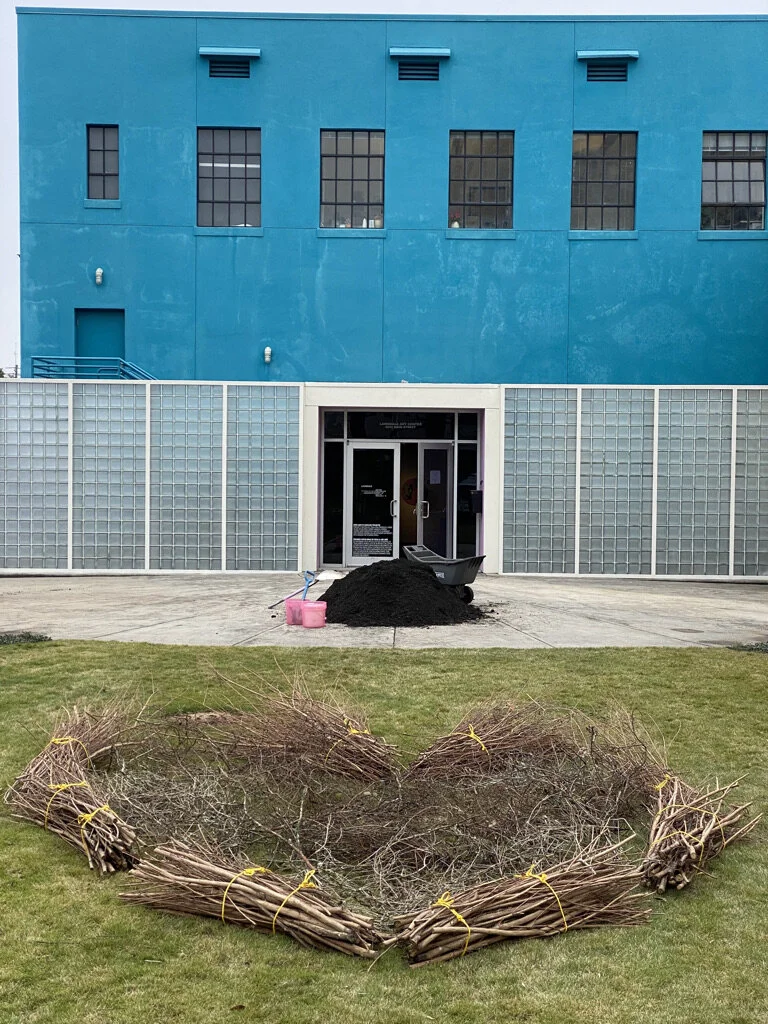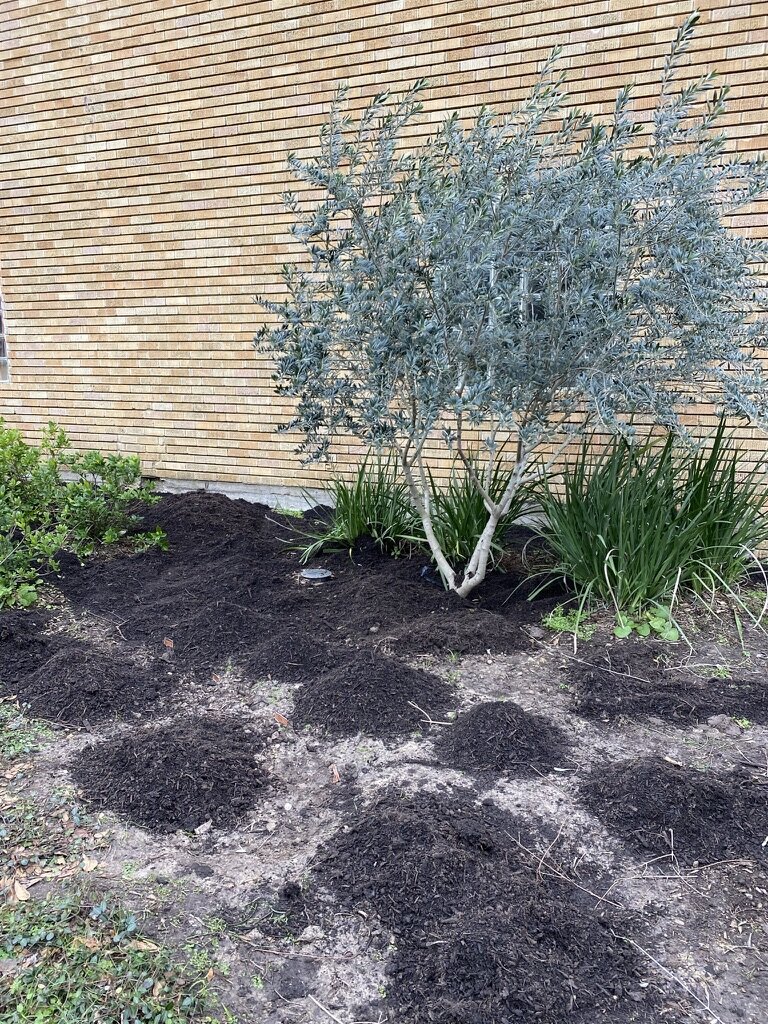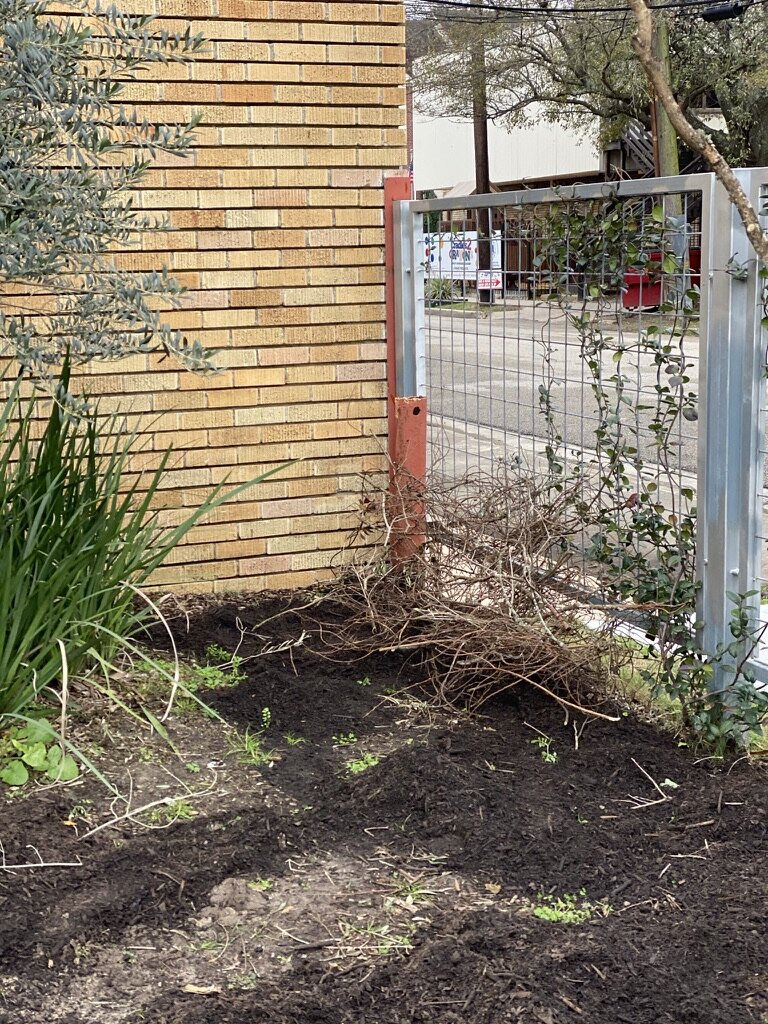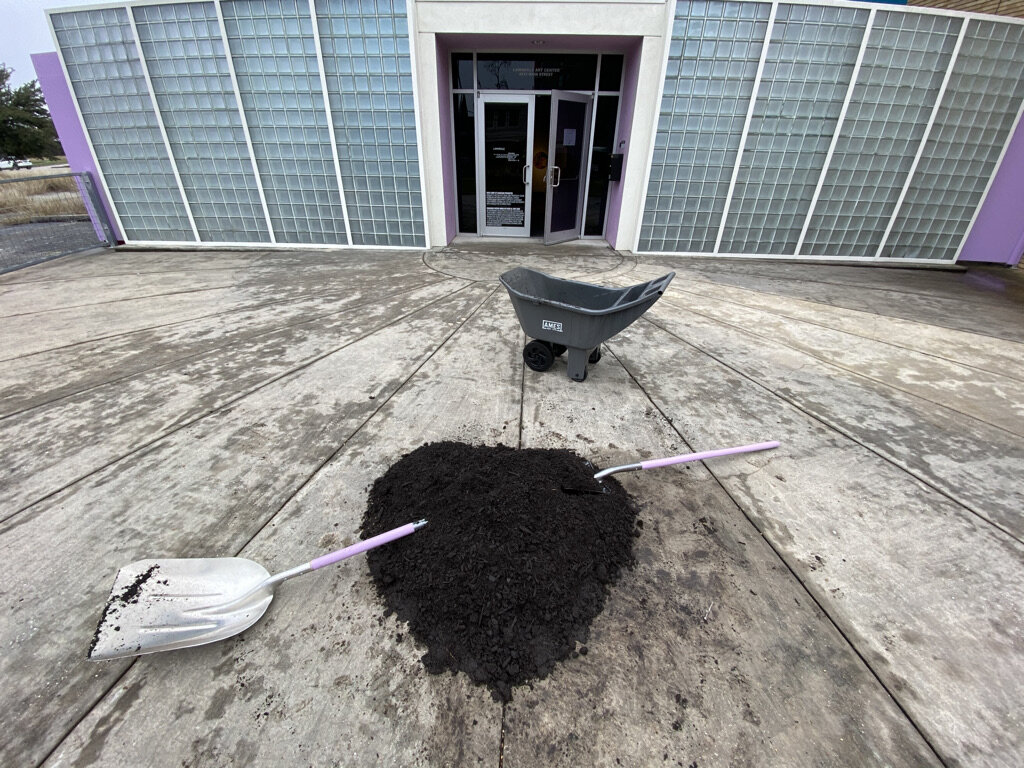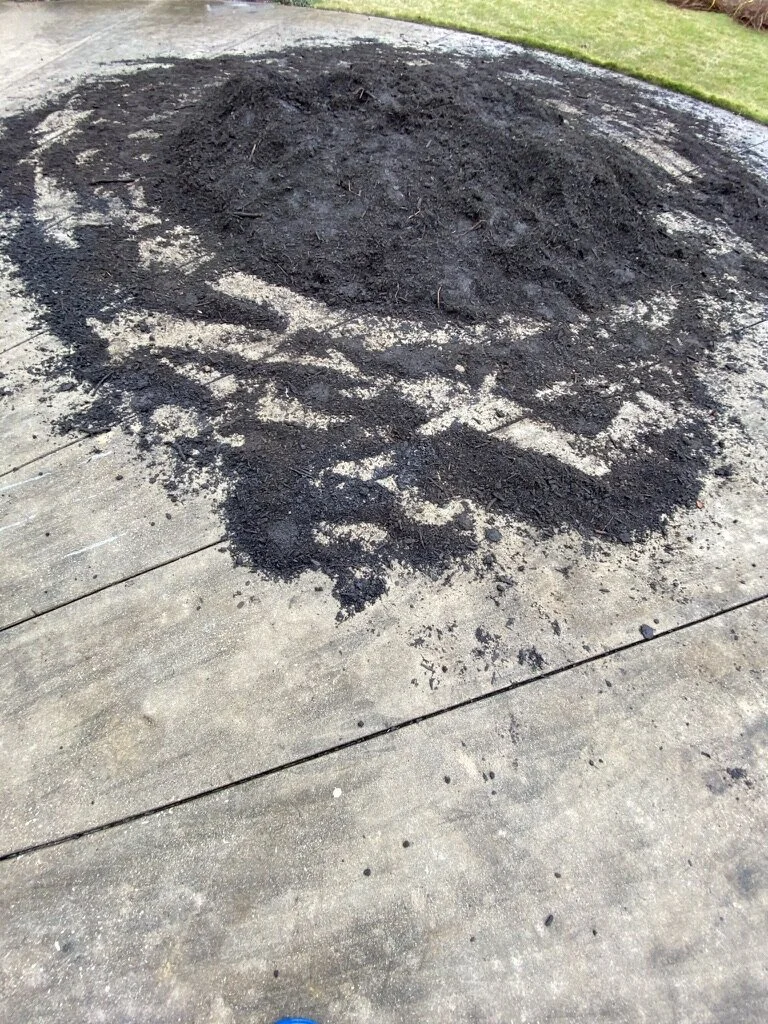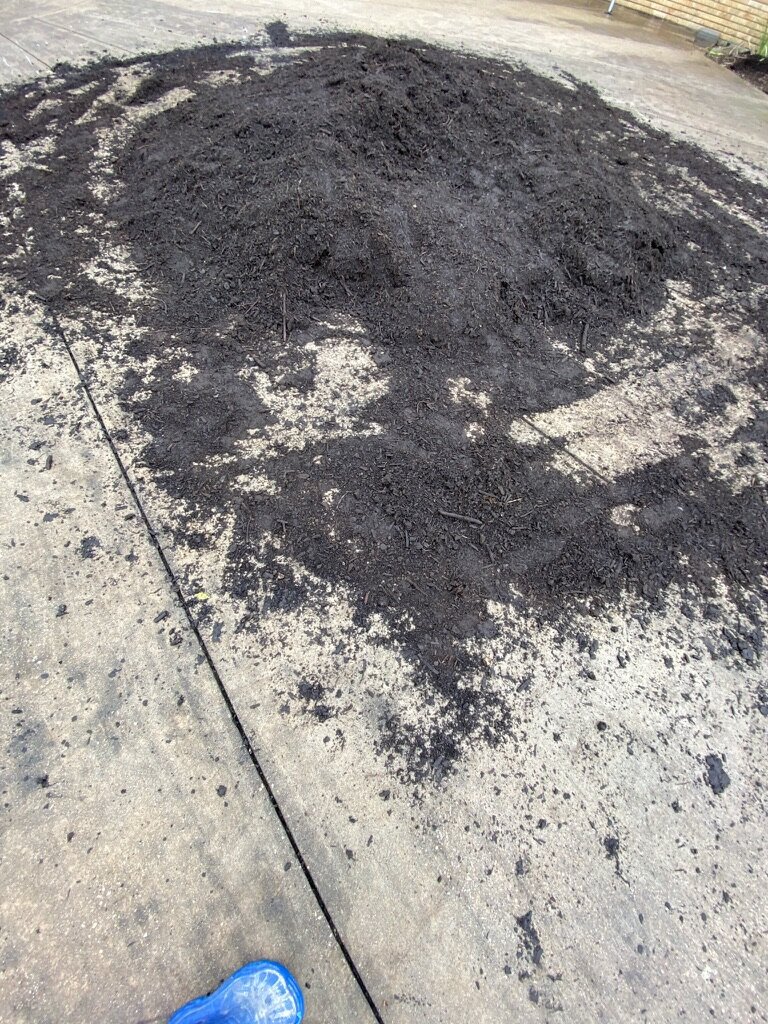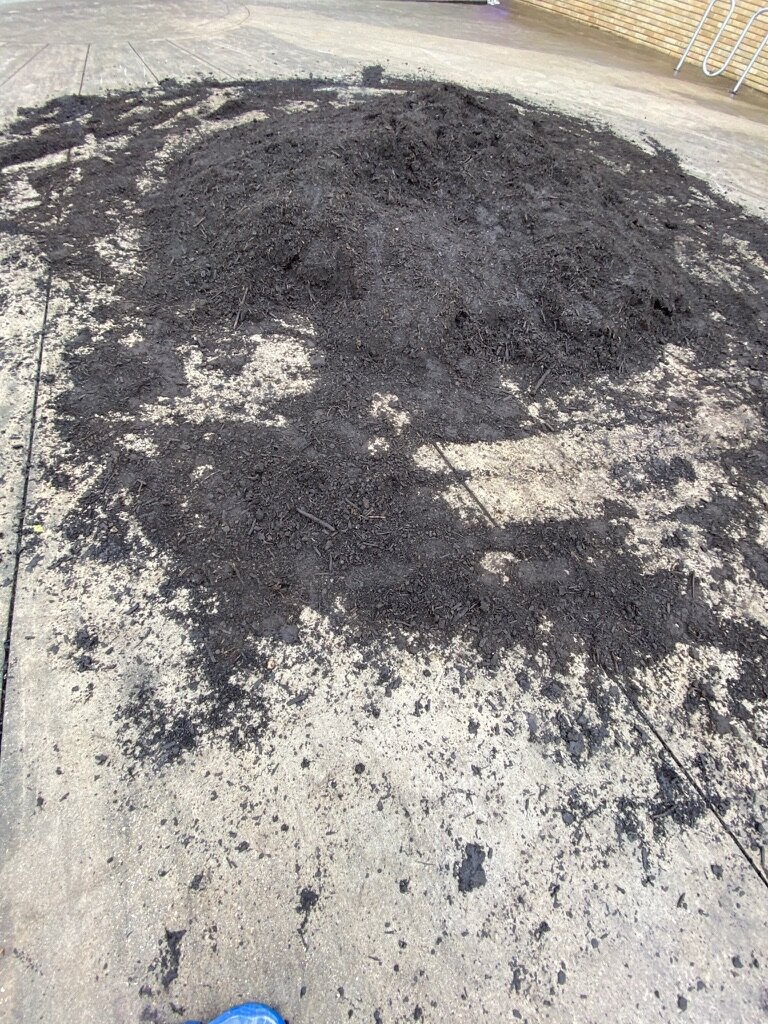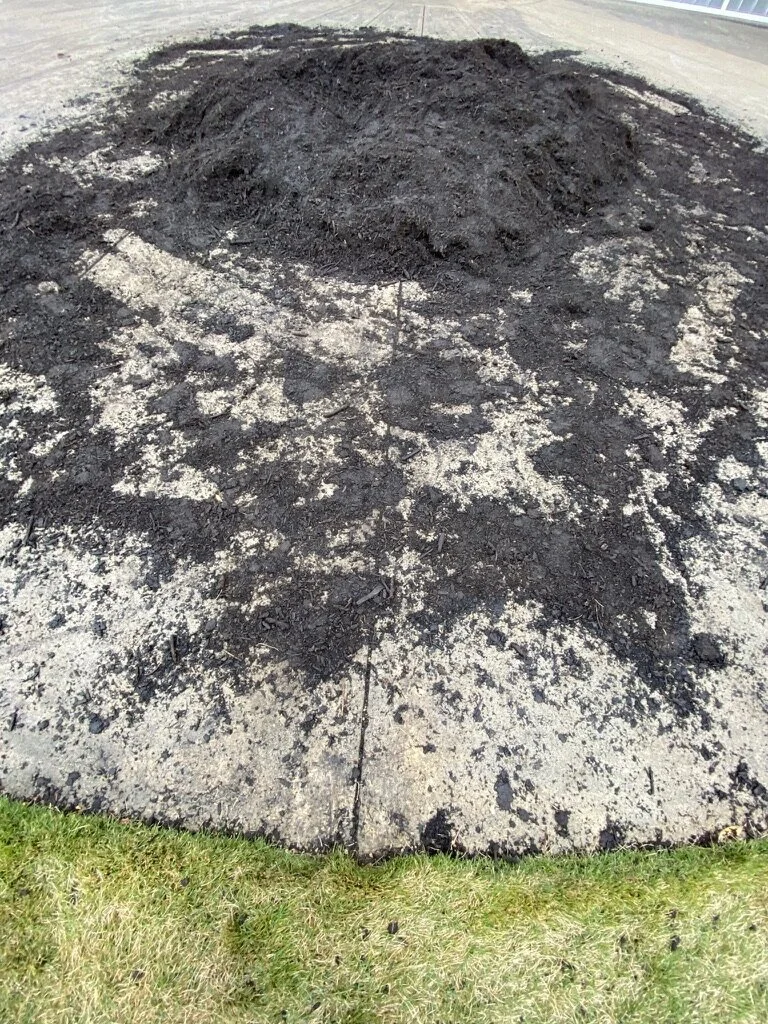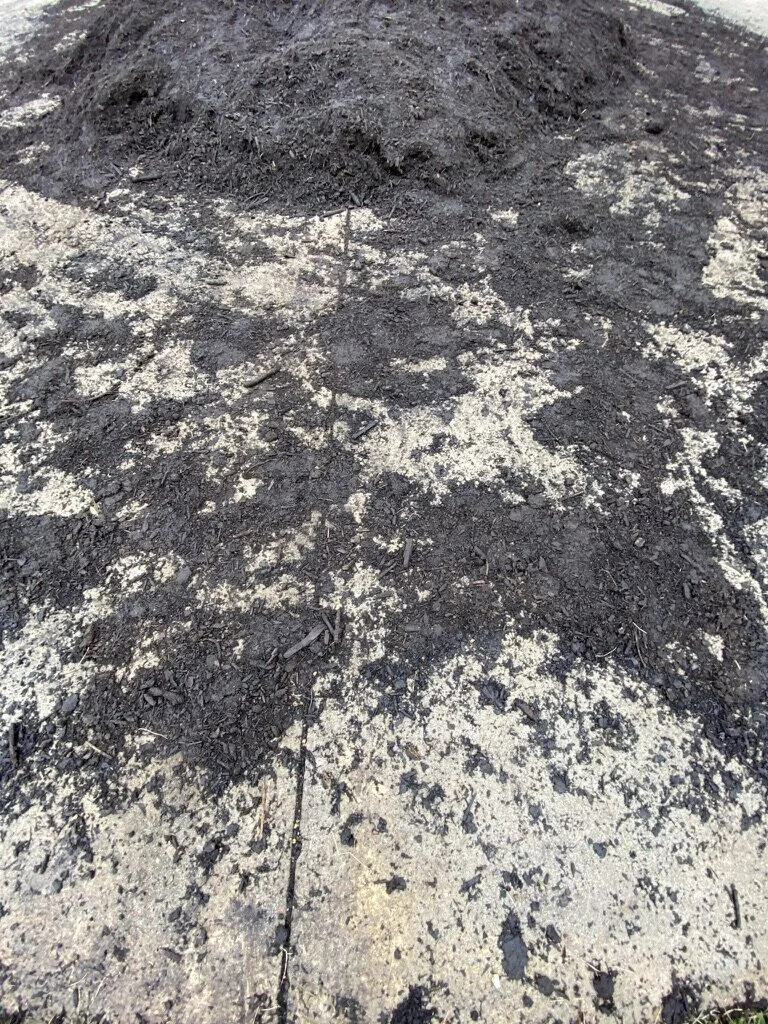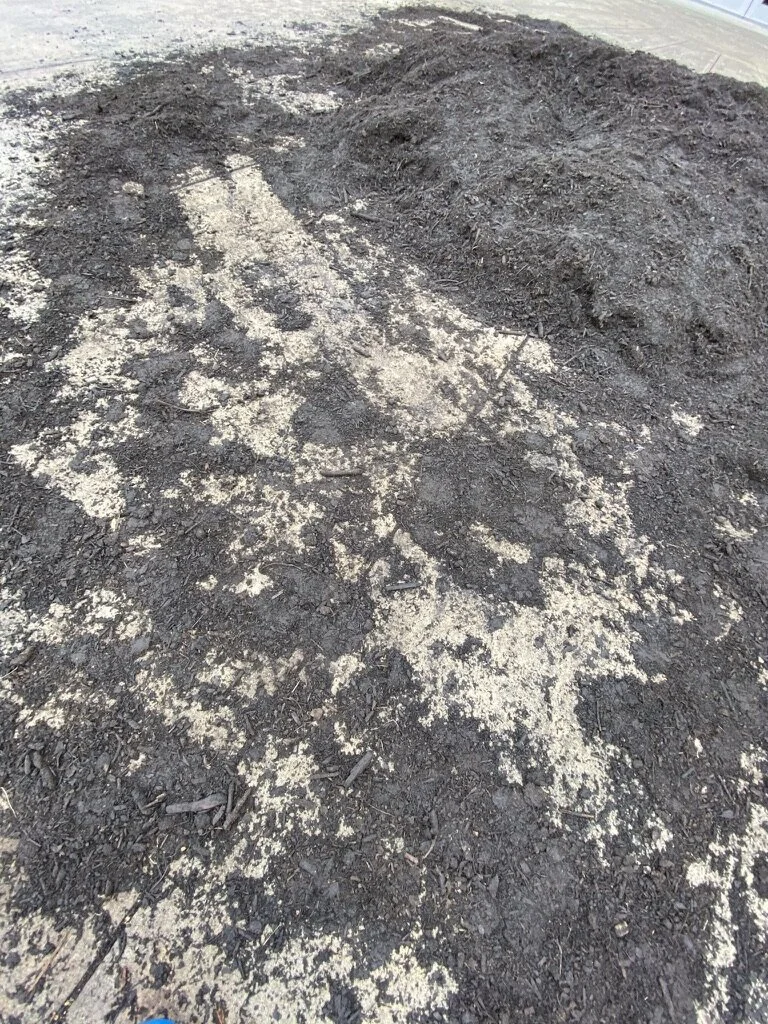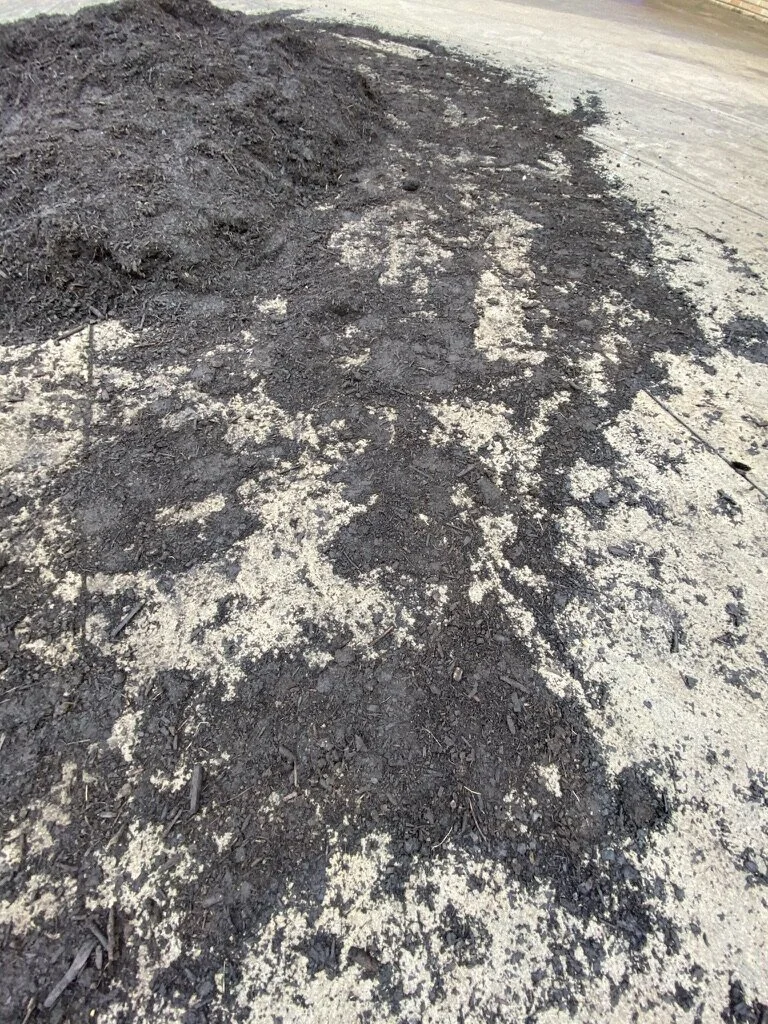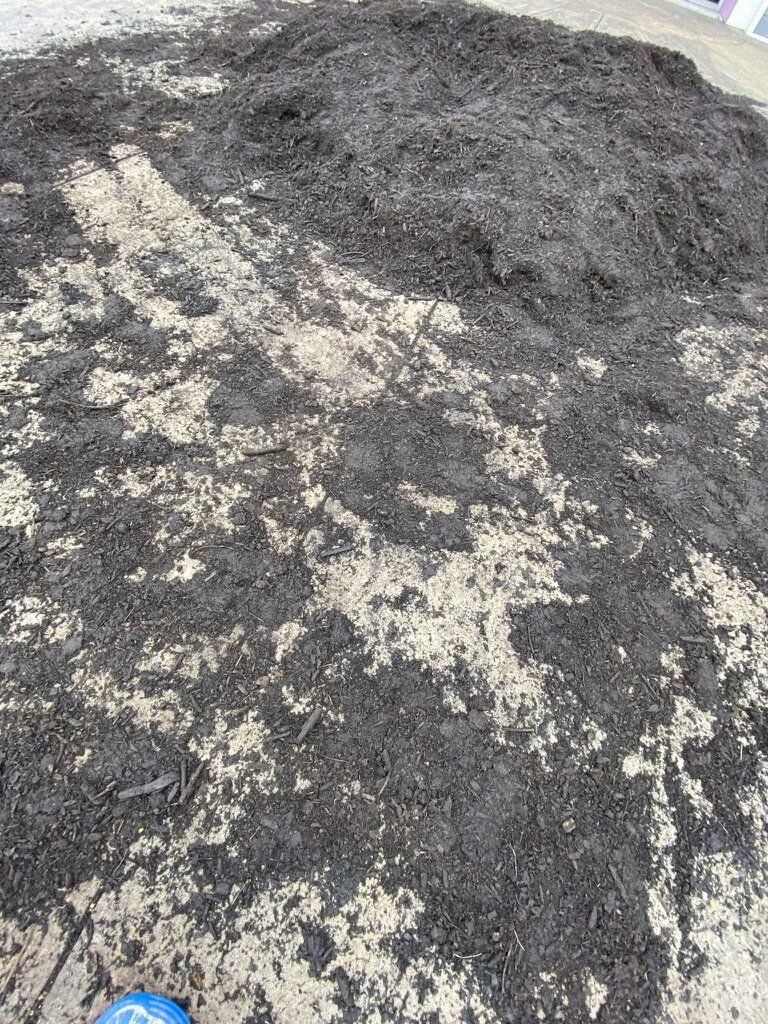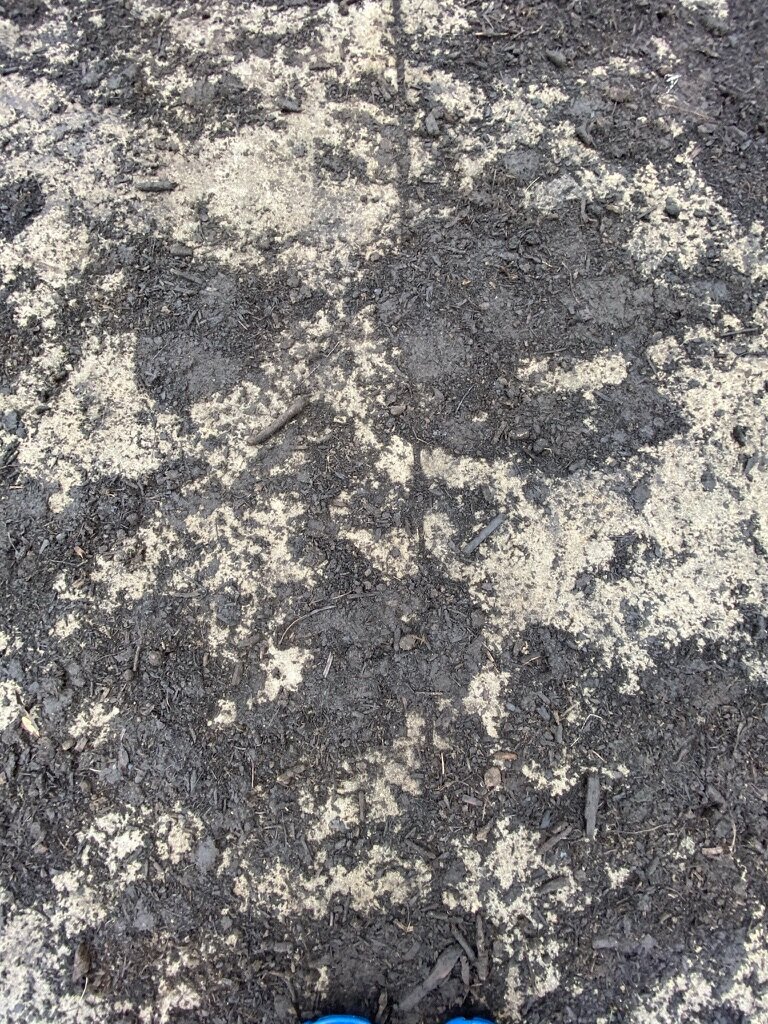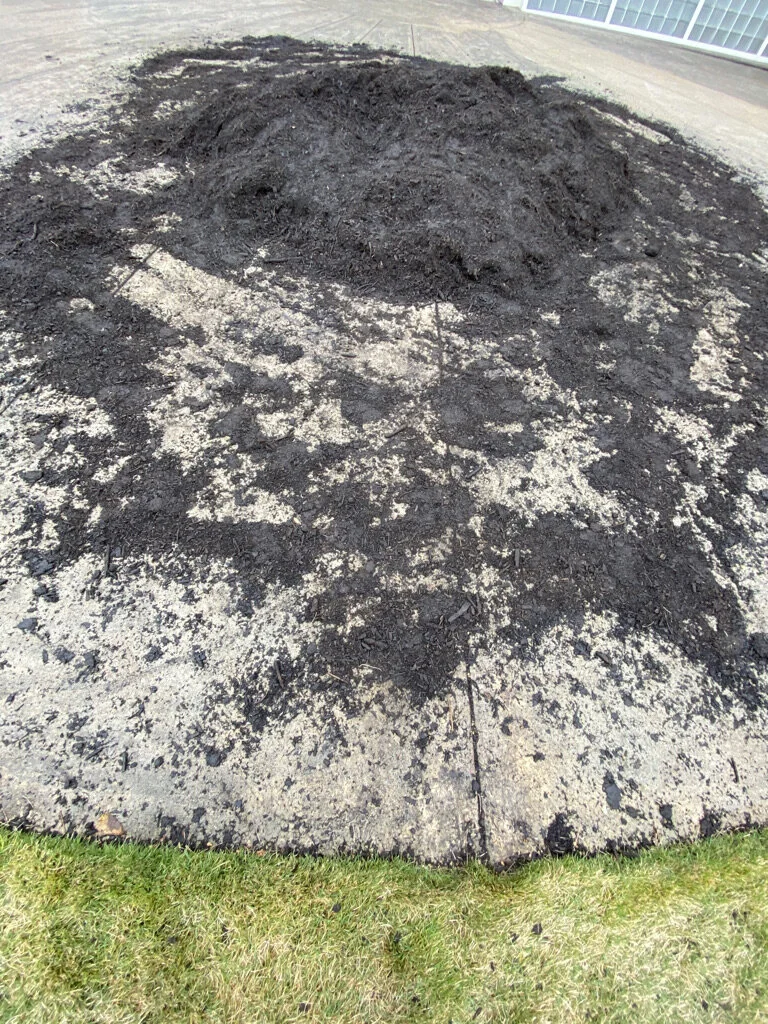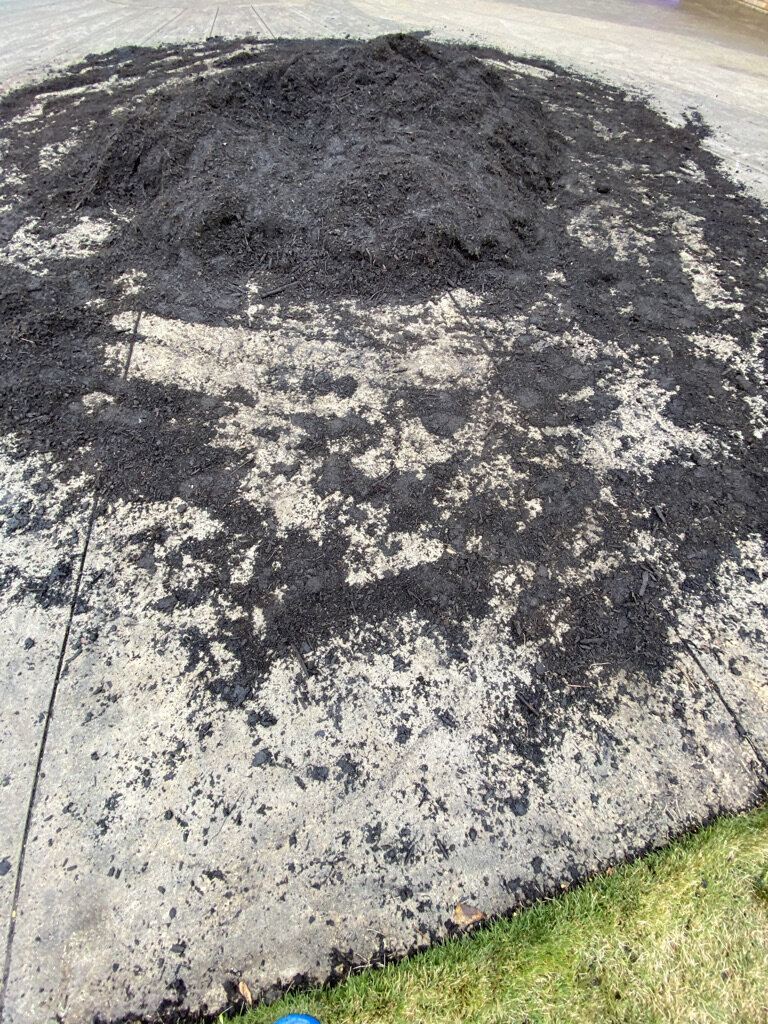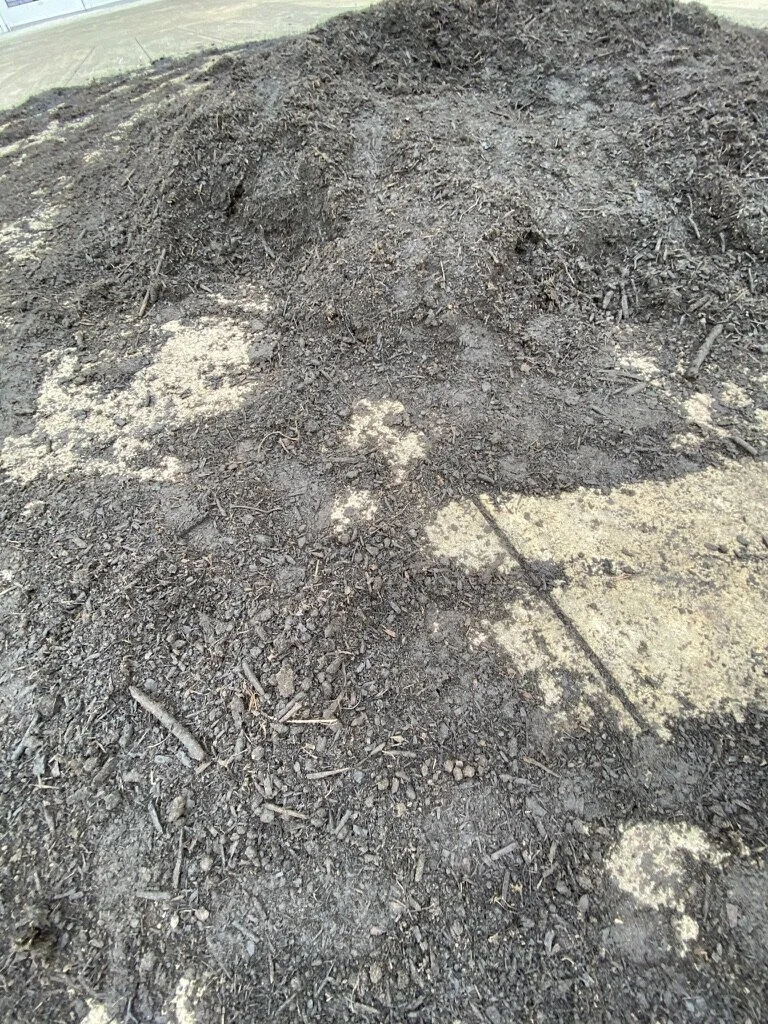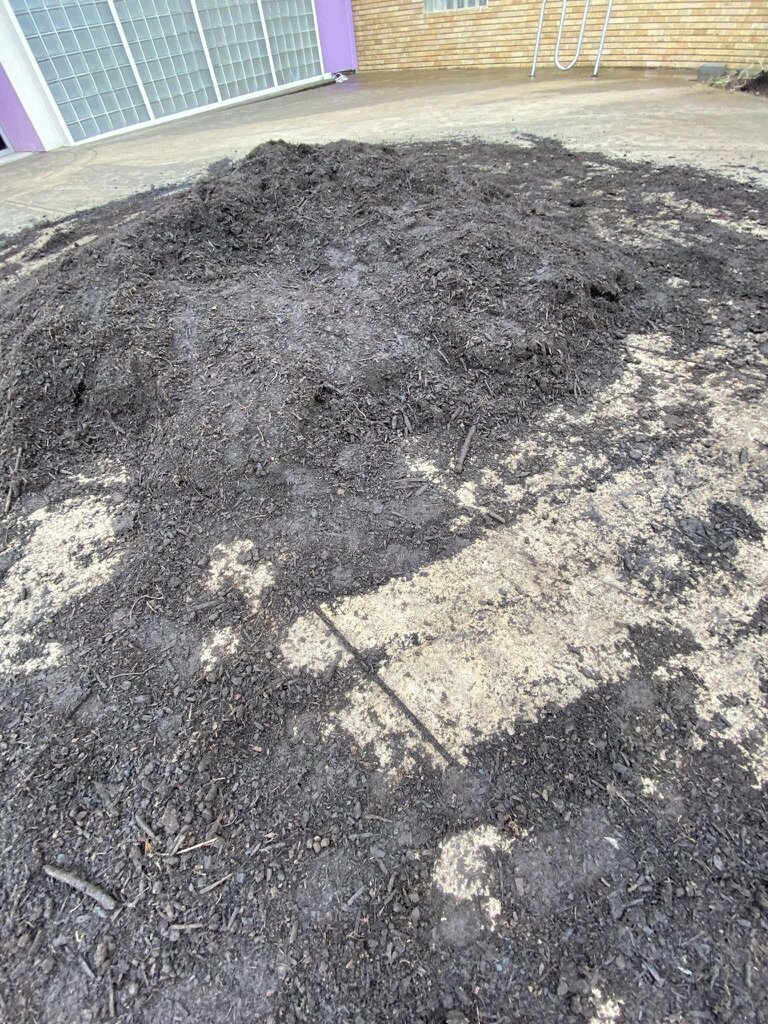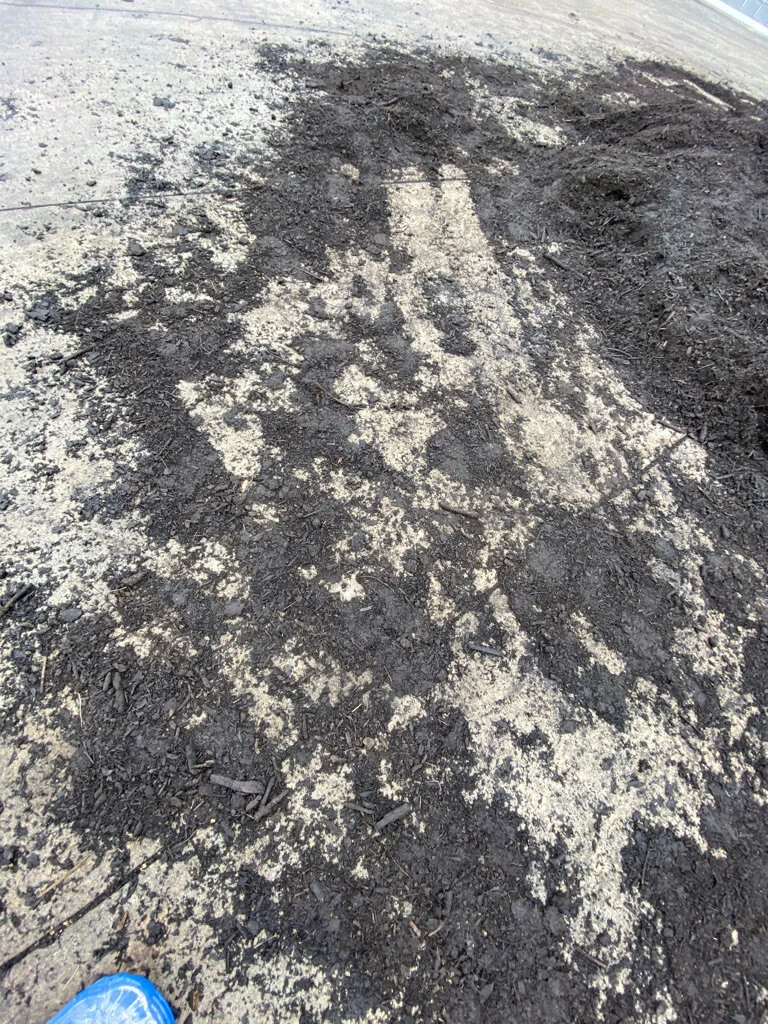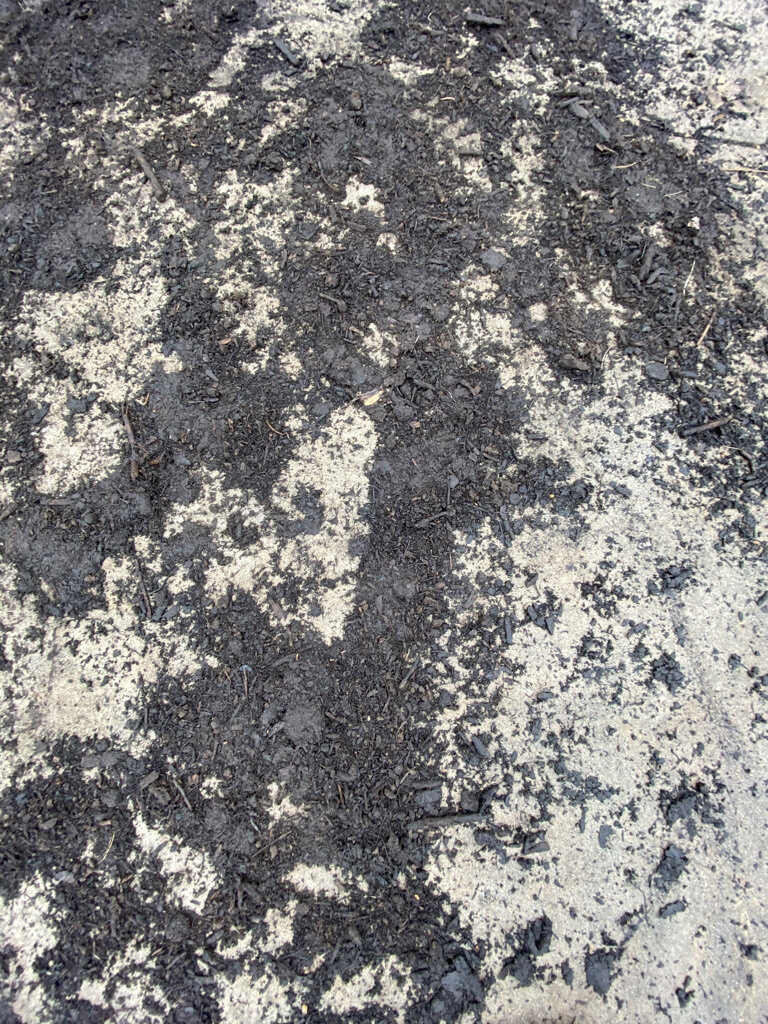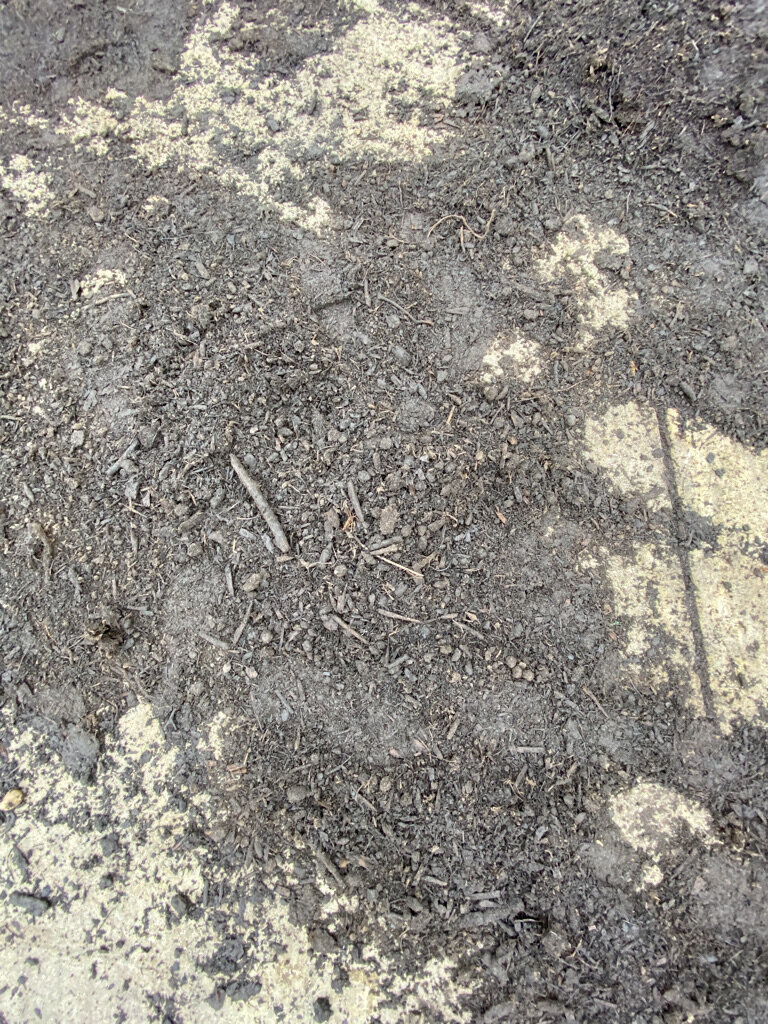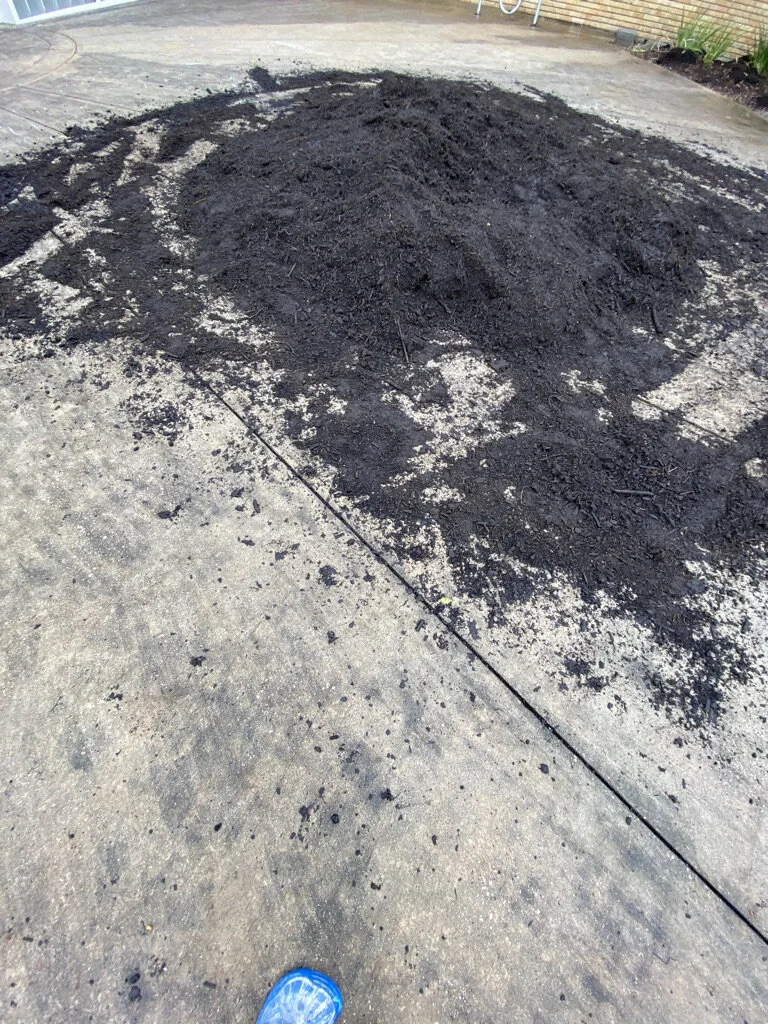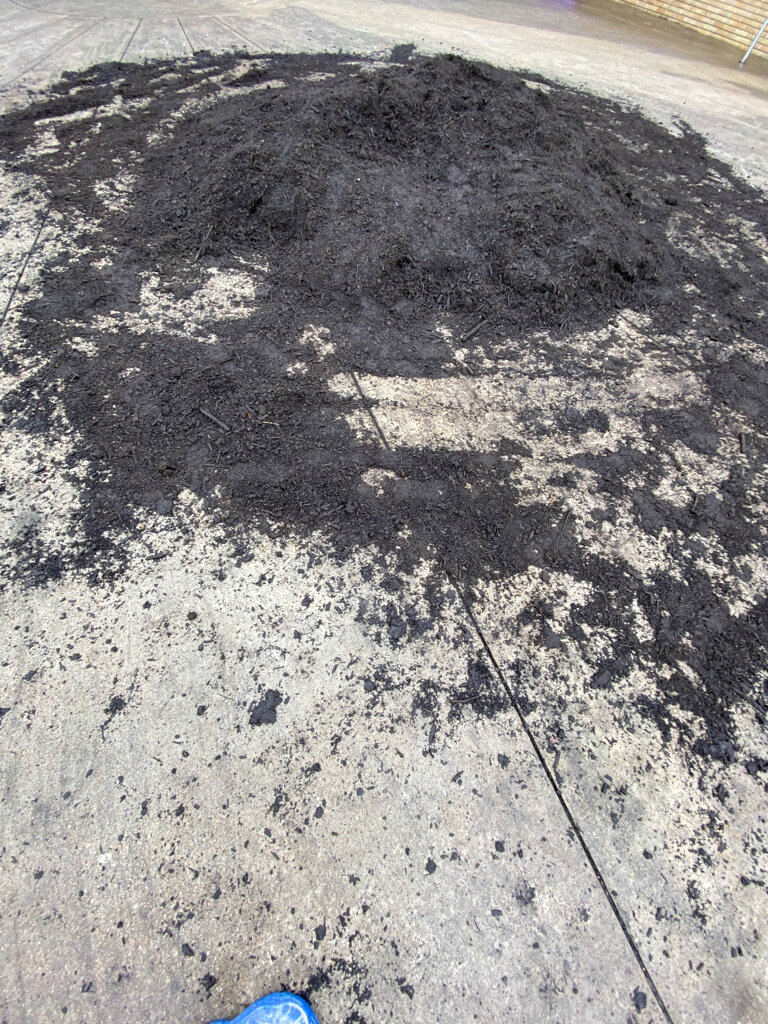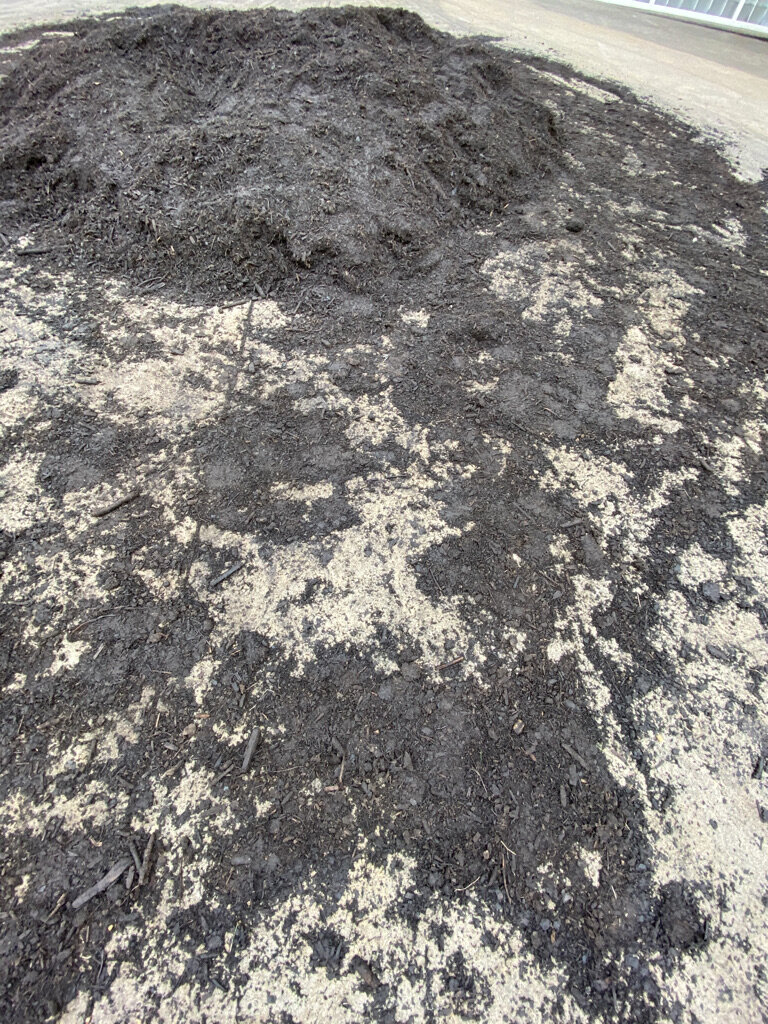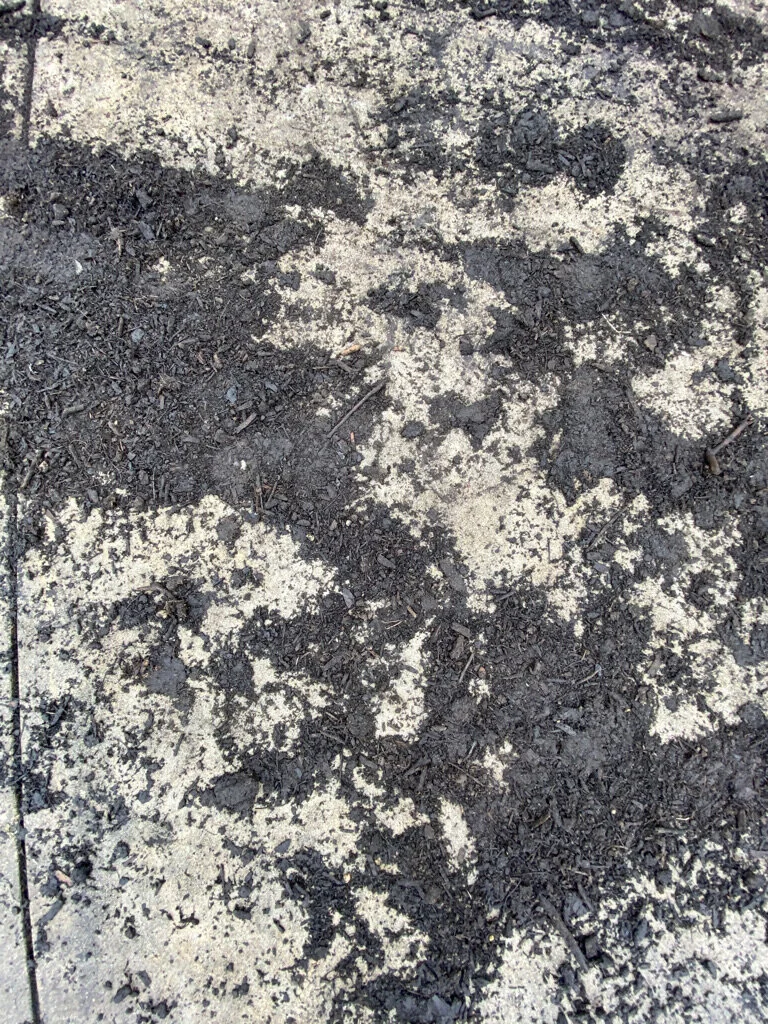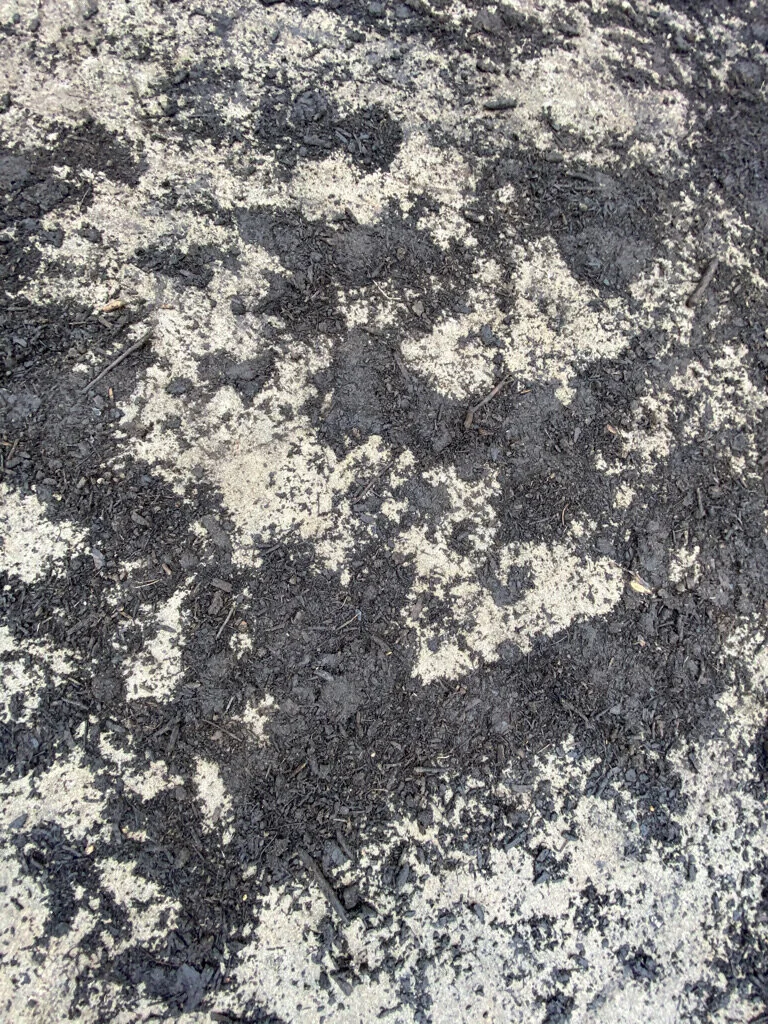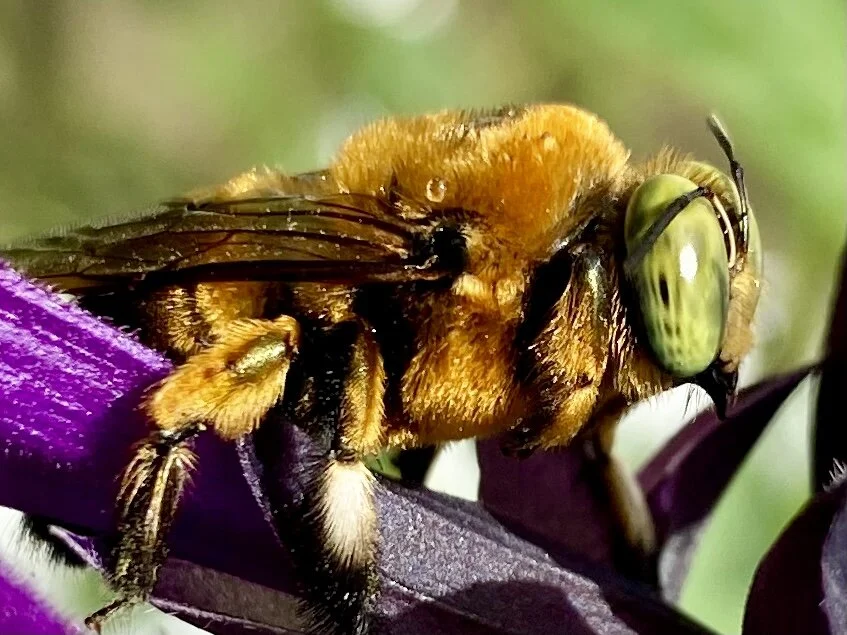SYMBIOSIS
a multi-year work in progress
53.5’ X 48’
found object, Lawndale Art Center sculpture garden, native plants, compost, and mulch
photo by Nash Baker
“We see nothing of these slow changes in progress, until the hand of time has marked the long lapse of ages.”
—Charles Darwin, Origin of the Species
As an artist, I am interested in the ways that sculpture and printmaking can incorporate time and movement. My work records endangered knowledge to the collective memory and reimagines urban landscapes to holistically balance the needs of humanity and wildlife.
In Symbiosis, I am stretching my practice and creating a living piece of site-specific social sculpture that will reimagine a 53.5’ X 48’ traditional urban landscape/sculpture garden and answer the question: how do we holistically restore an ecological balance in Houston? Symbiosis is a collaboration with Lawndale Art Center’s community, neighbors, urban wildlife, and the coastal prairies carbon cycle.
The Mary E. Bawden Sculpture Garden's terrain, with its manicured landscape functions as a living found object. In phases, I will implement holistic regenerative agriculture concepts with sculptural techniques of carving and assembling, utilizing ordinary tools to manipulate organic materials such as water, clay, and carbon in a manner that will absorb light and store carbon. Together, with partners from the Lawndale community, we will sculpt the surface into the textures, colors, and scents that attract and support Houston’s urban wildlife, inviting living organisms to return to the space. Symbiosis will be a living, breathing installation, that stores carbon and absorbs rain. As temperatures dip, Symbiosis will mark the slow changes in progress; a vibrant field of greens spiked with hues of blues, cones of purples, and splashed with rods of gold will fade into winter. The withering flora will be stored as carbon in the soil of life. Their roots will follow creating cavities and nourishment for subterranean citizens to dwell and micro underground storage facilities for future downpours. Spring showers will trickle from leaf to leaf and dribble into the expanding brown sponge of living organisms, refreshing the living. A rising eastern sun will drape the surface with silent bells and clusters of stars tinted pinks and reds, bringing birds and butterflies. The likes of bustling Bombus penslyvanicaus quivering among the stamen and the stigma will deliver summer’s bounty. Every season the patina will reflect a new light, transform energy, and attract a kinetic array of species that will stipple the installation with flutter and buzz. Time will be marked by the installation’s natural rhythms and carbon cycles: when the Carolina Wren’s whistles wake up the morning, when silver haired bats fly during a summer sunset, when the Eastern Screech owls search the dark as male Mockingbirds practice their solos at full moon. It will saunter to the rhythm on the migratory pathway of the Coastal Prairie ecosystem and set its stage for urban regional art exhibitions. In the city known for its diversity of people, the garden will become a space for the voices of contemporary imaginations to sing with their natural history and influence its cultural and ecological future.
As the hand of time marks the long lapse of ages we will reconnect with the unique local landscapes that define and support Houston, Texas.
Climate Change is the DIY responsibility of all humans.
BLOG POST BY SUBJECT
Symbiosis Celebration — Social Sculpture — economic, mineral, water, microbial, energy, consumption systems.
CARBONsink — Turning turf grass into a CARBONsink 5/2023
The Water Cycles — The truth about climate Change.
DIY- My Steps and the Six Principles of Holistic Regenerative Agriculture 6/29/21
Land Art vs. Living Sculpture 6/1/2022
SOCIALsculpture — How to See Houston 6/29/21
My Collaborators — the tools of a living sculpture— Caterpillars 7/20/21
The Symmetry of Weeds, Ecosystem Services and Art Activism 8/02/21
The First Installation— Immersion Art 2/08/21
Crepe Myrtles—Extractive Sculpturing and Holistic Art 1/29/21
Yard Clippings 1/27/21
The best of the past and a new future 1/19/21
The art of Research 1/09/21
Milkweed and Monarchs 1/03/21
The beauty of a leaf runs deep 1/02/21
Microbiota and health of both dogs and their owners 12/22/20
Bushy Blue Stem 12/21/20
Grassland VS Trees 12/19/20
Planet Instruction Manual 12/17/2020
Houston is perfect for Saving the bee 12/12/2020
Building Soil Life 12/11/20
Additional information and reading
- How Non-Native Plants are Contributing to Global Insect Decline
- Roundup herbicides, with glyphosate used in urban settings impacts Earhtworms ability to provide
- Contain Multitudes, The Microbes Within Us and A Grander View of Life, By Ed Young
- Dirt: The Erosion of Civilizations, by David R. Montgomery
- Allan Savory on how to fight desertification and reverse climate change
- Soil as Carbon Storehouse: New Weapon in Climate Fight? - Yale E360
- Soil Biology and Land Management
- How shocking events can spark positive change, Naomi Klein, Ted Talks Daily, July 28,2020
Read more



